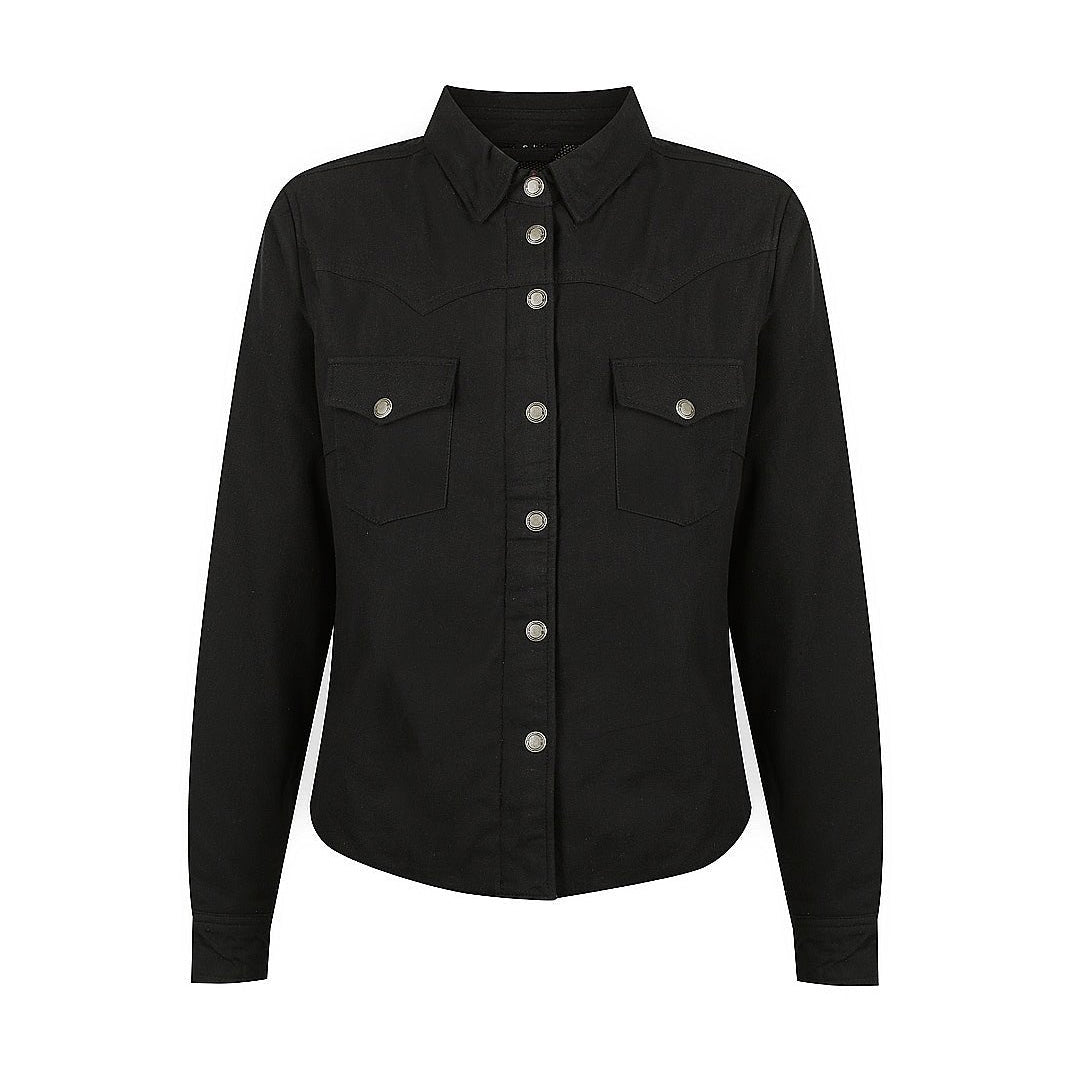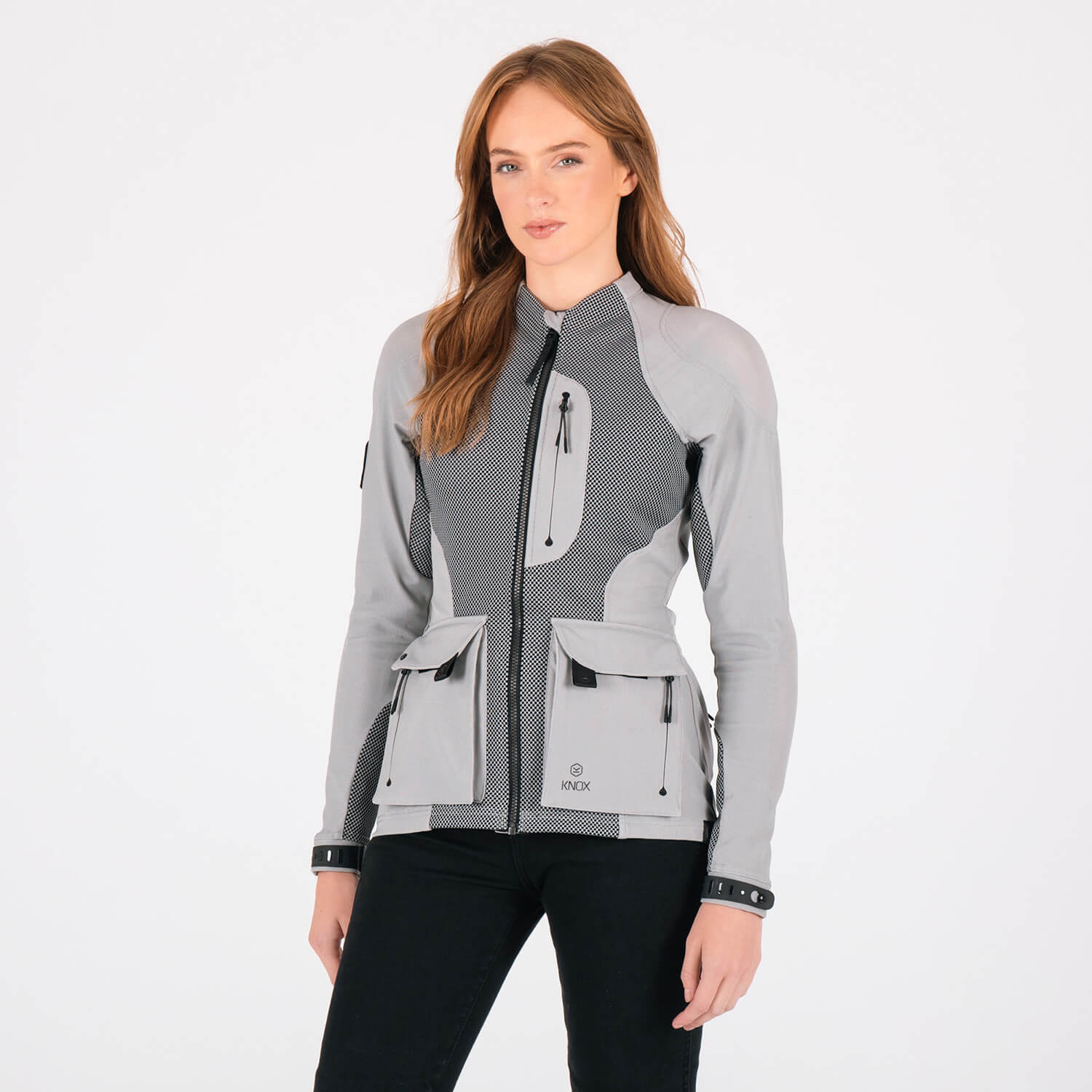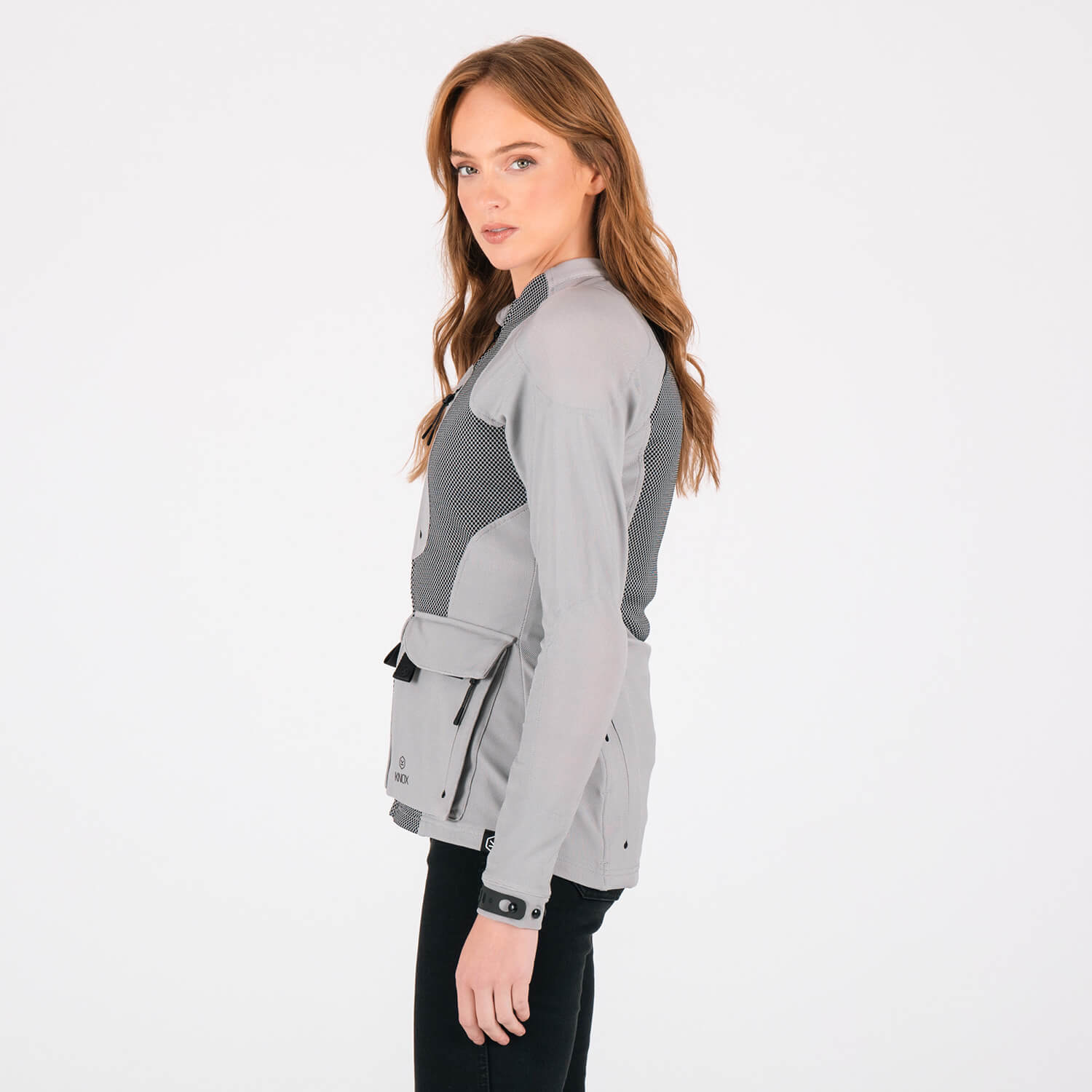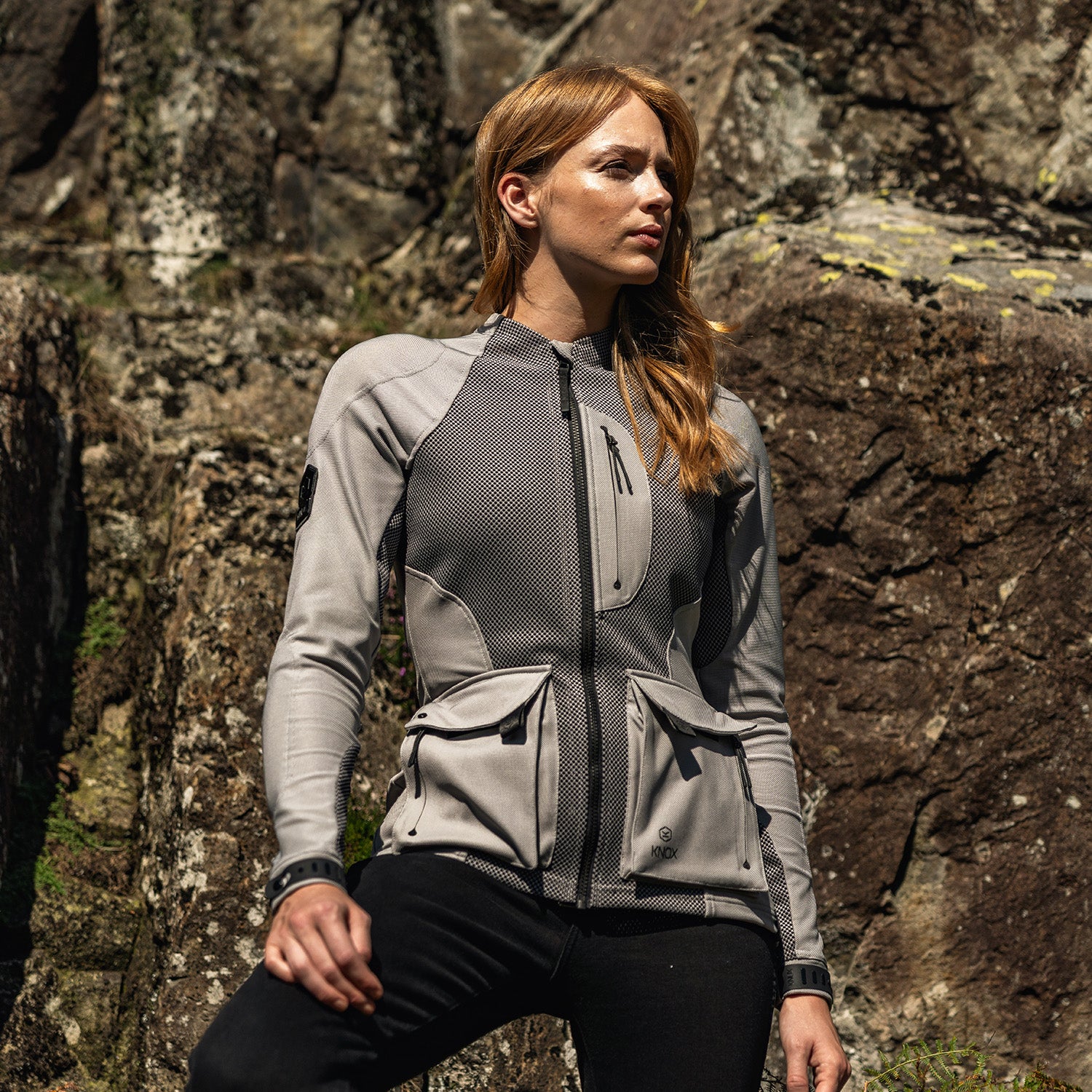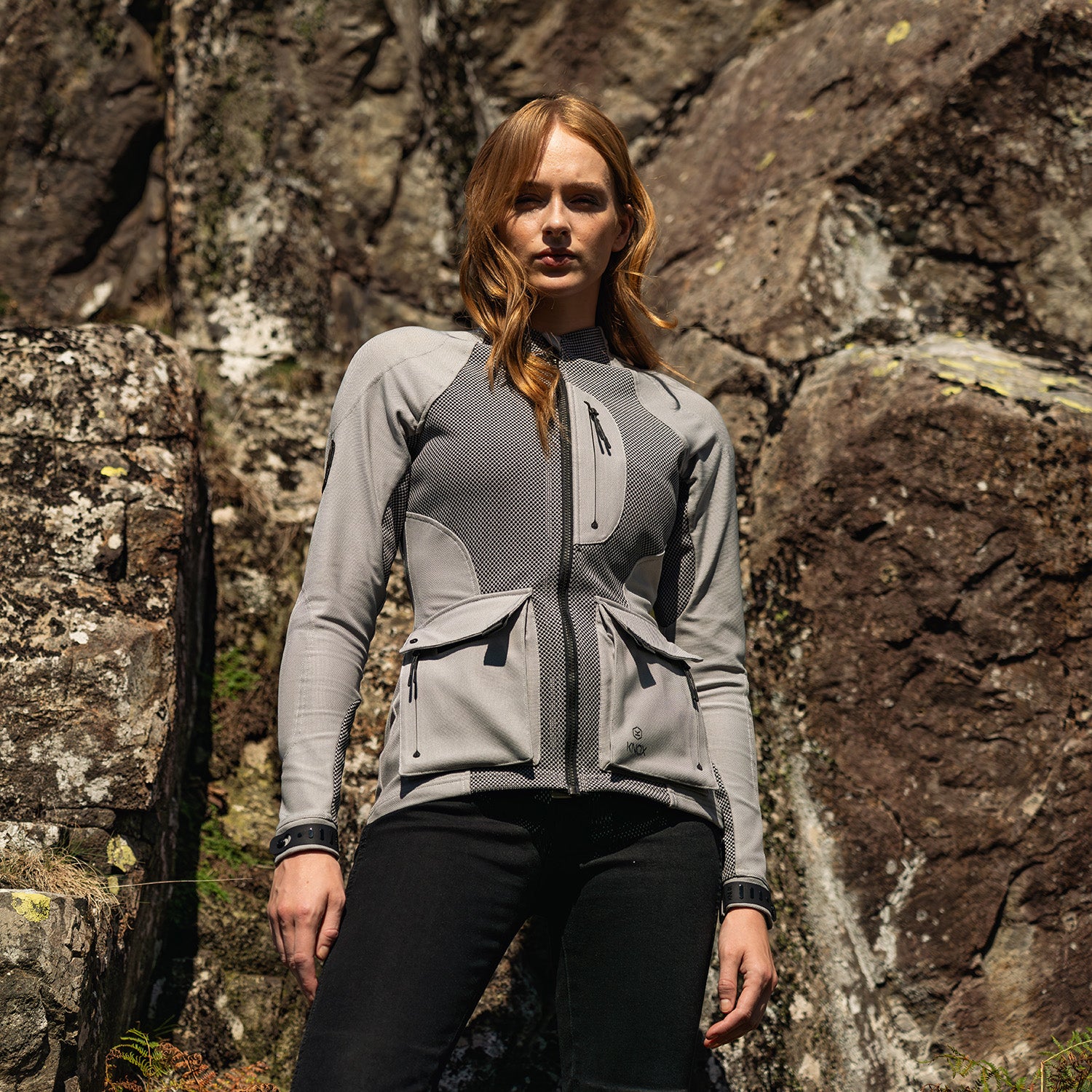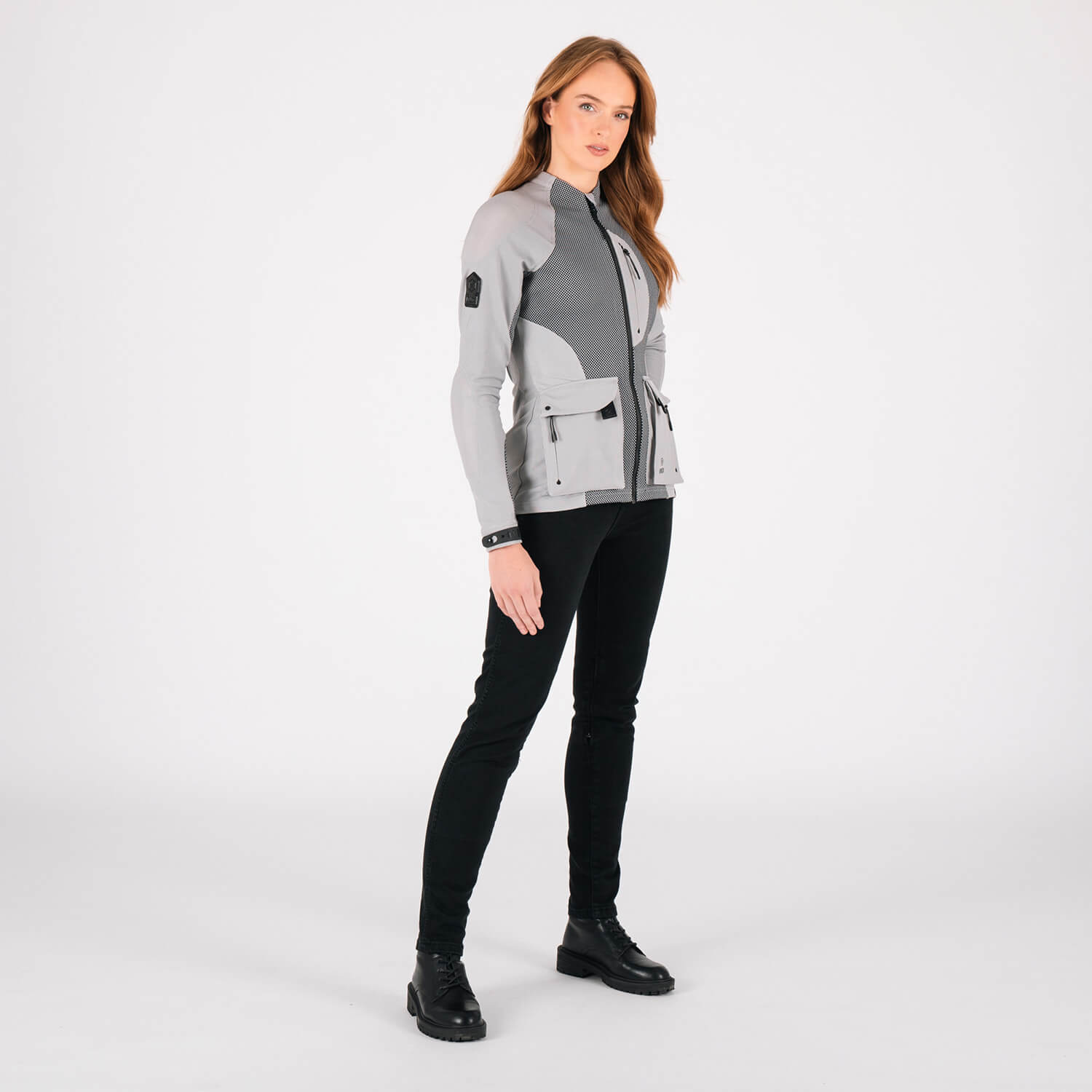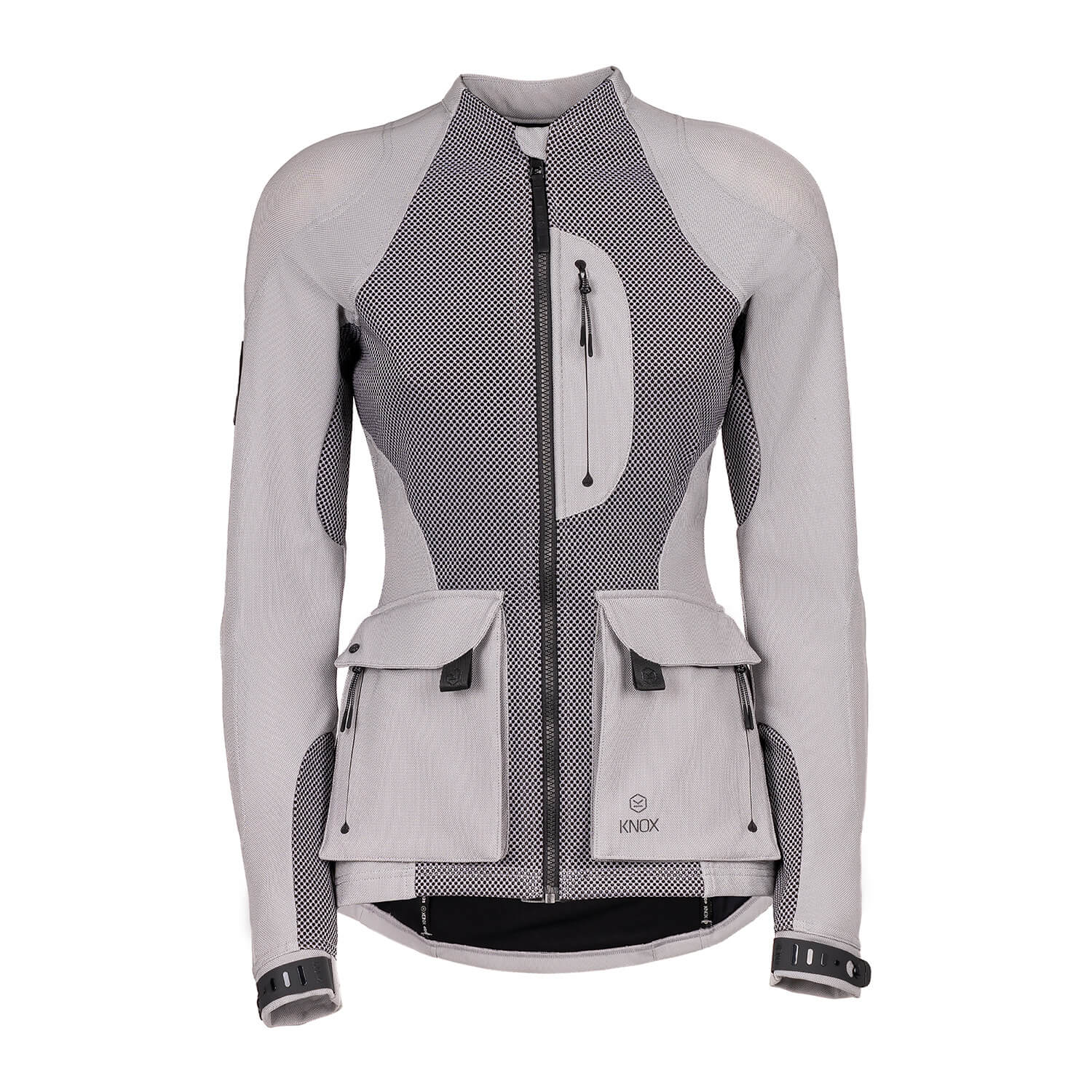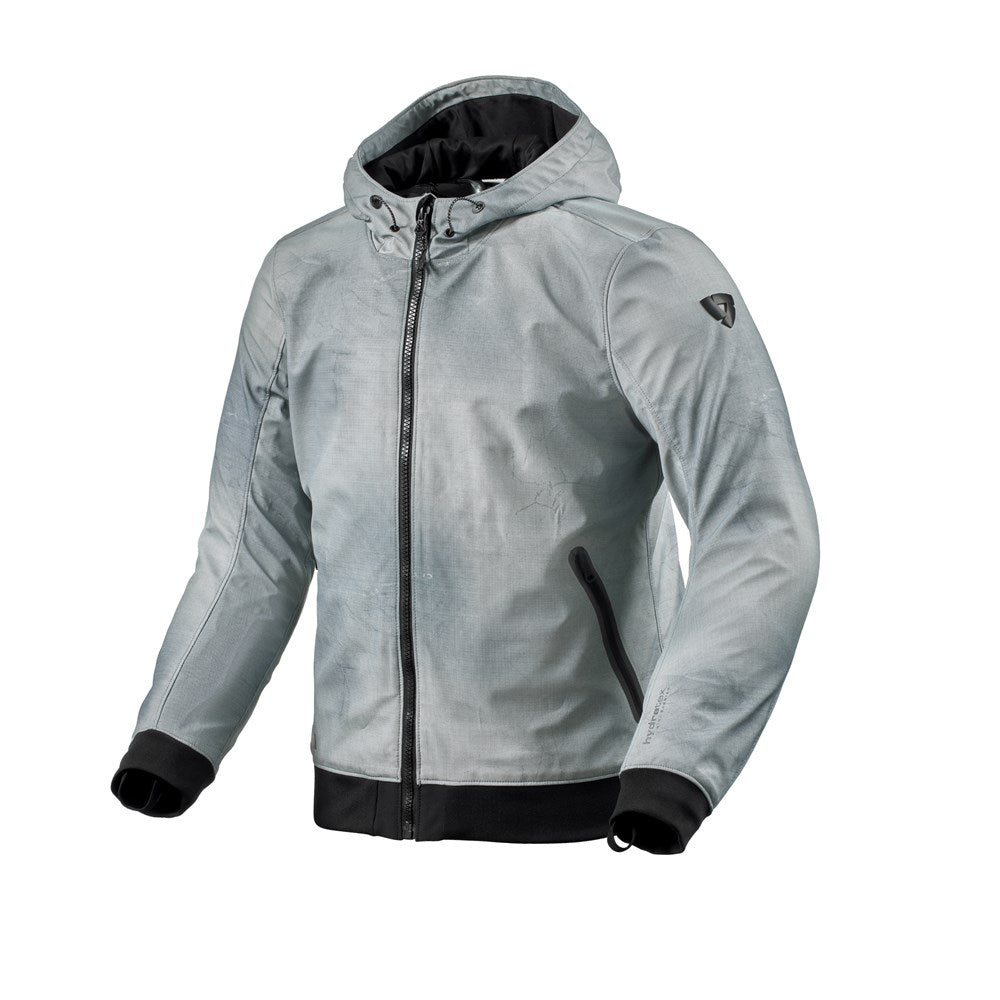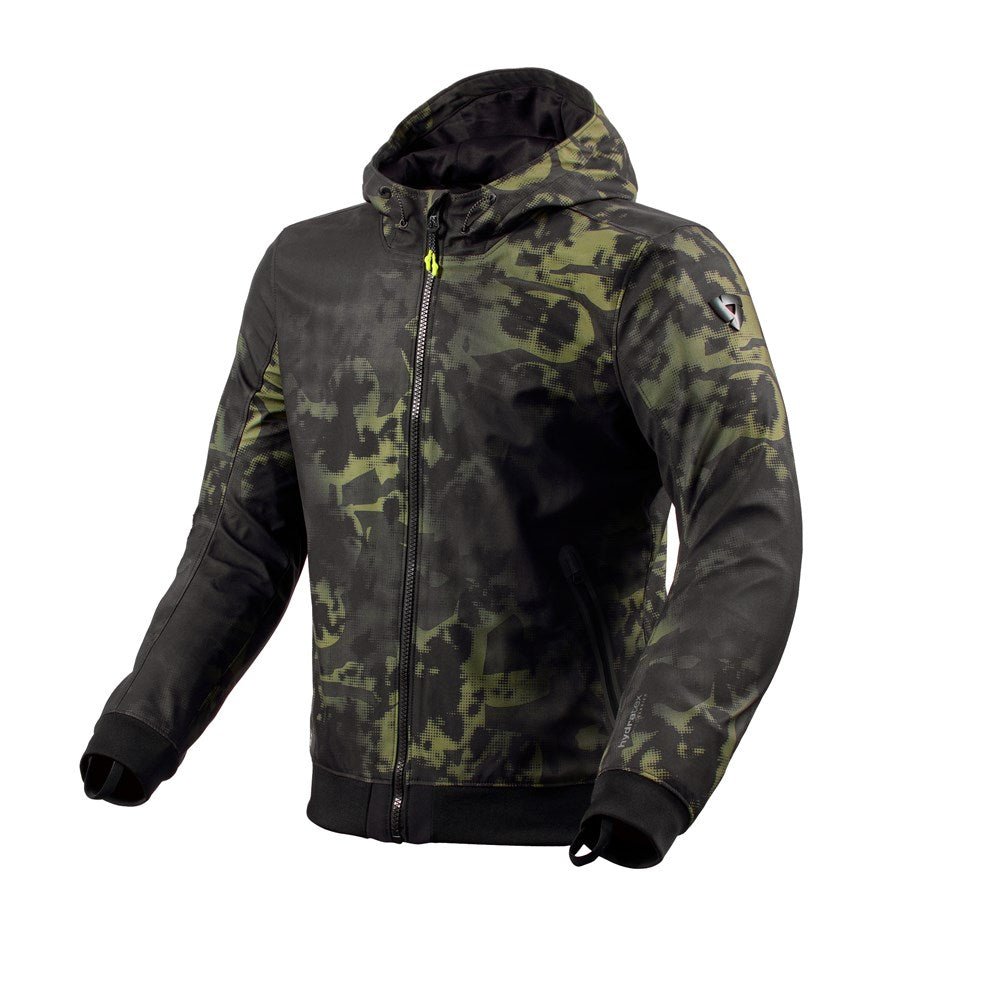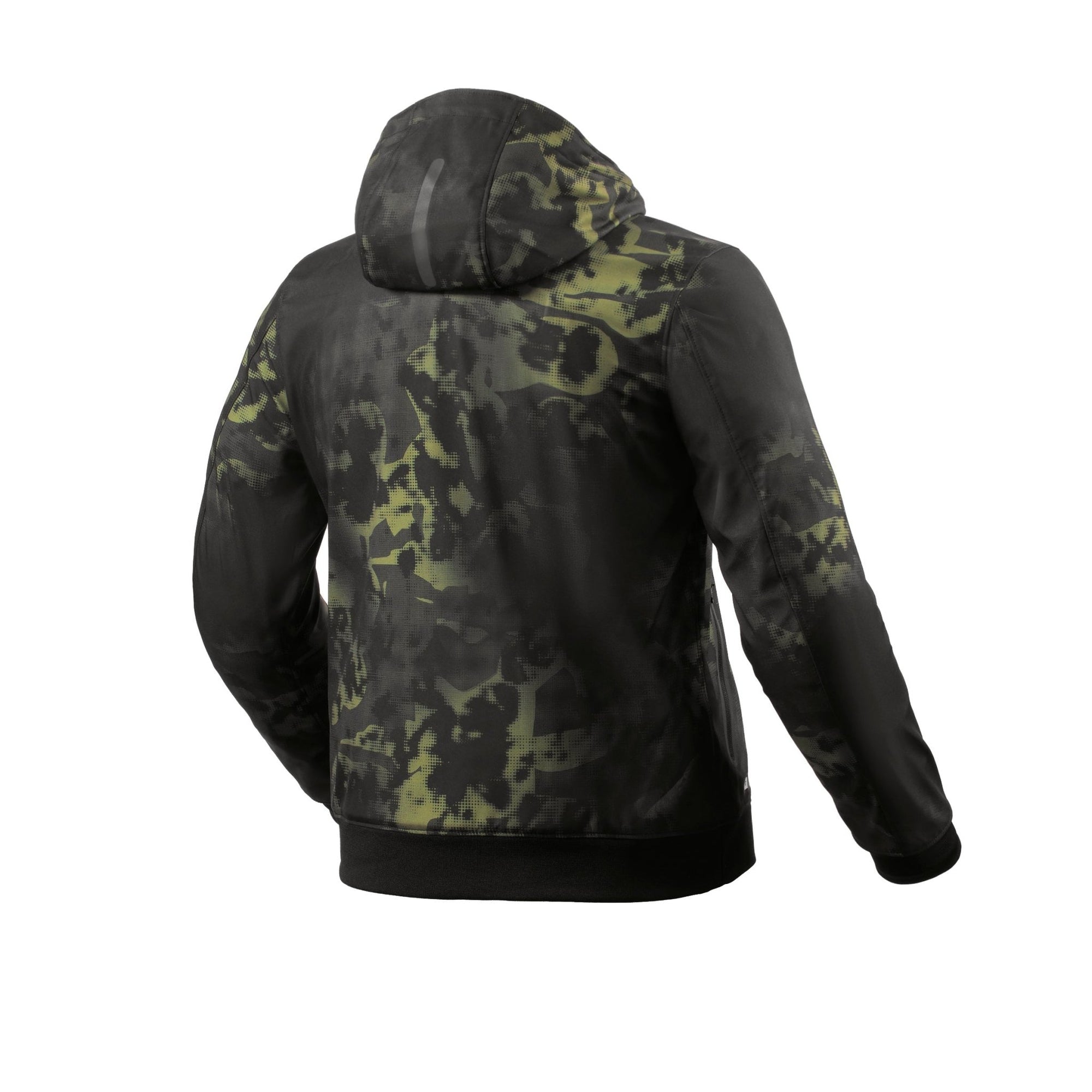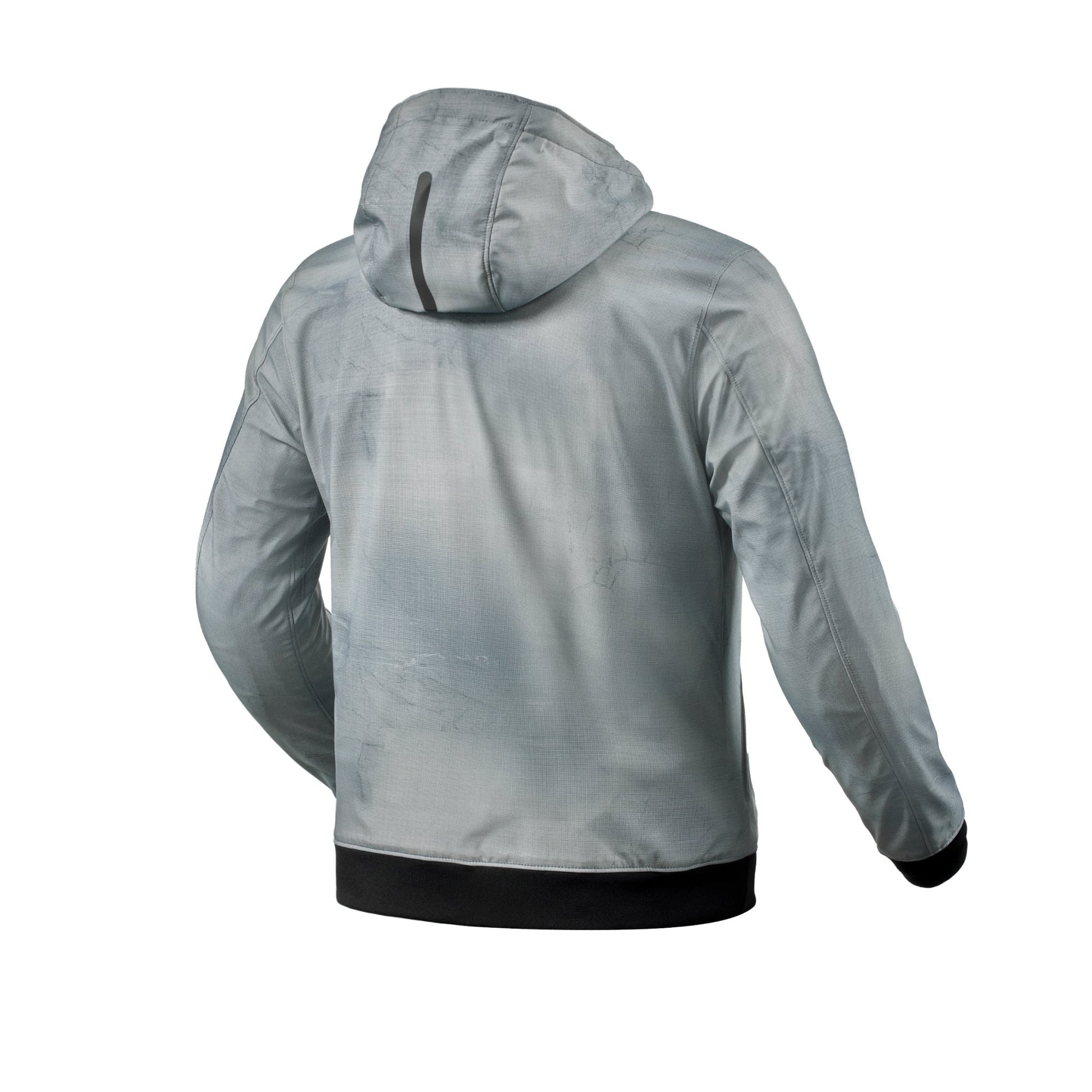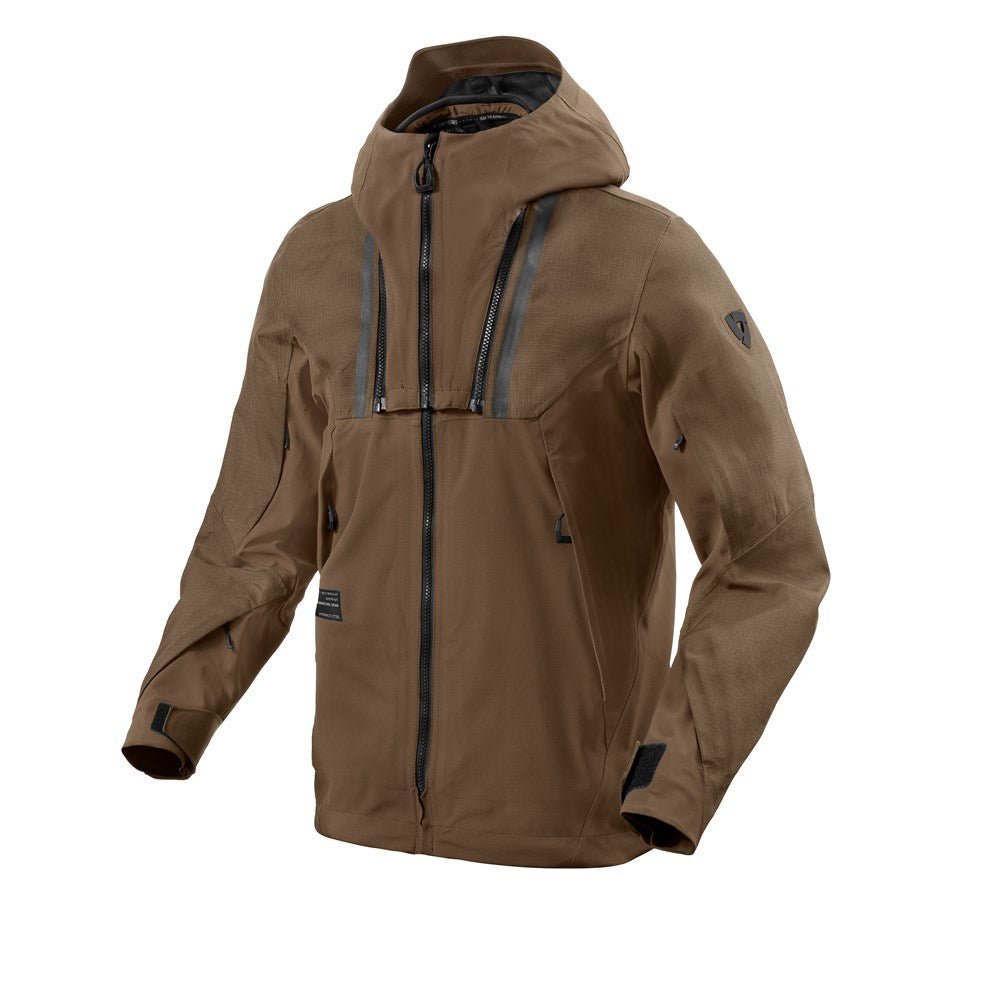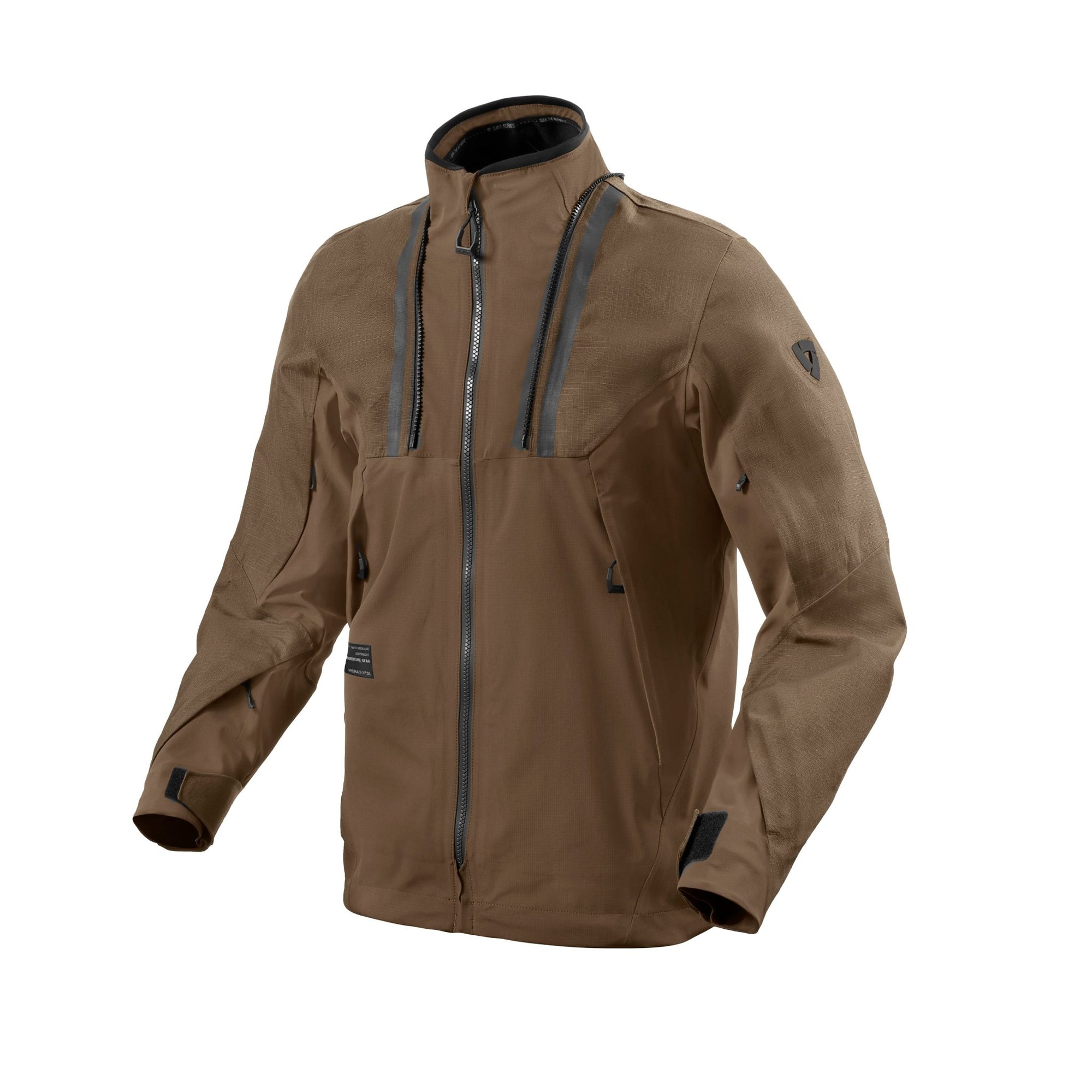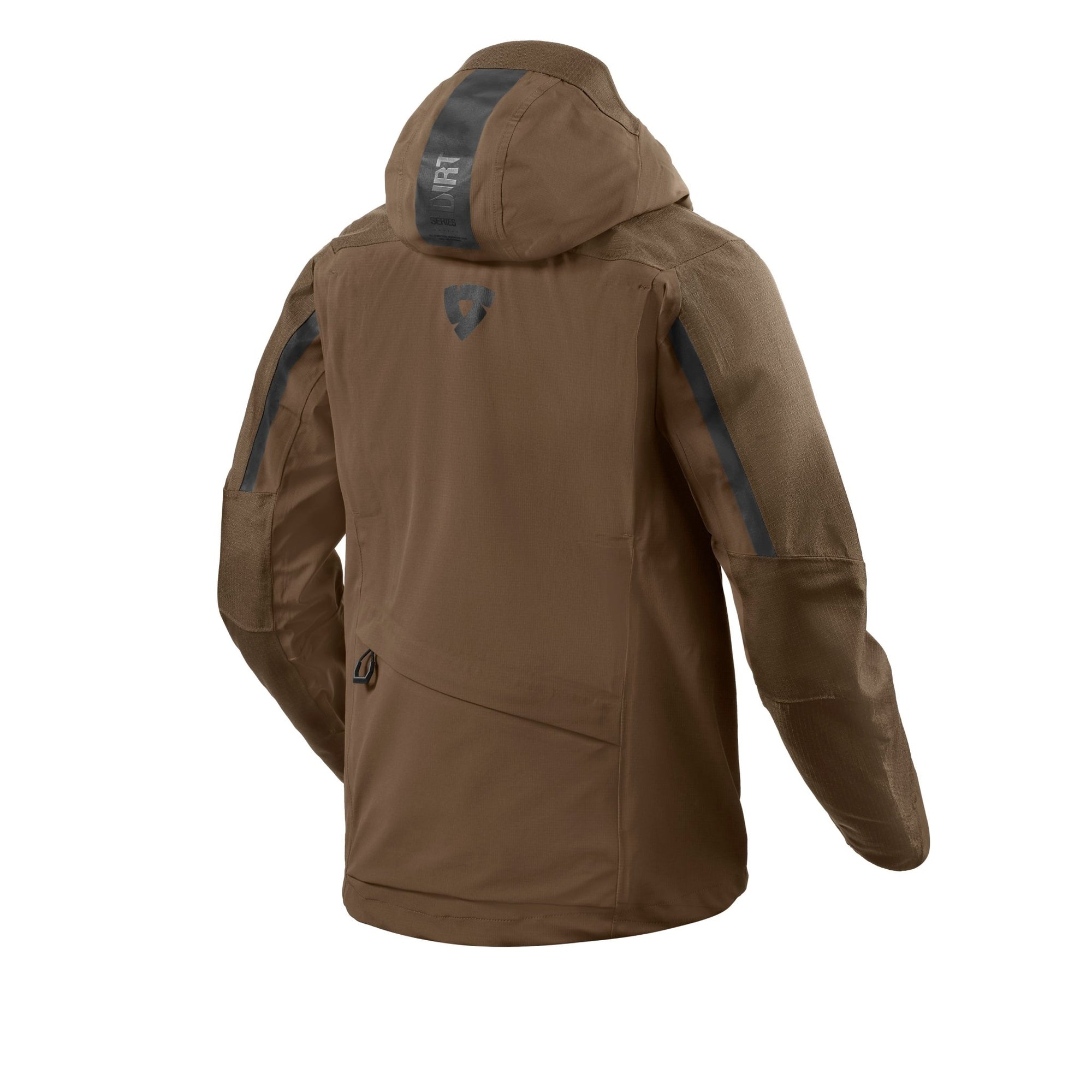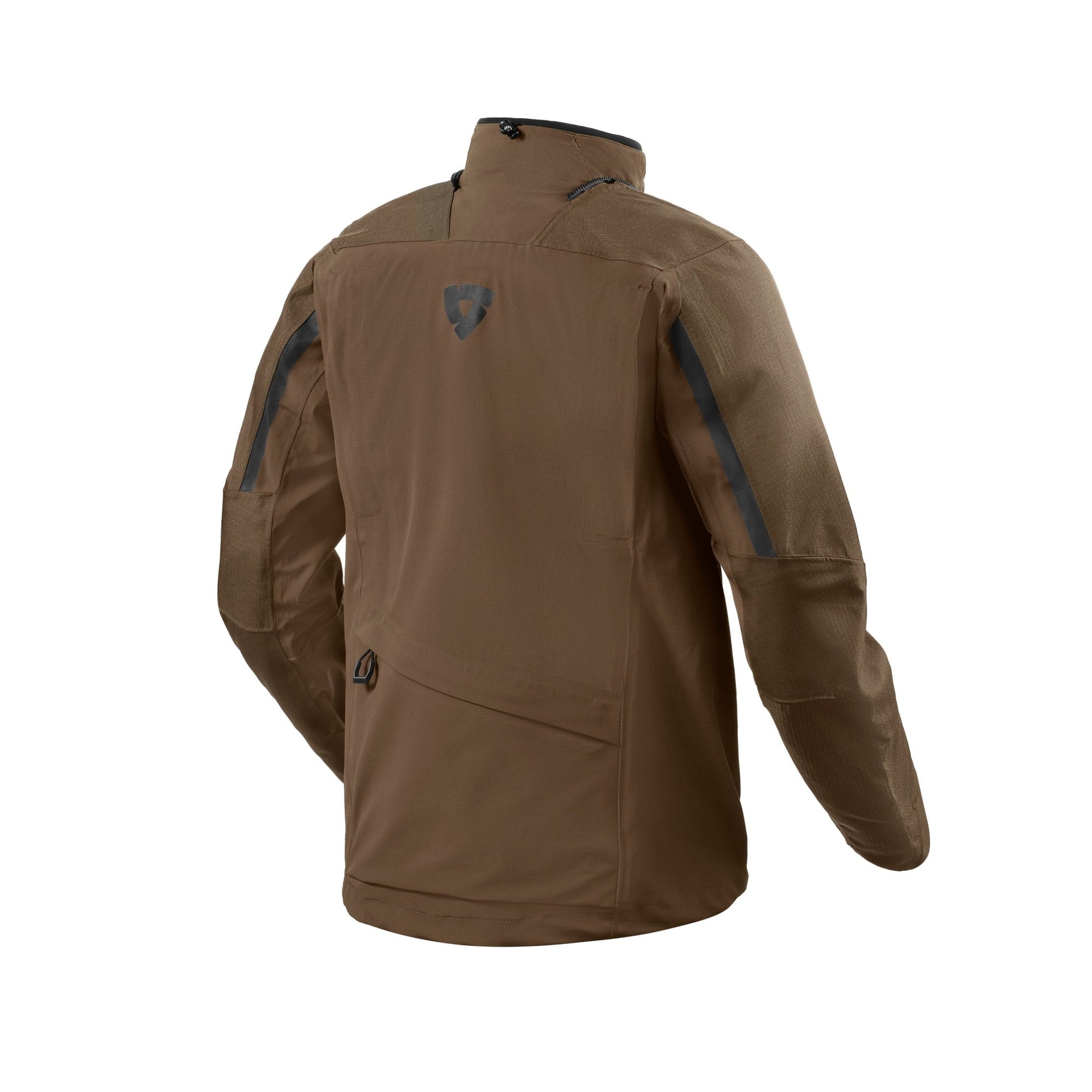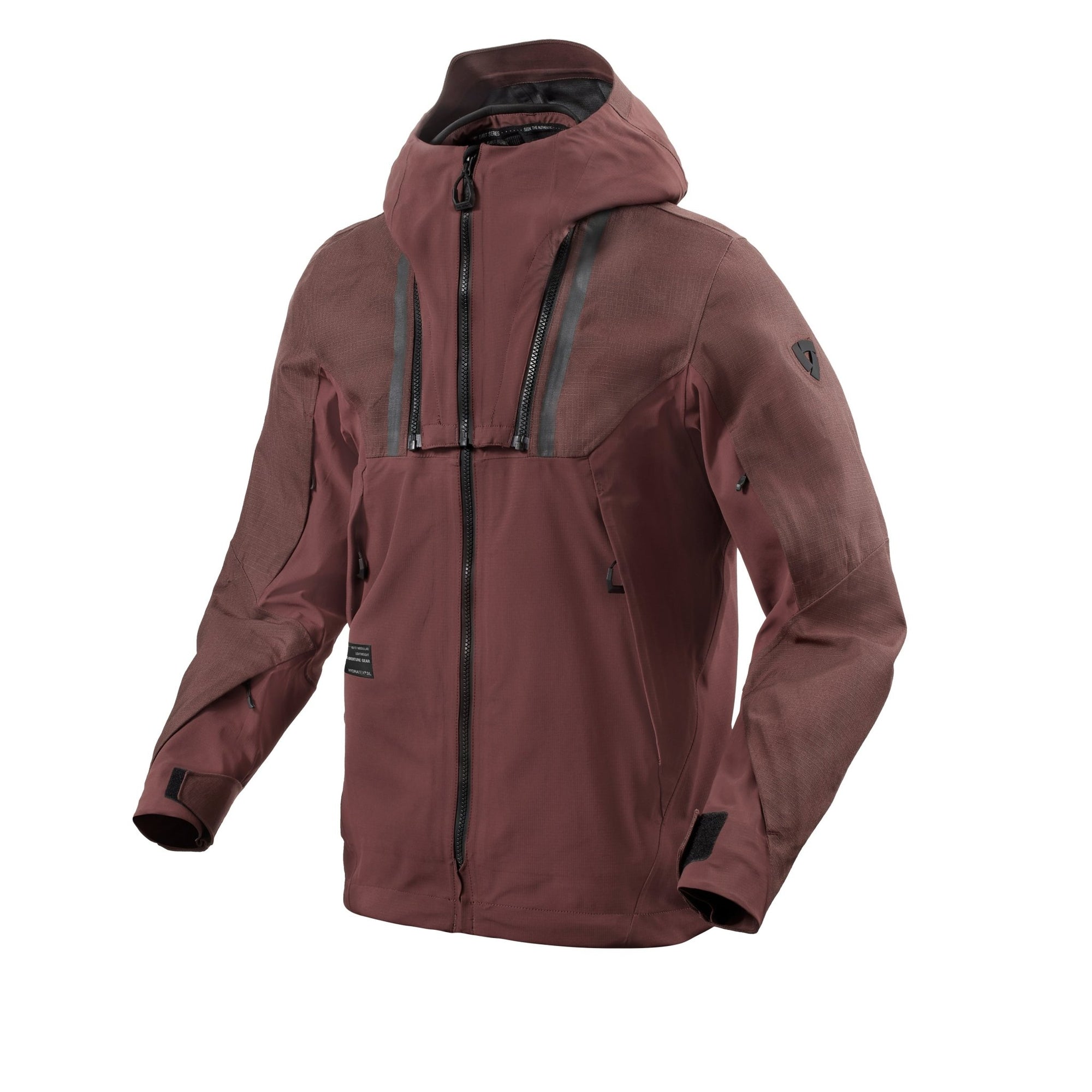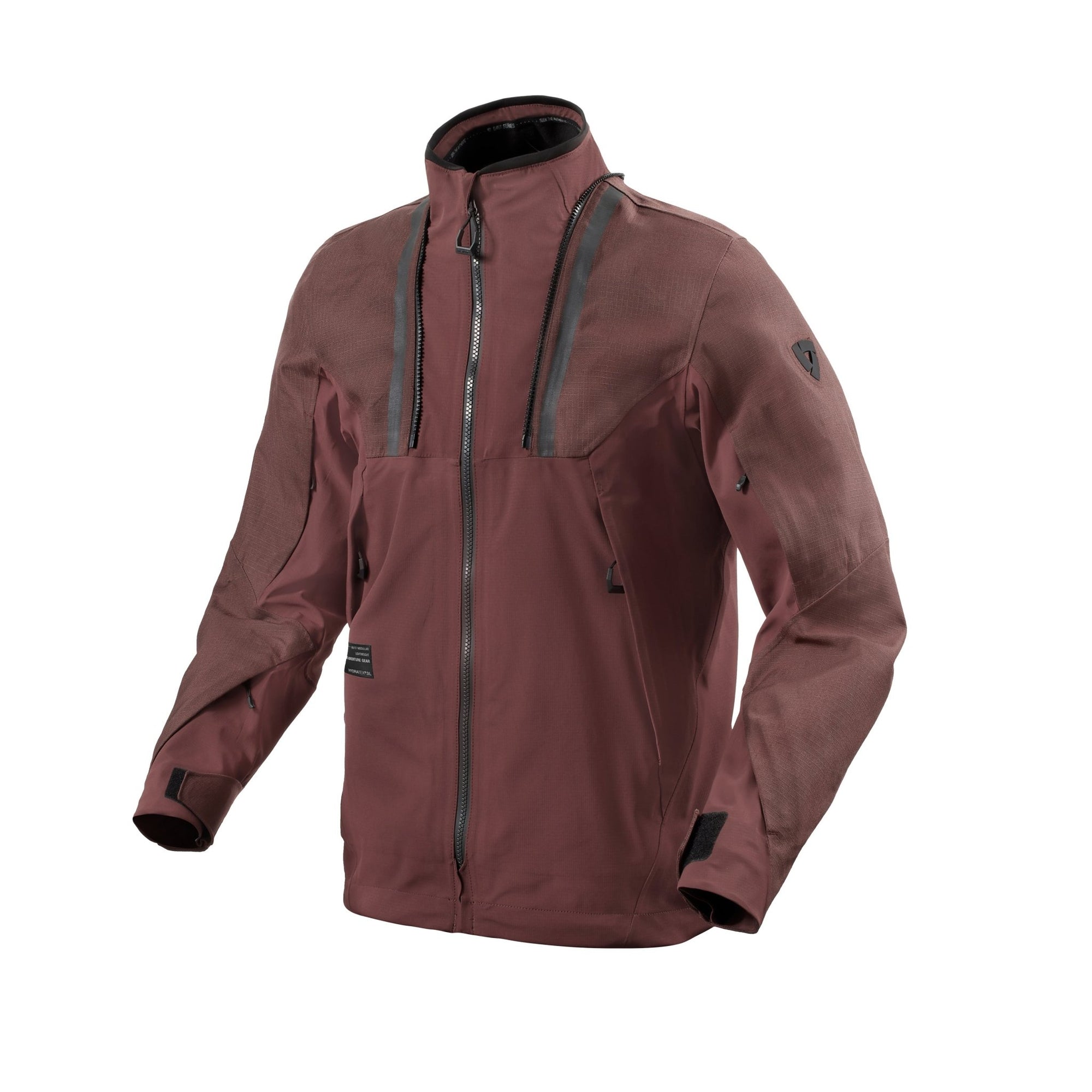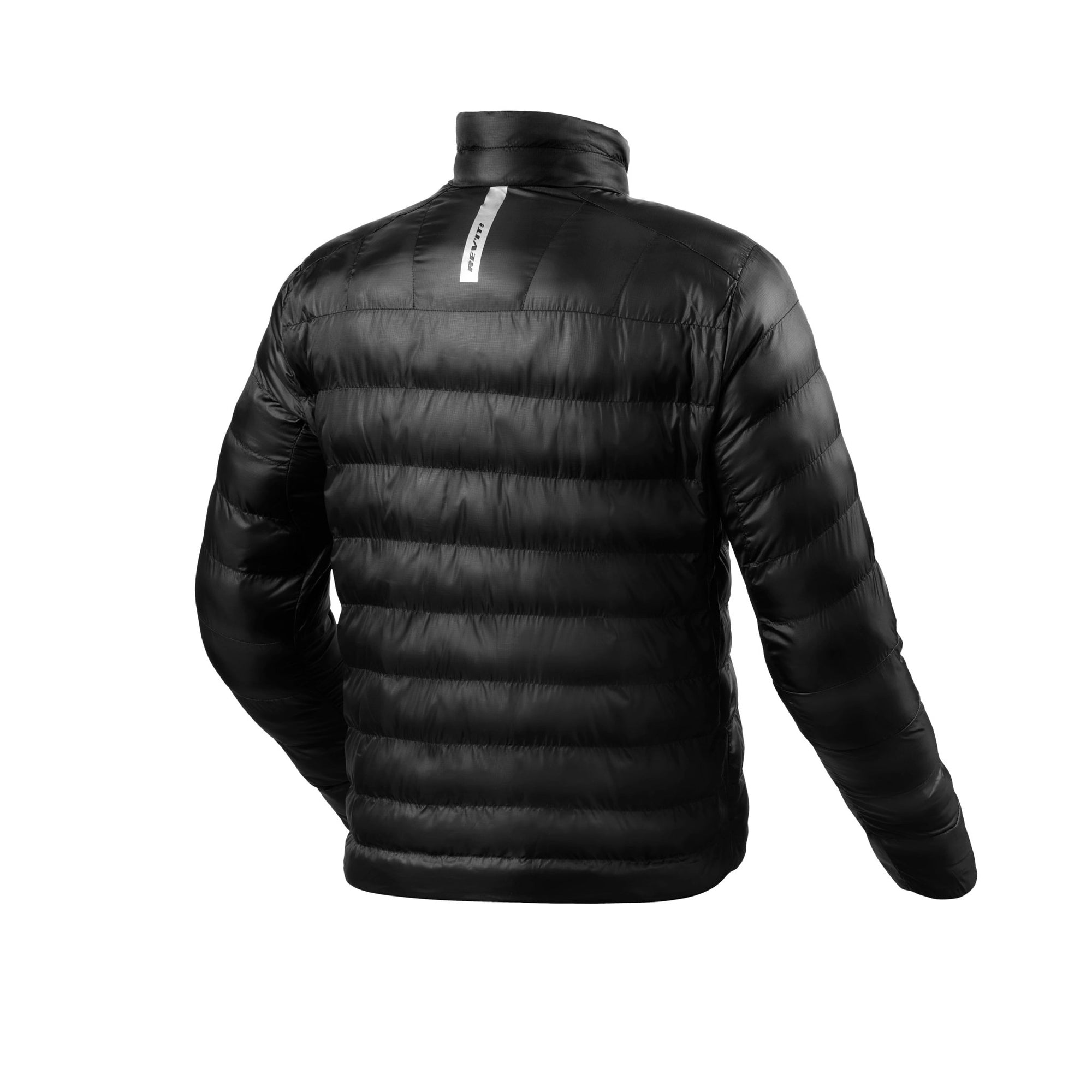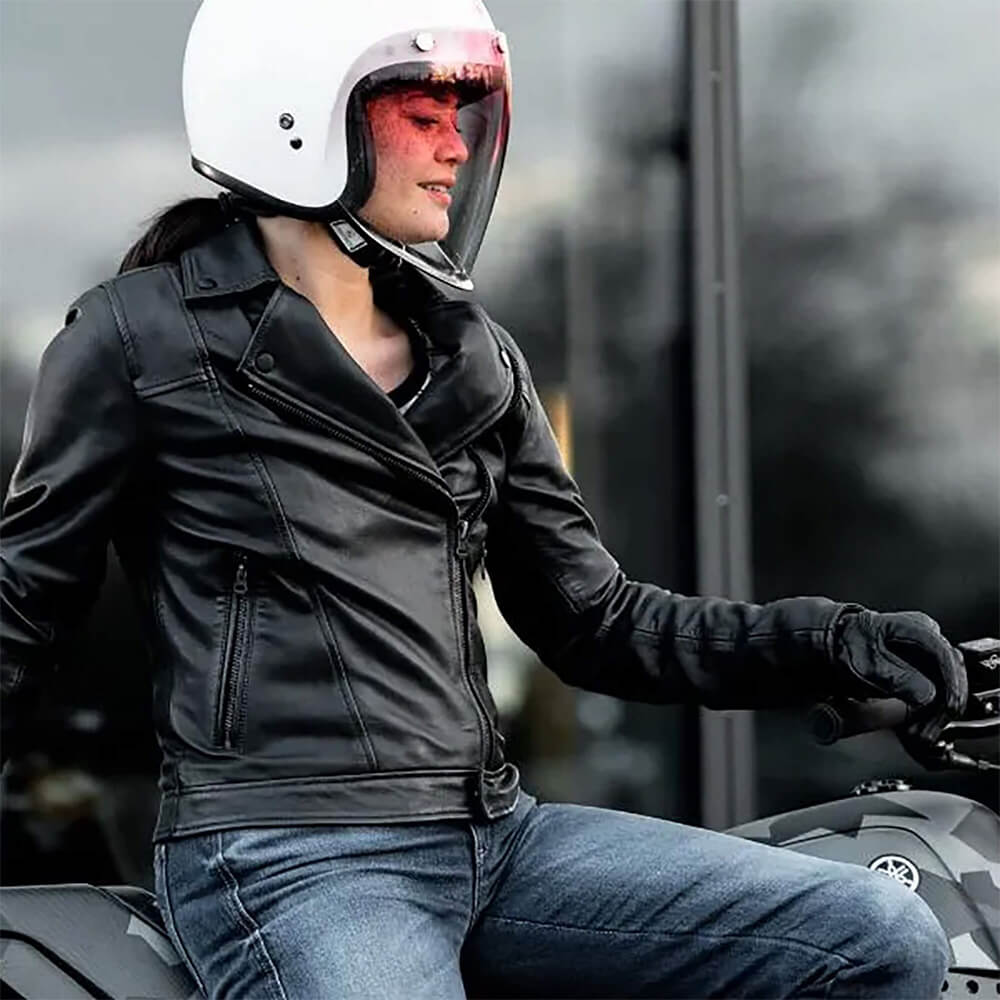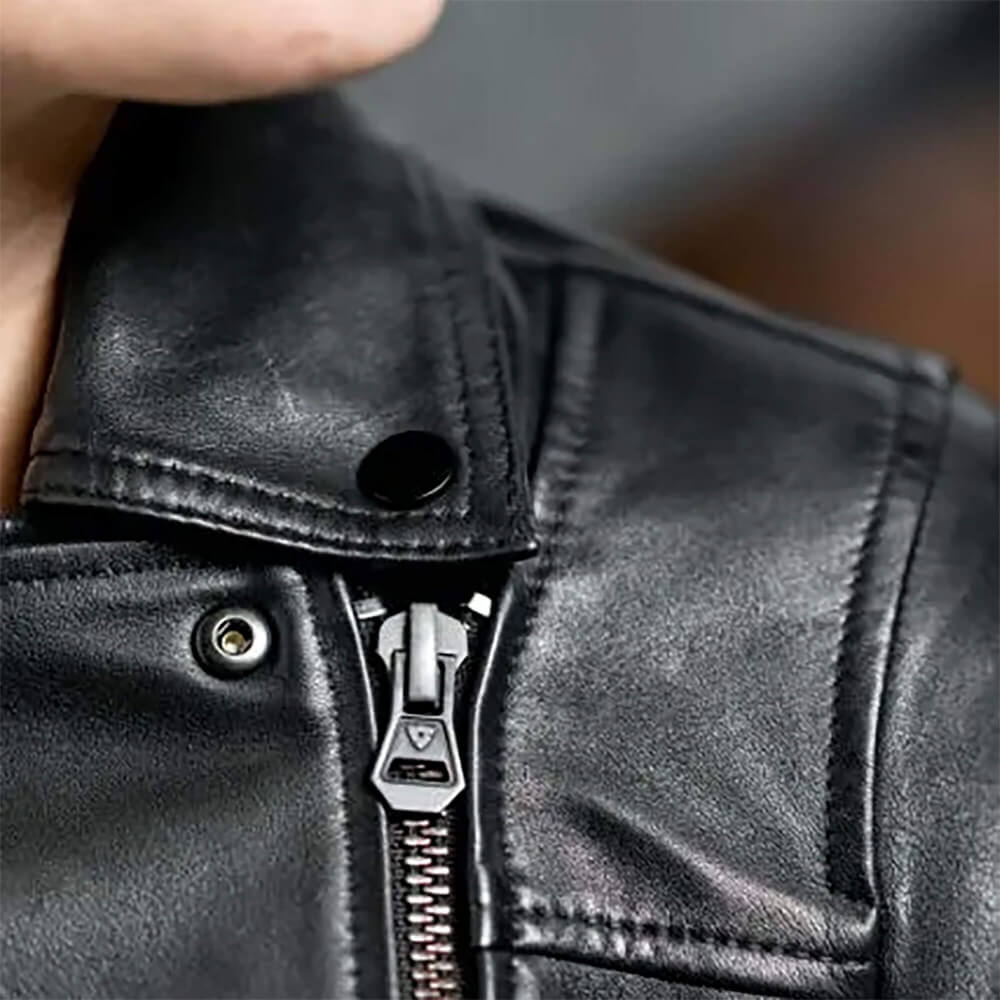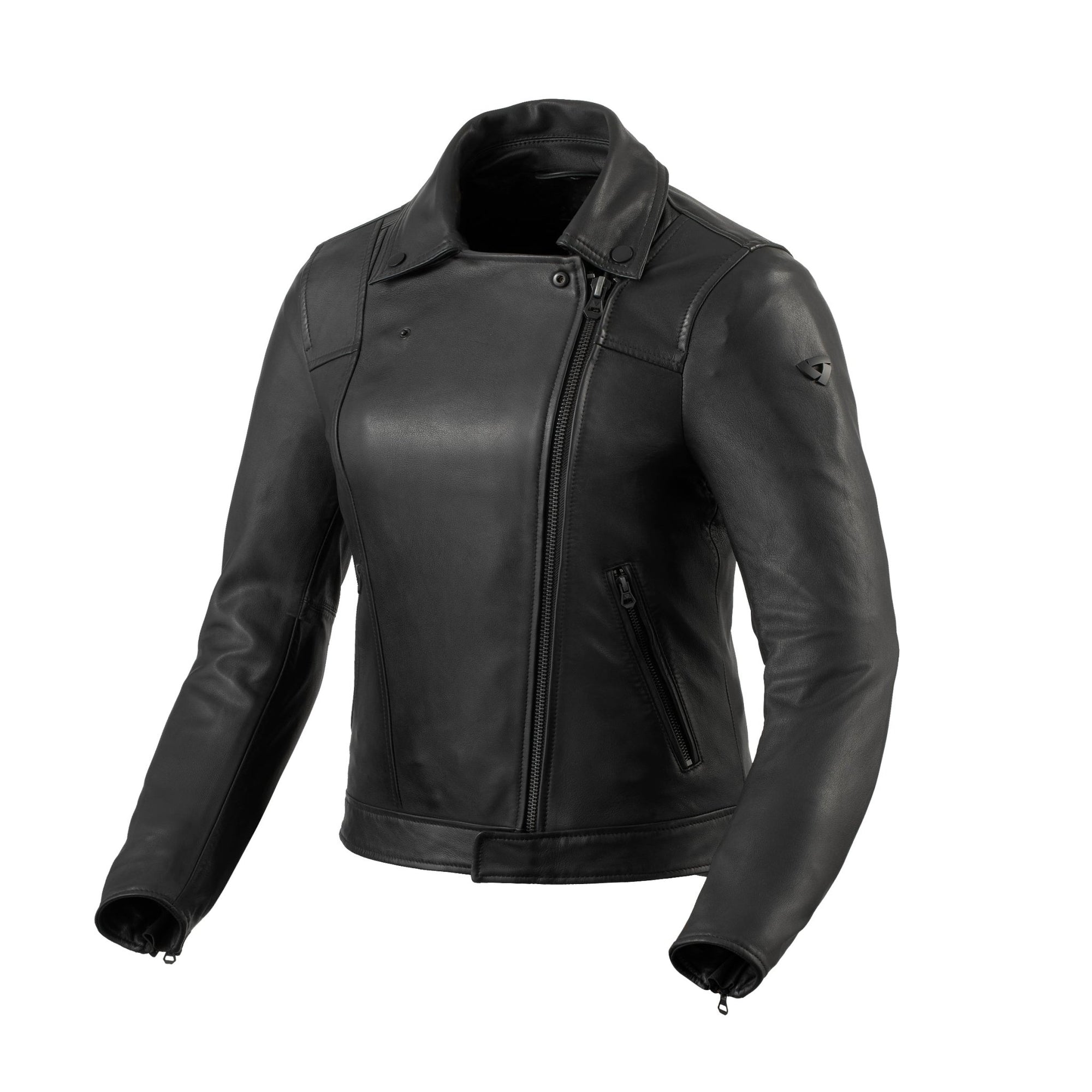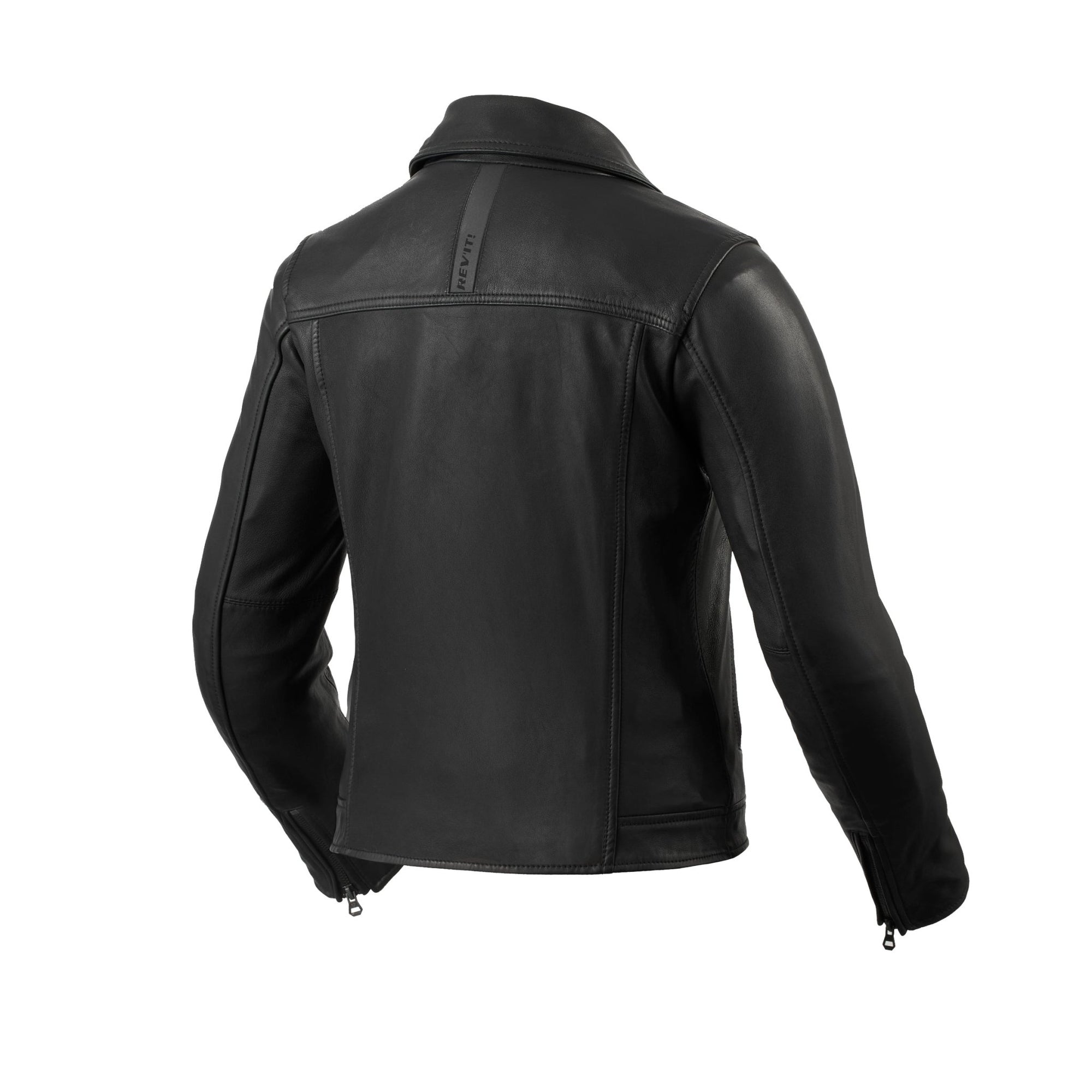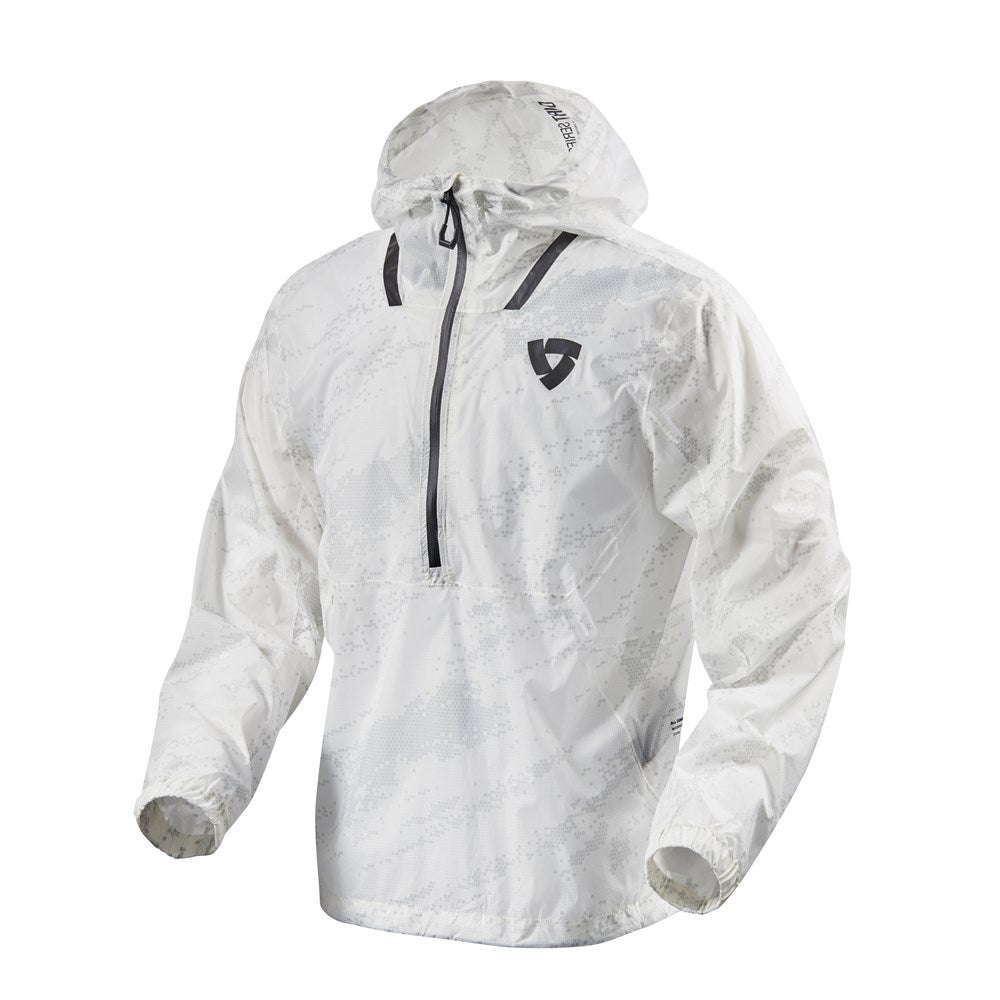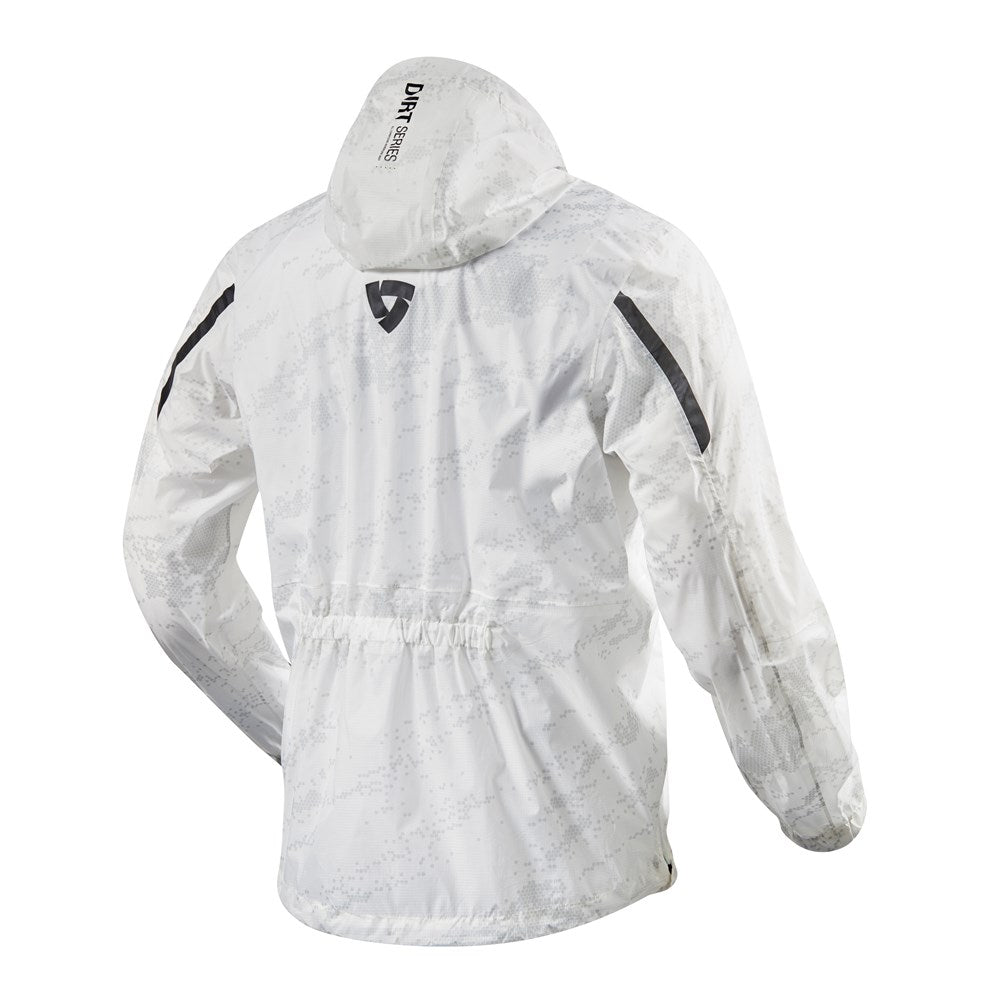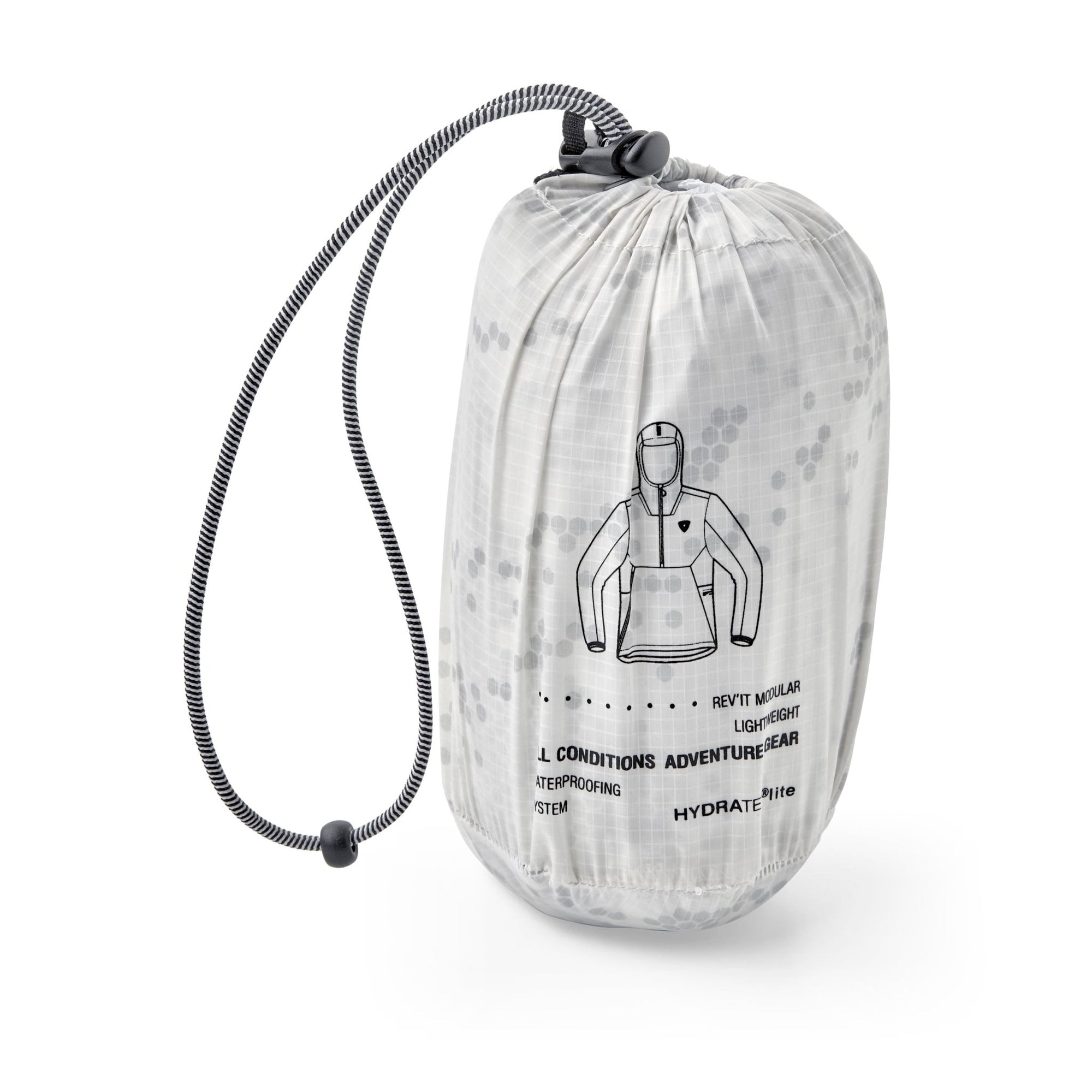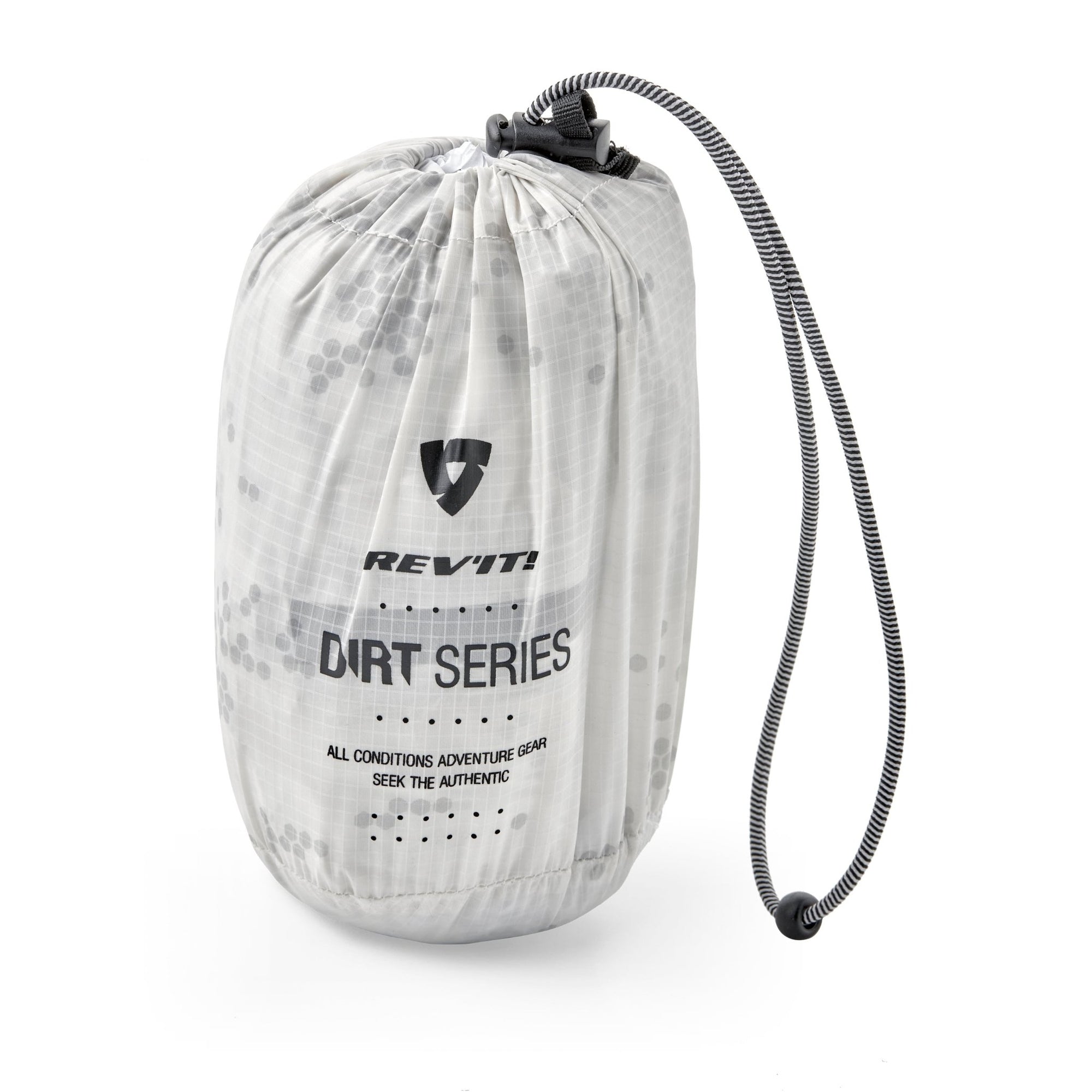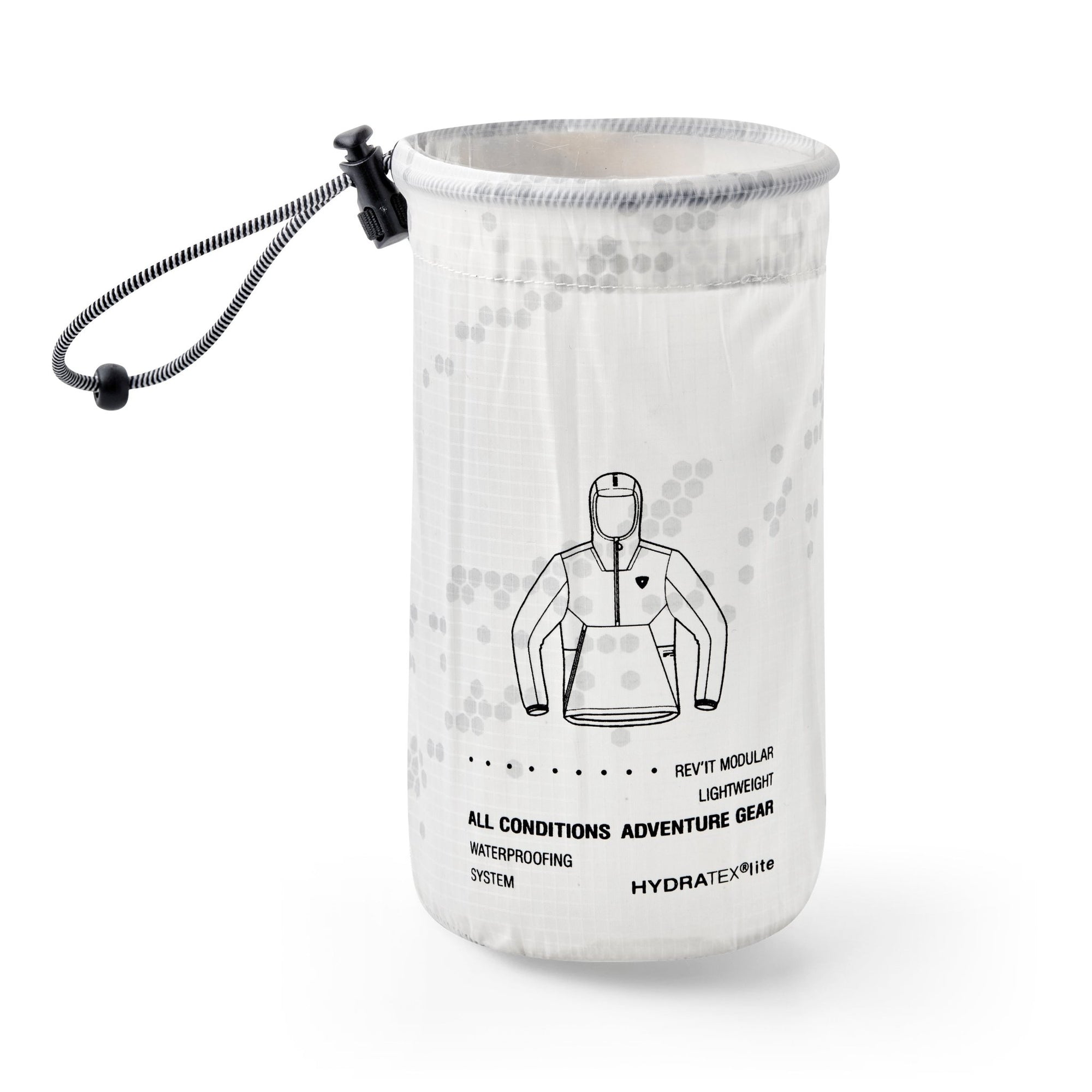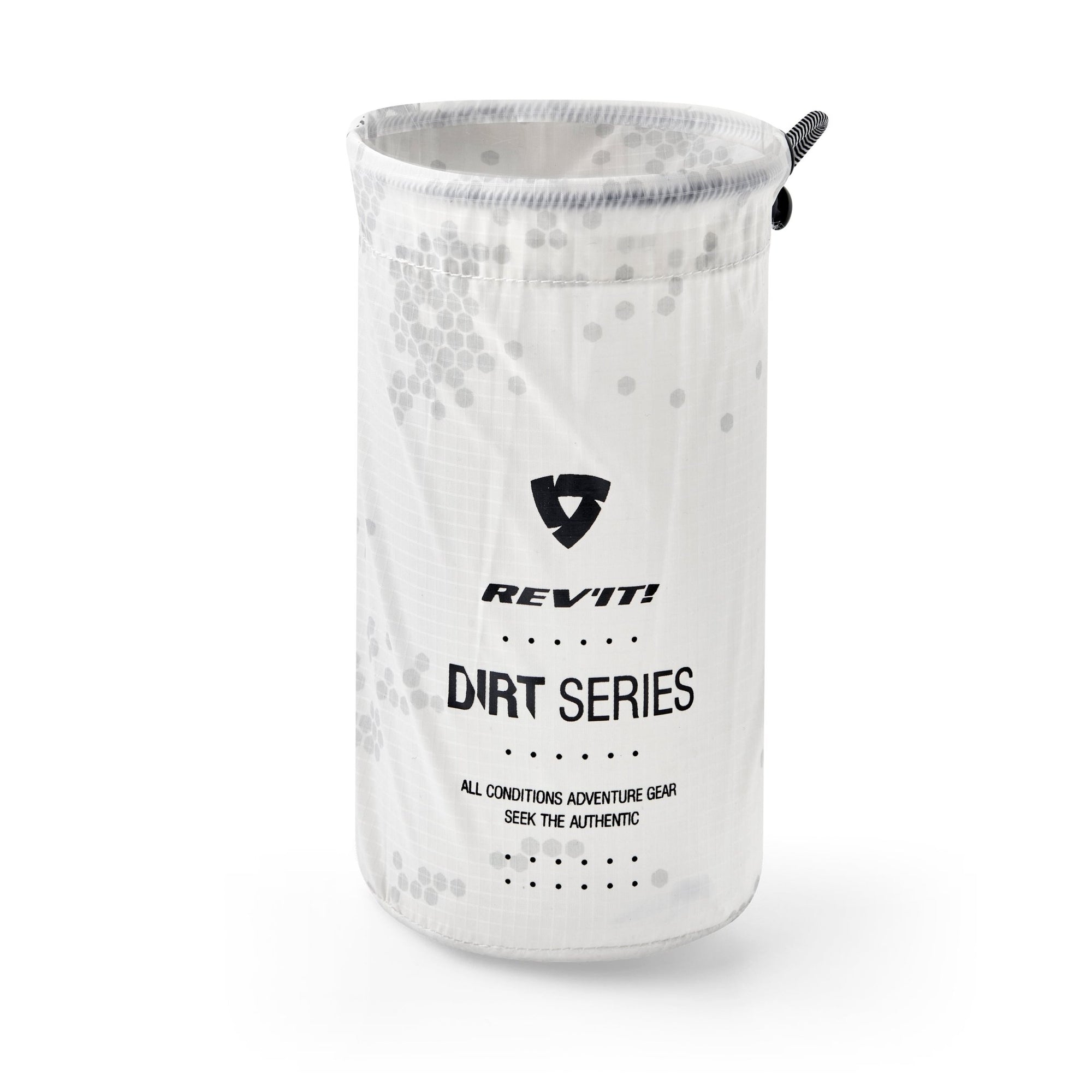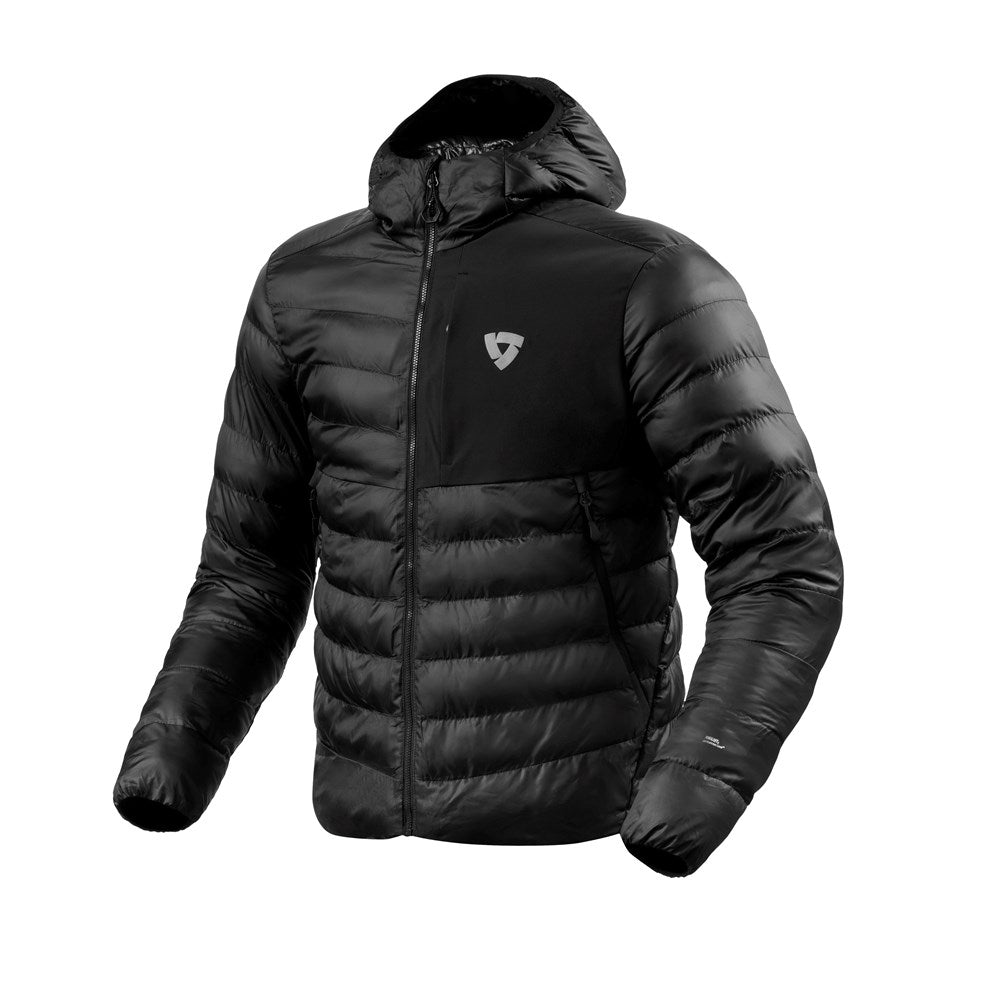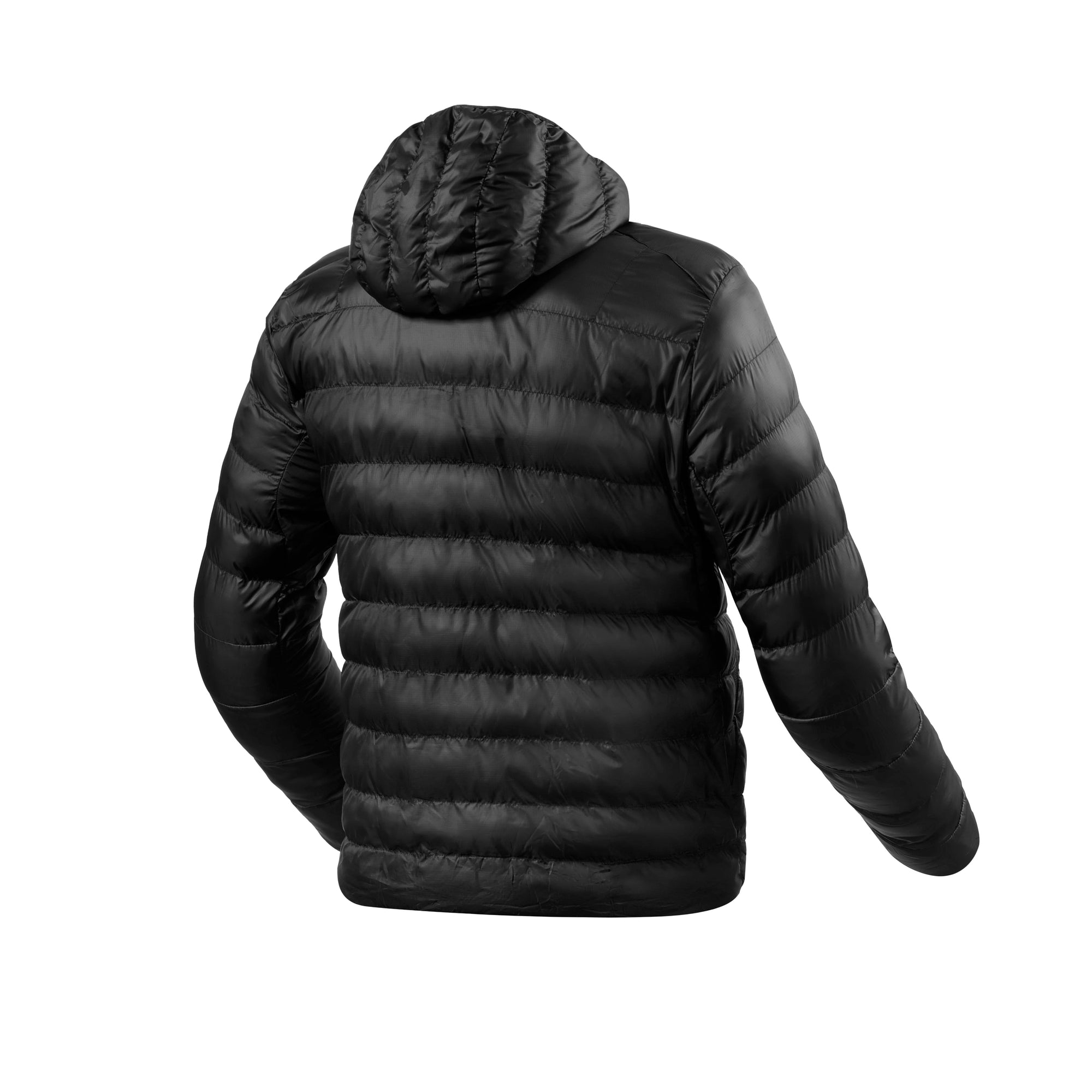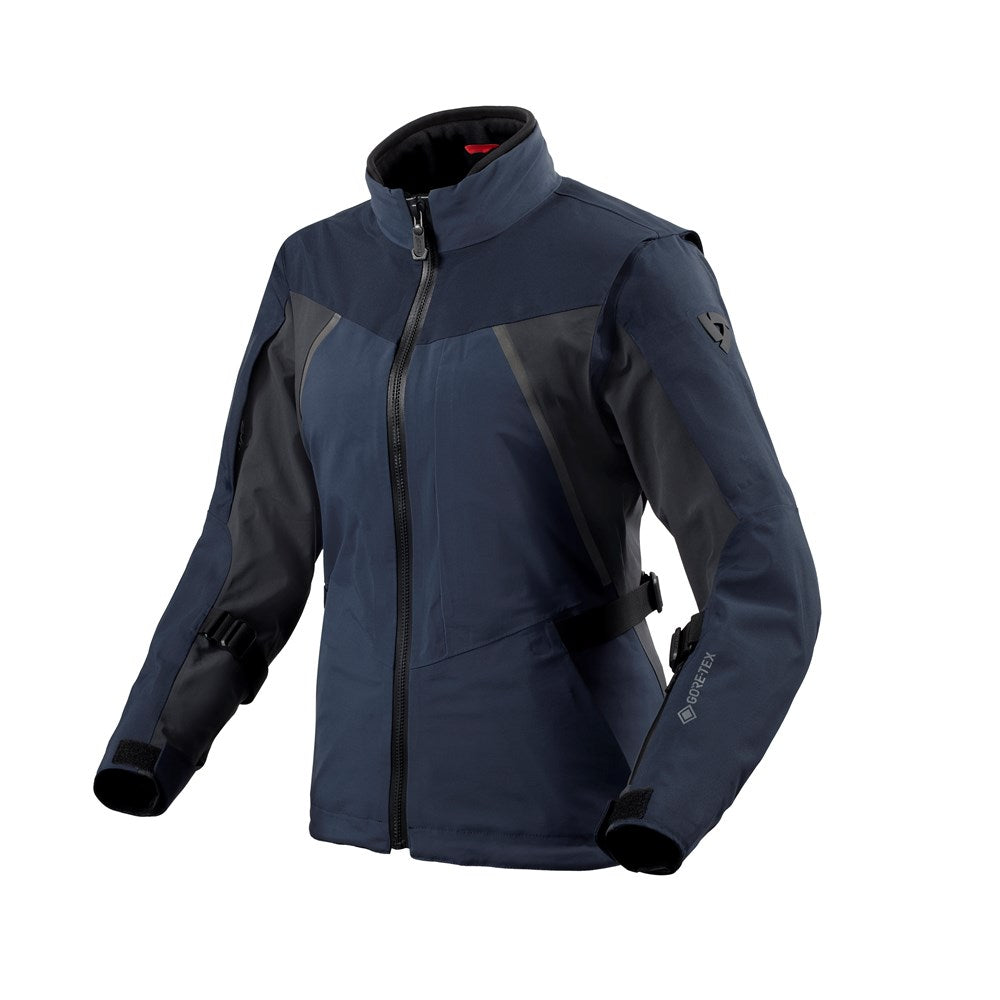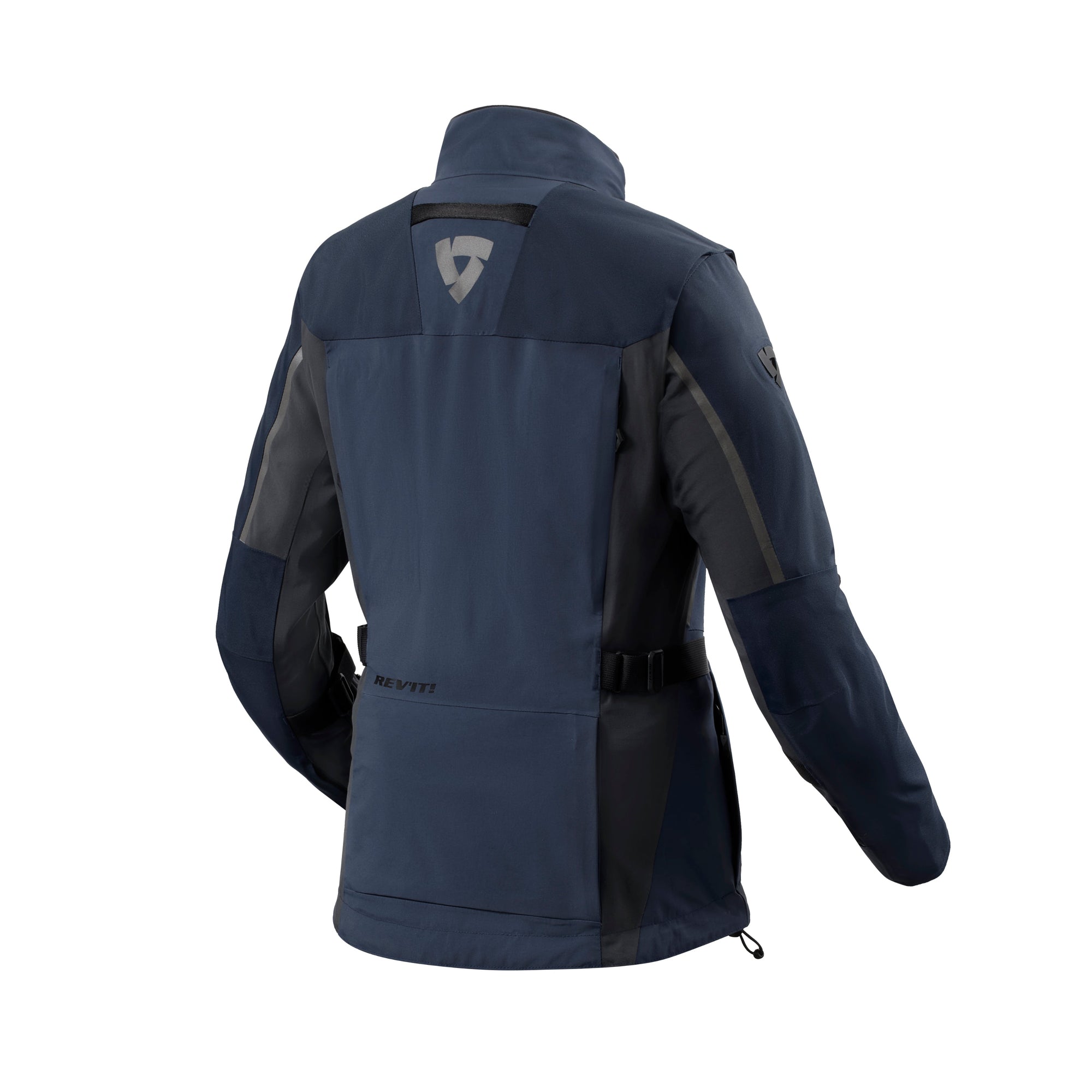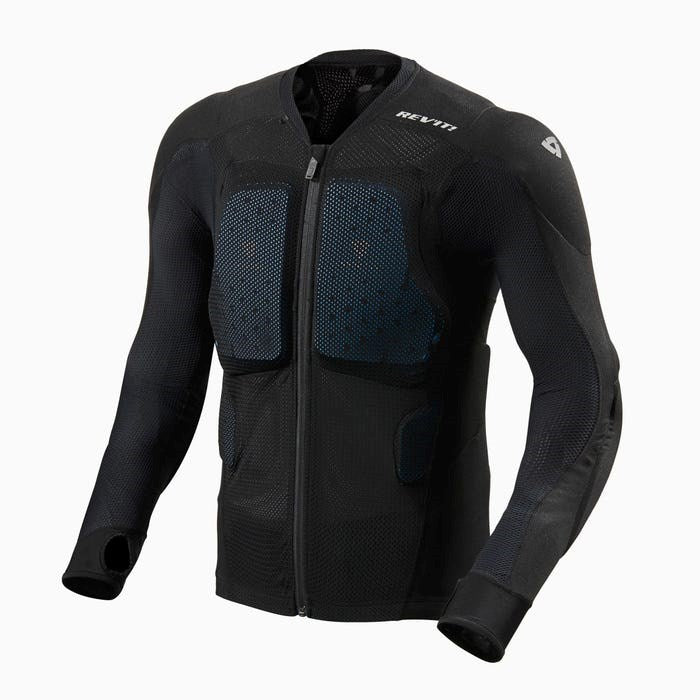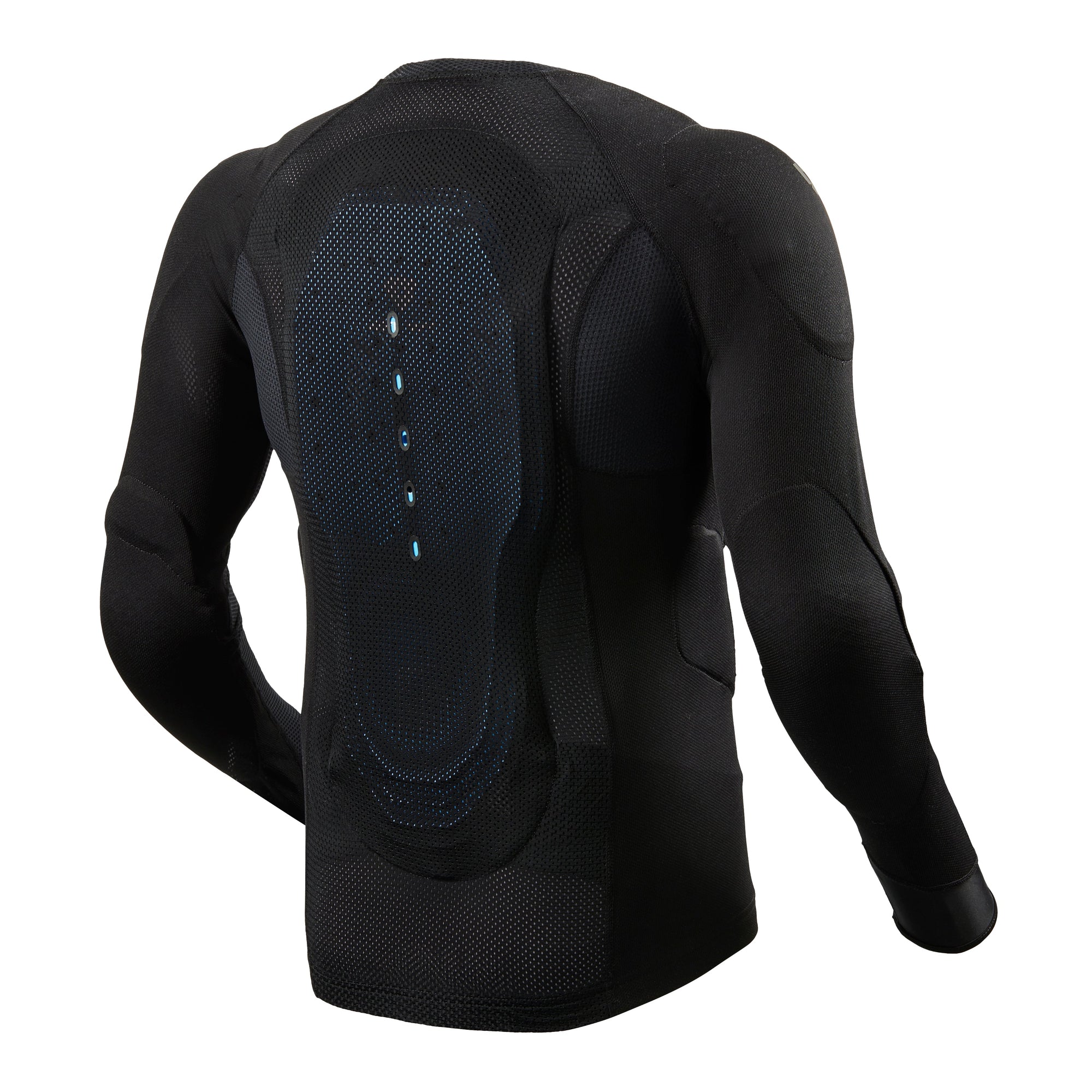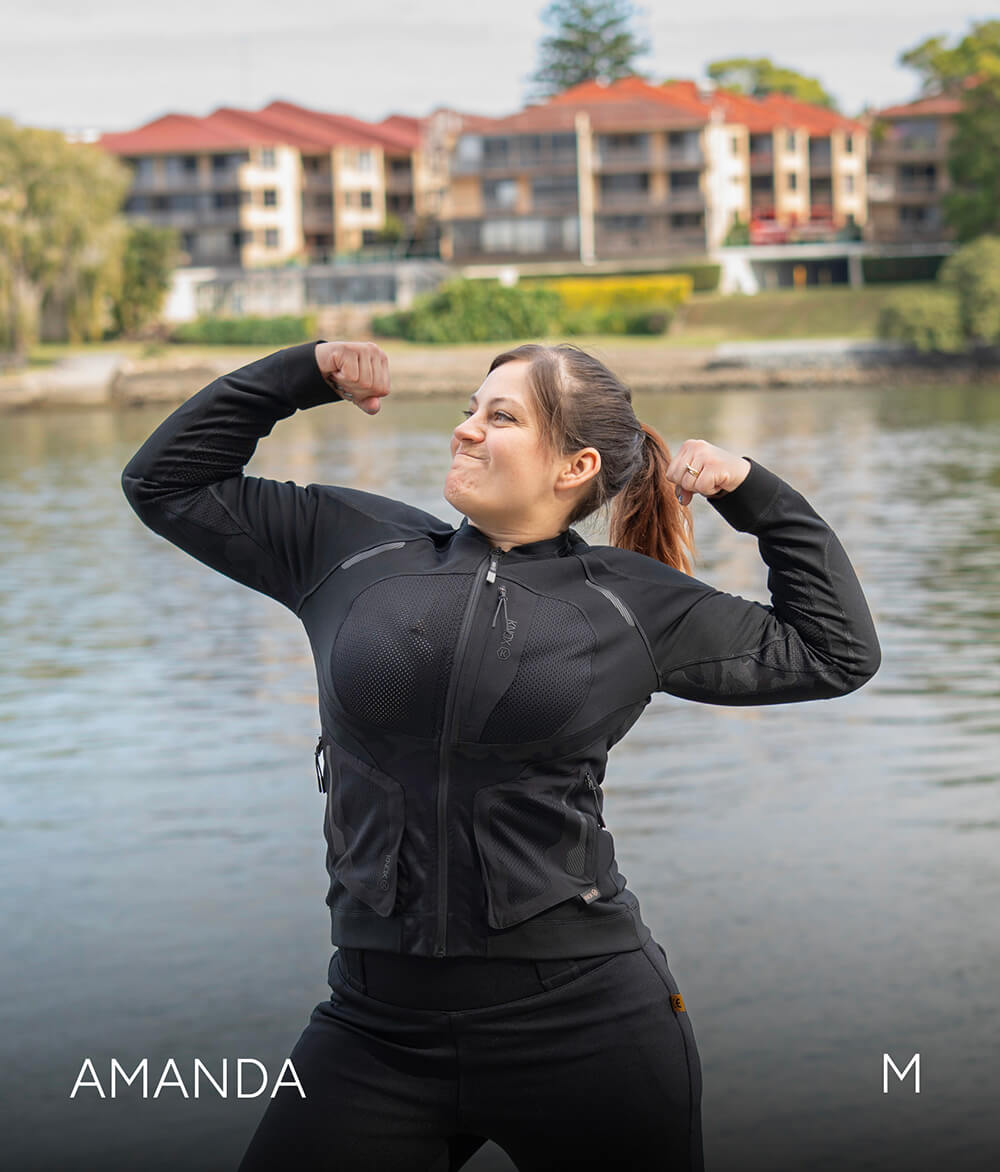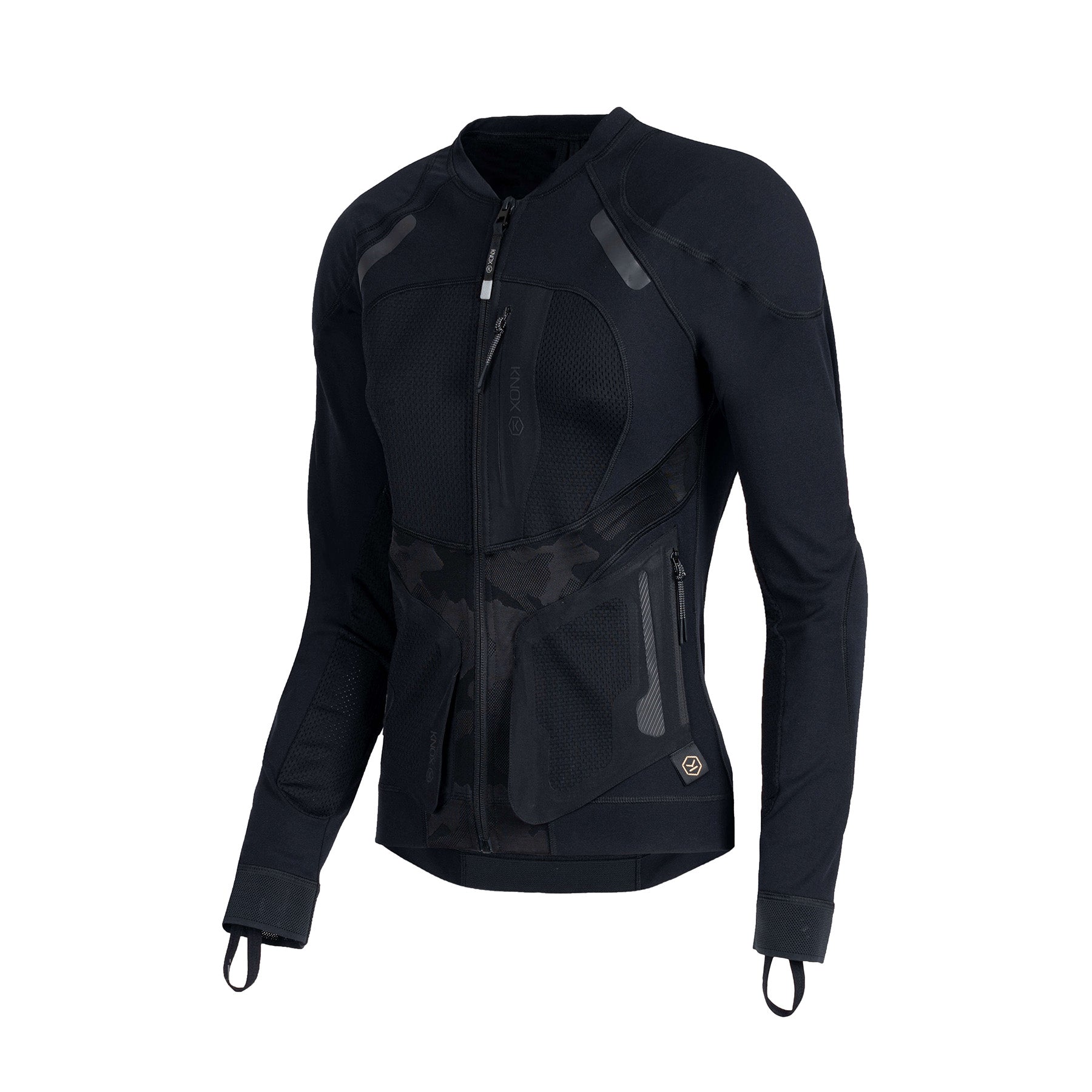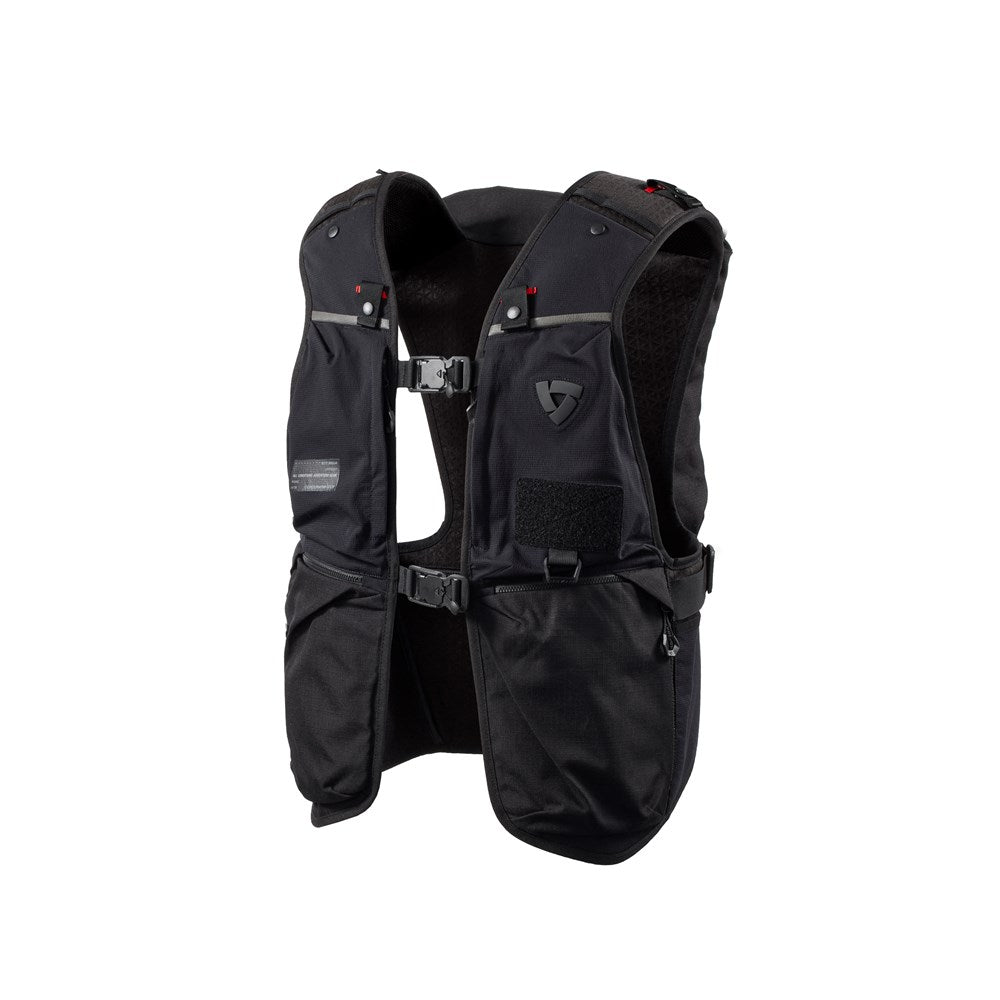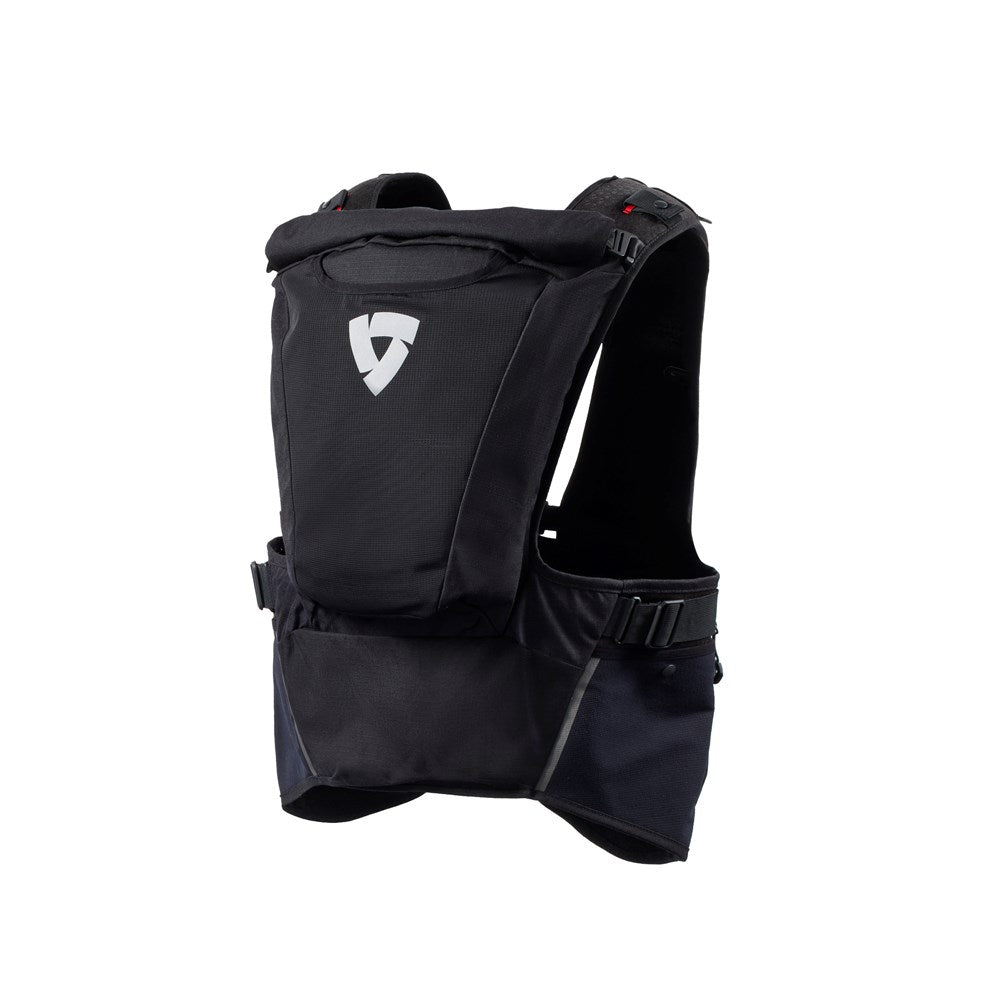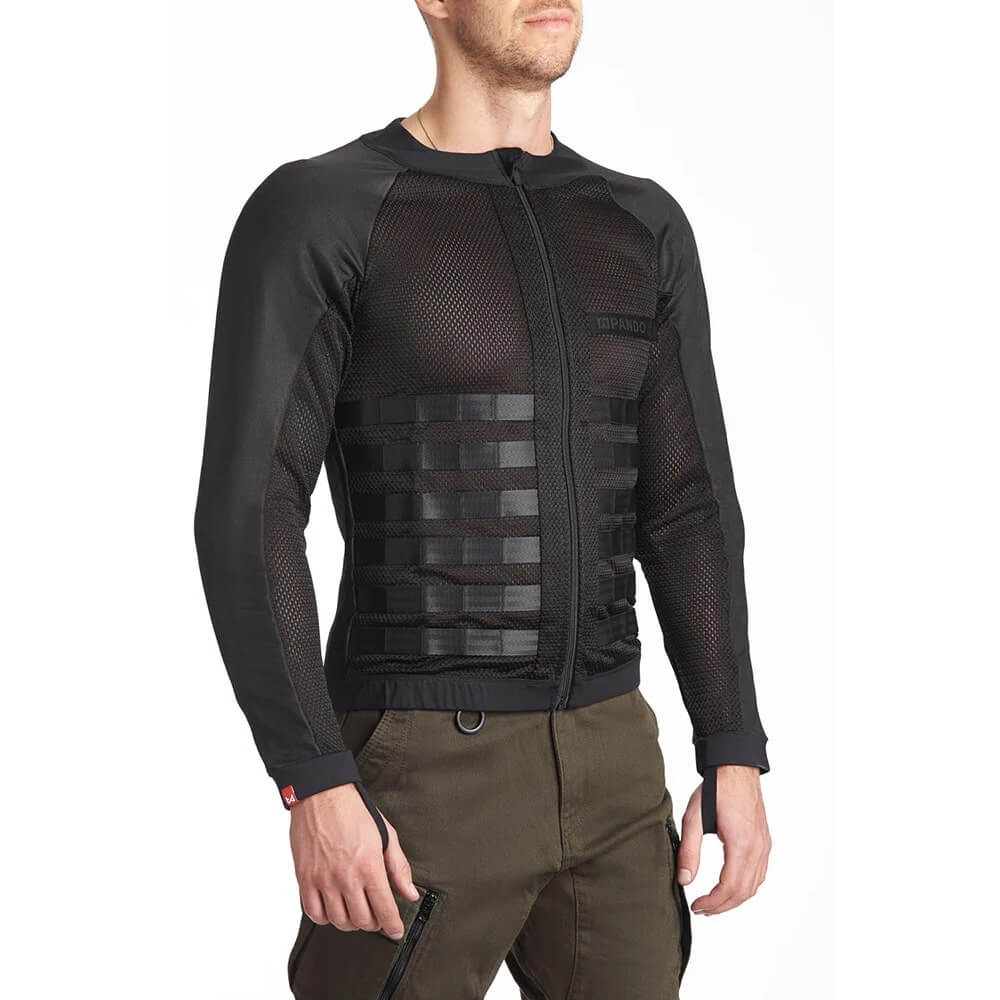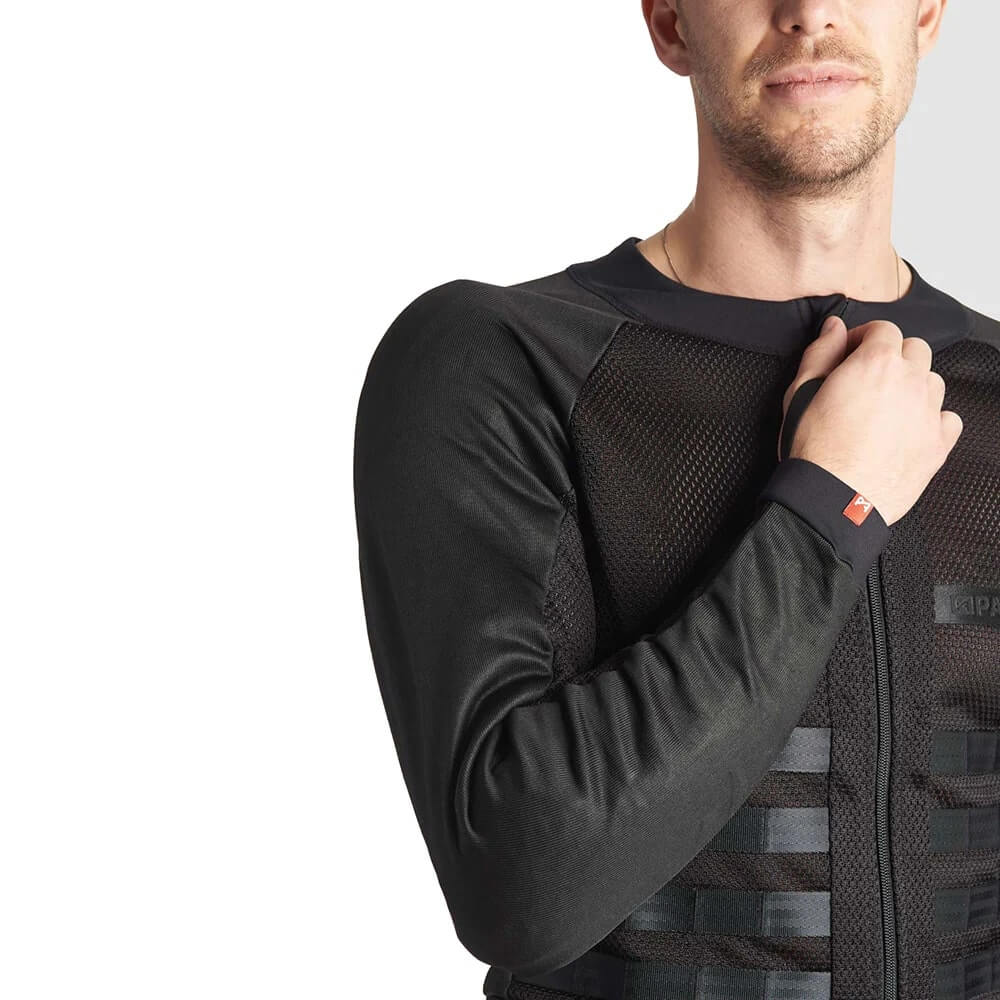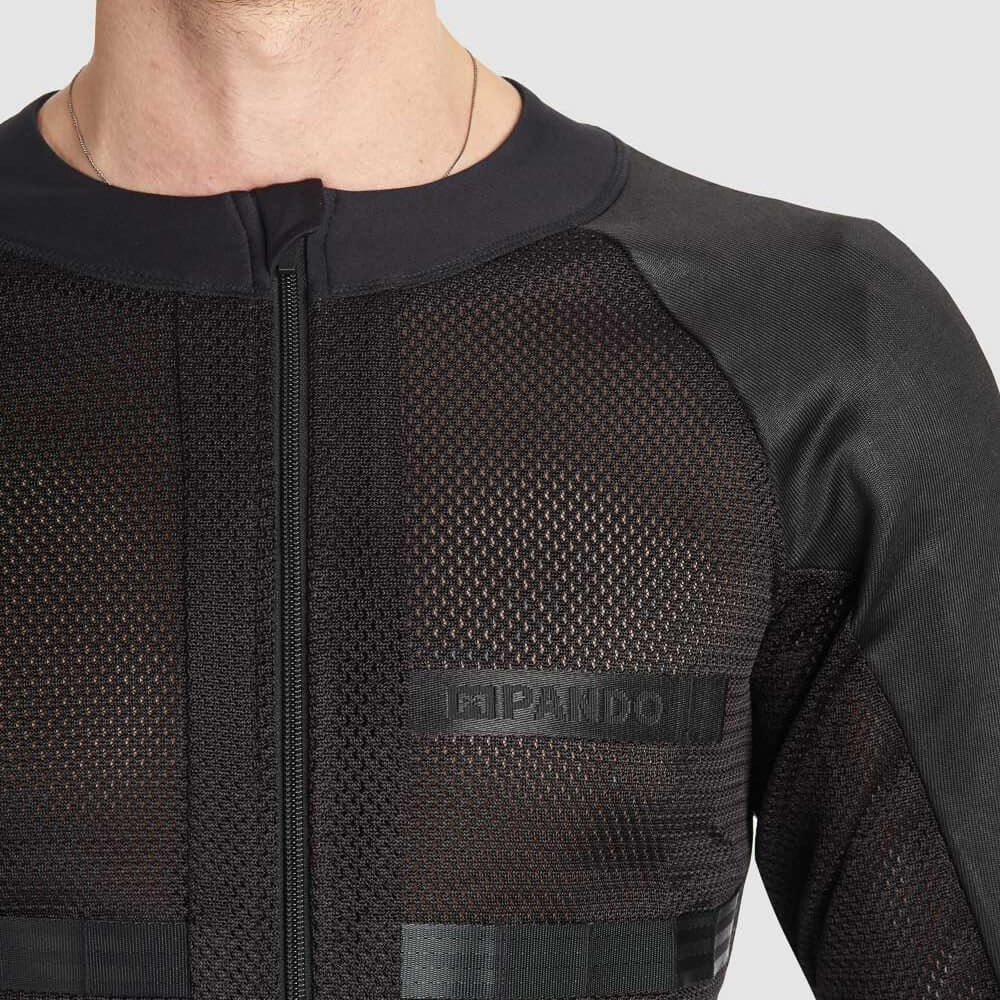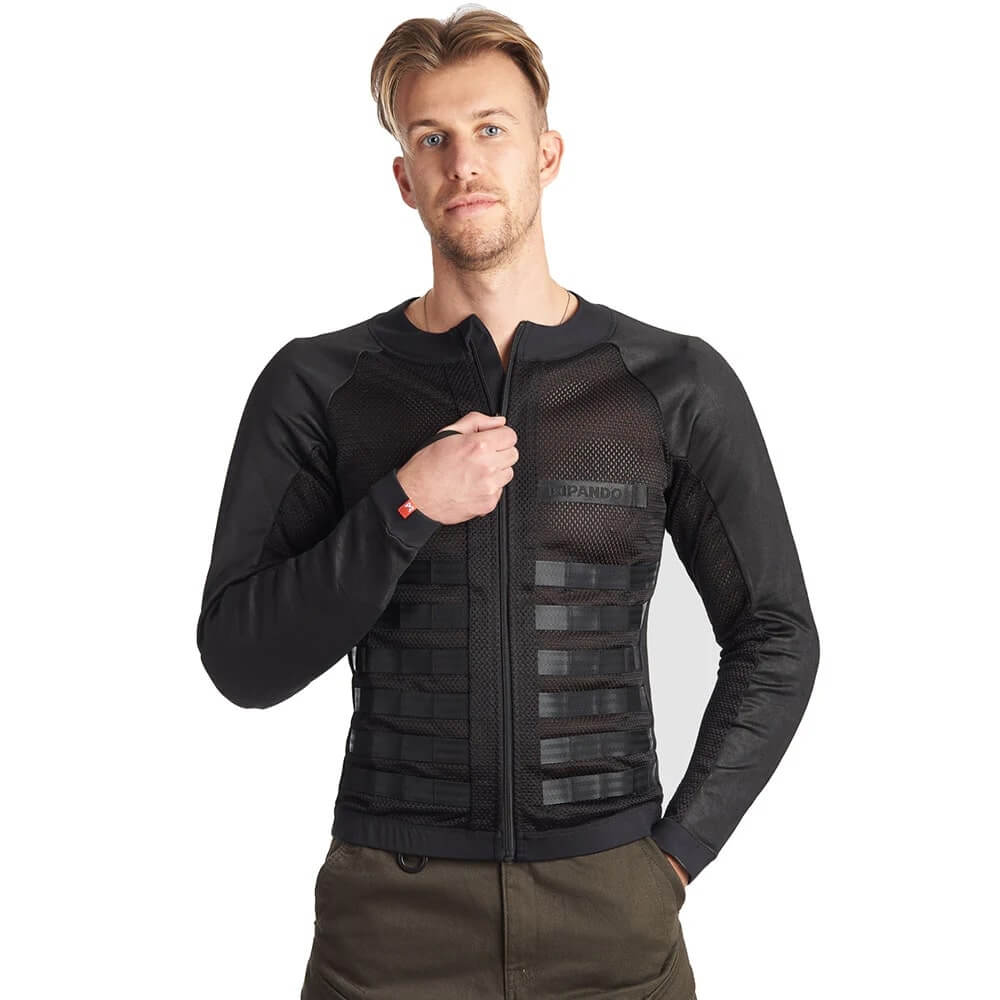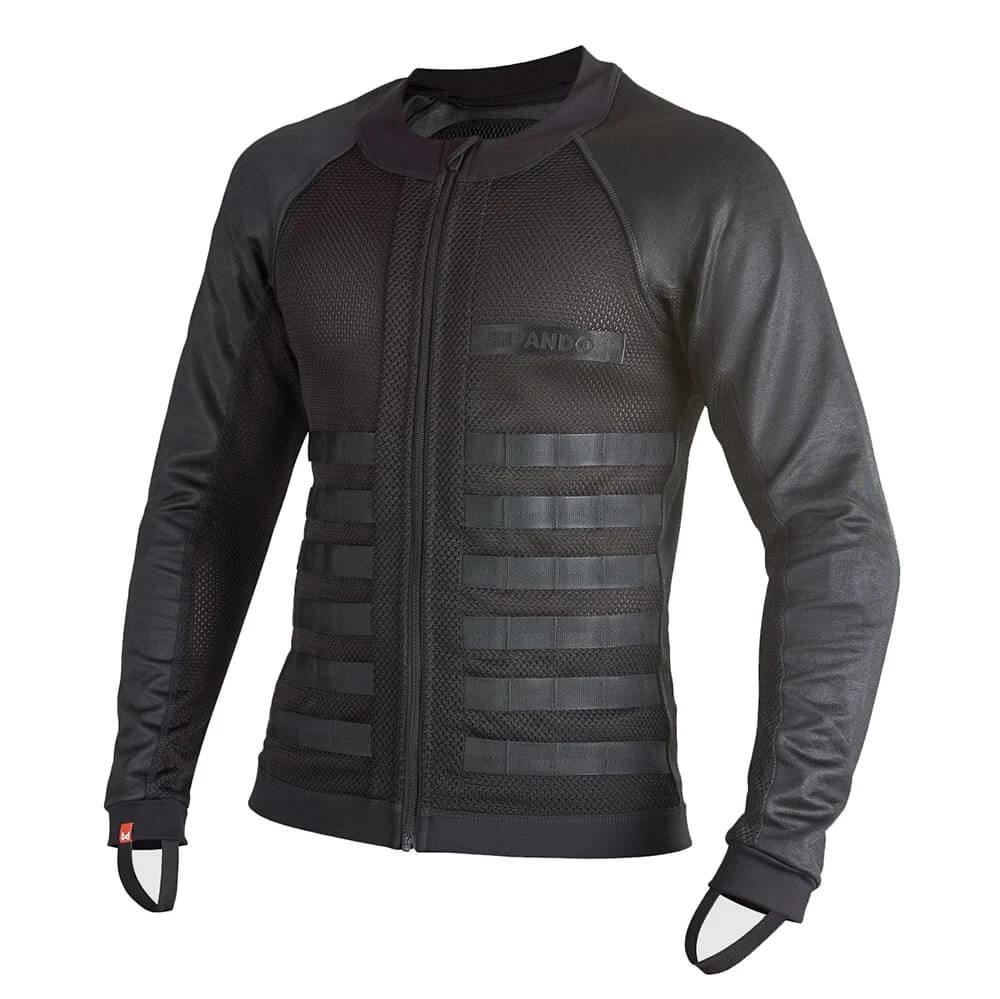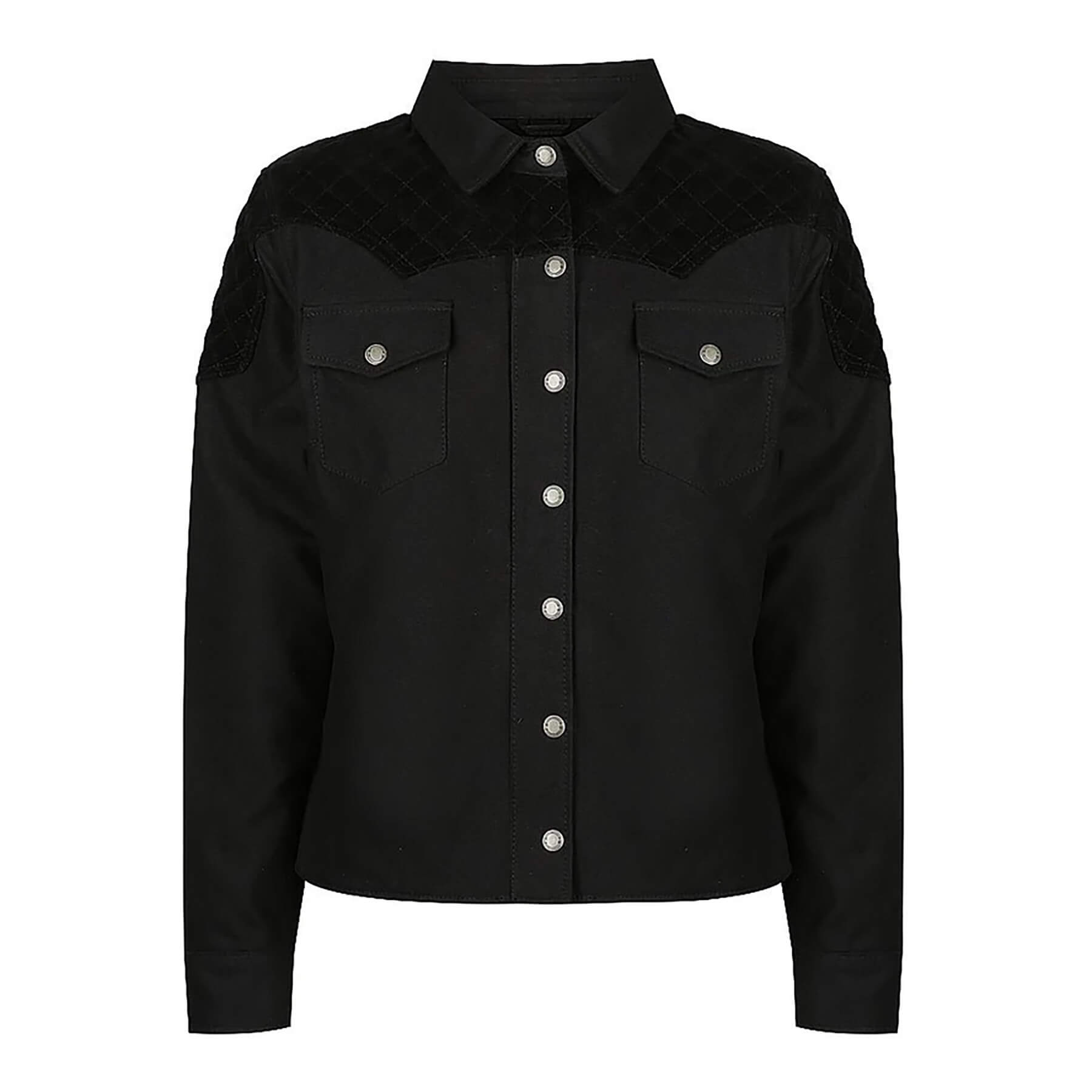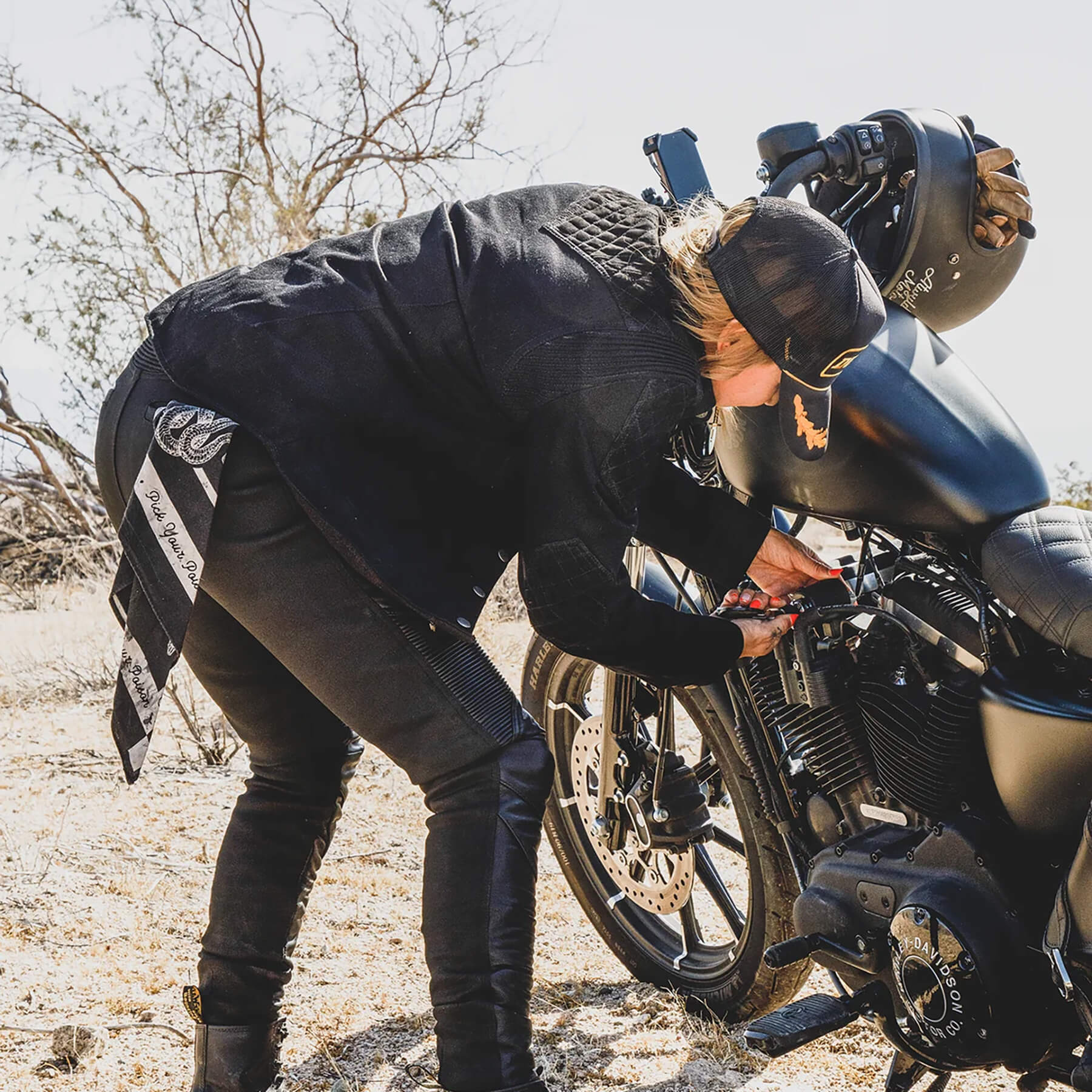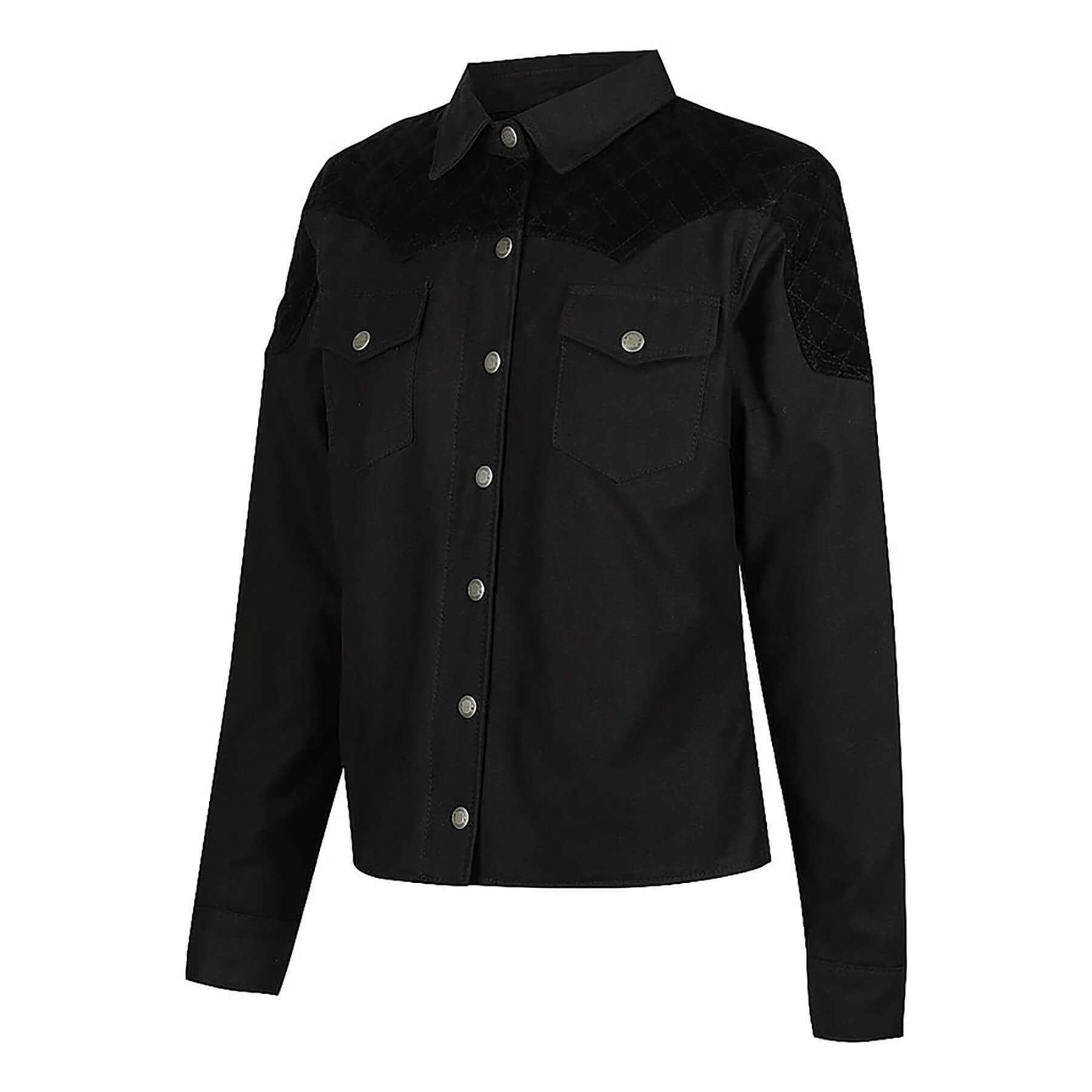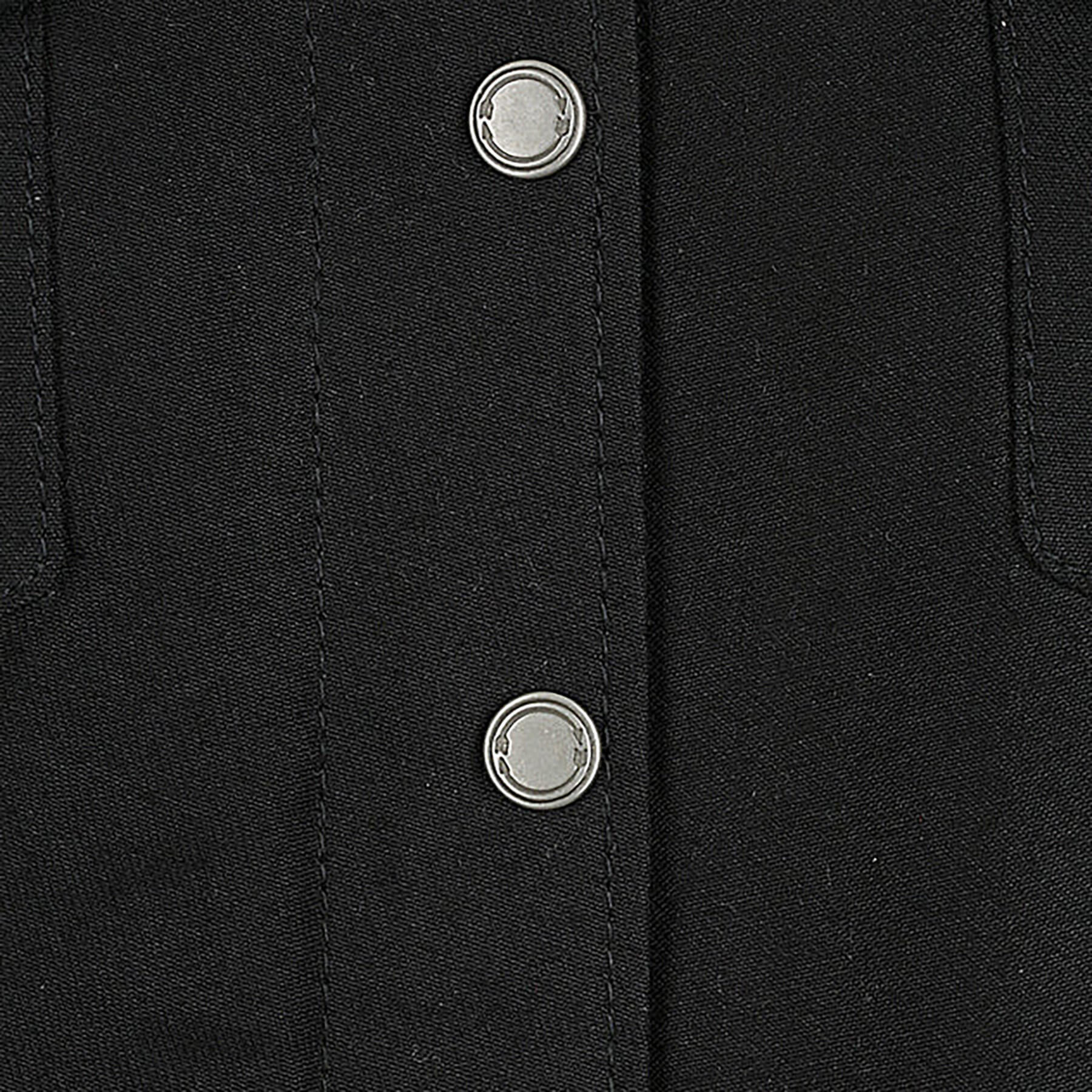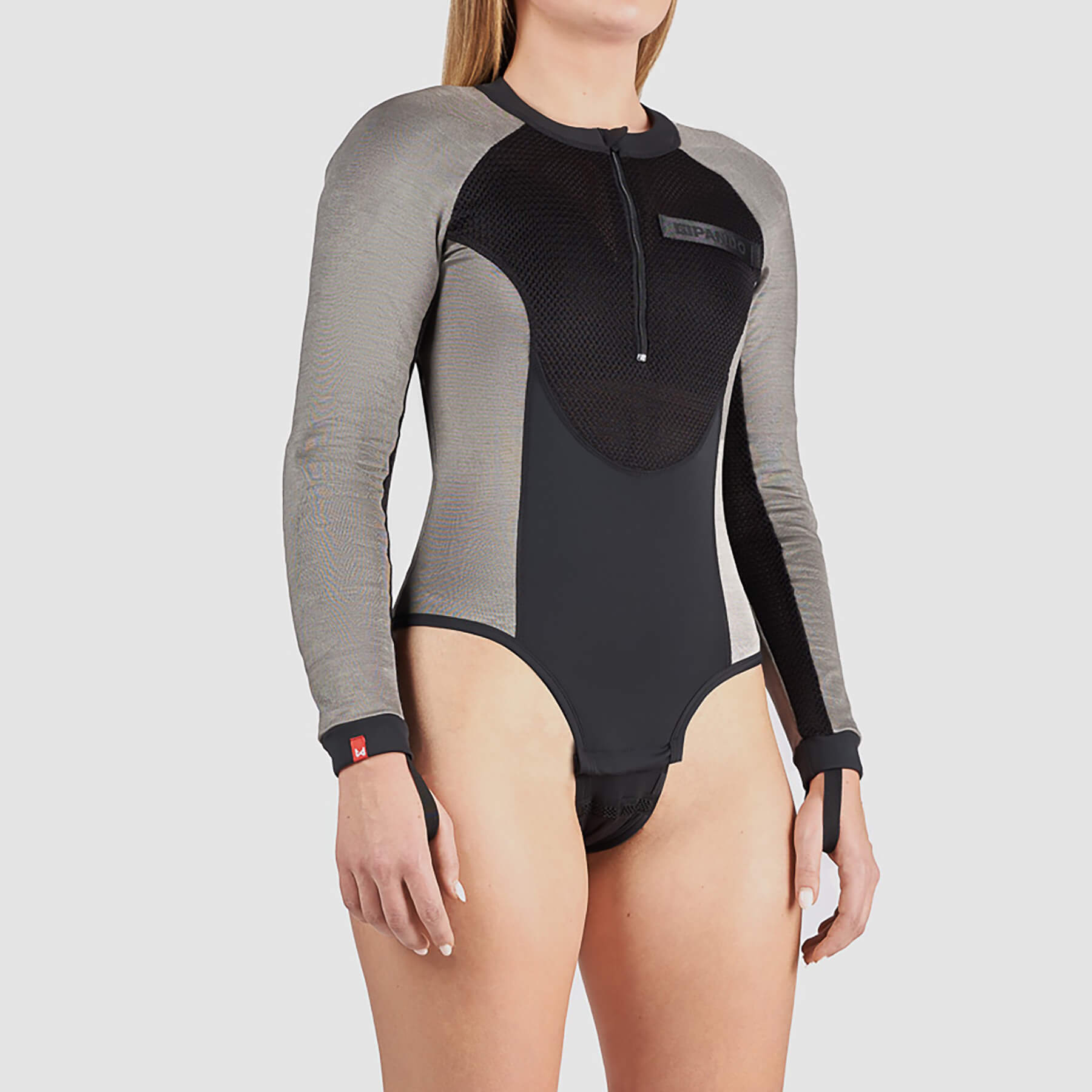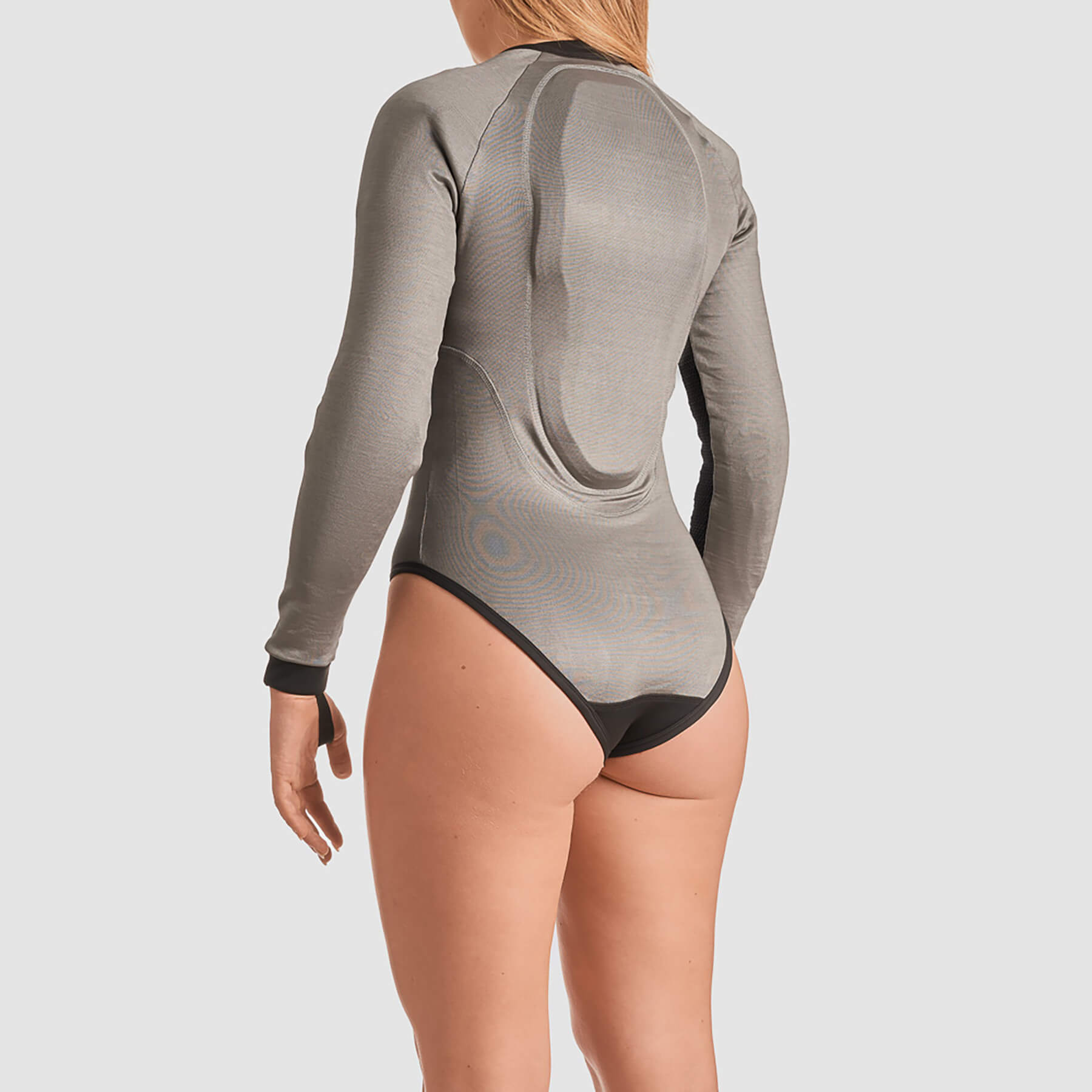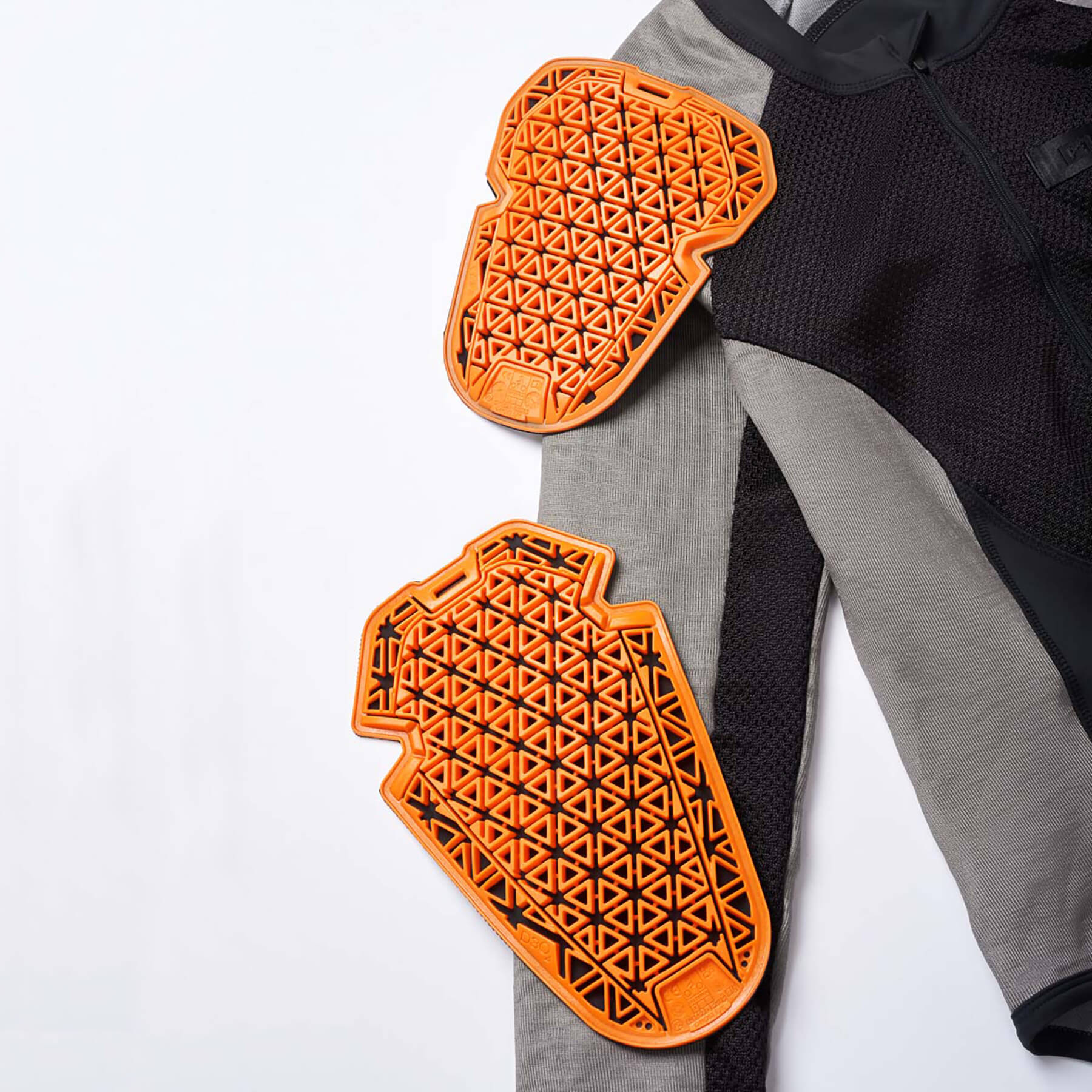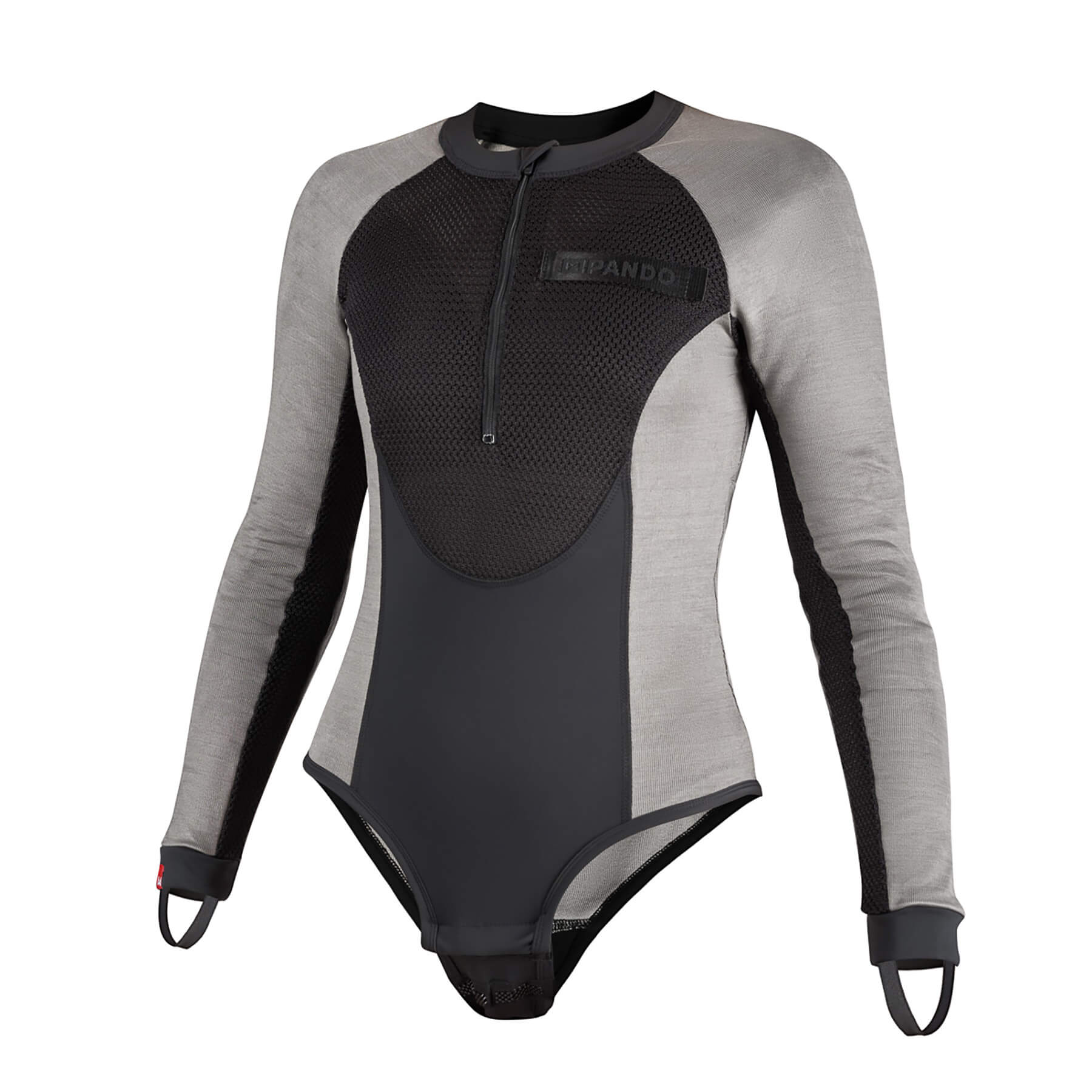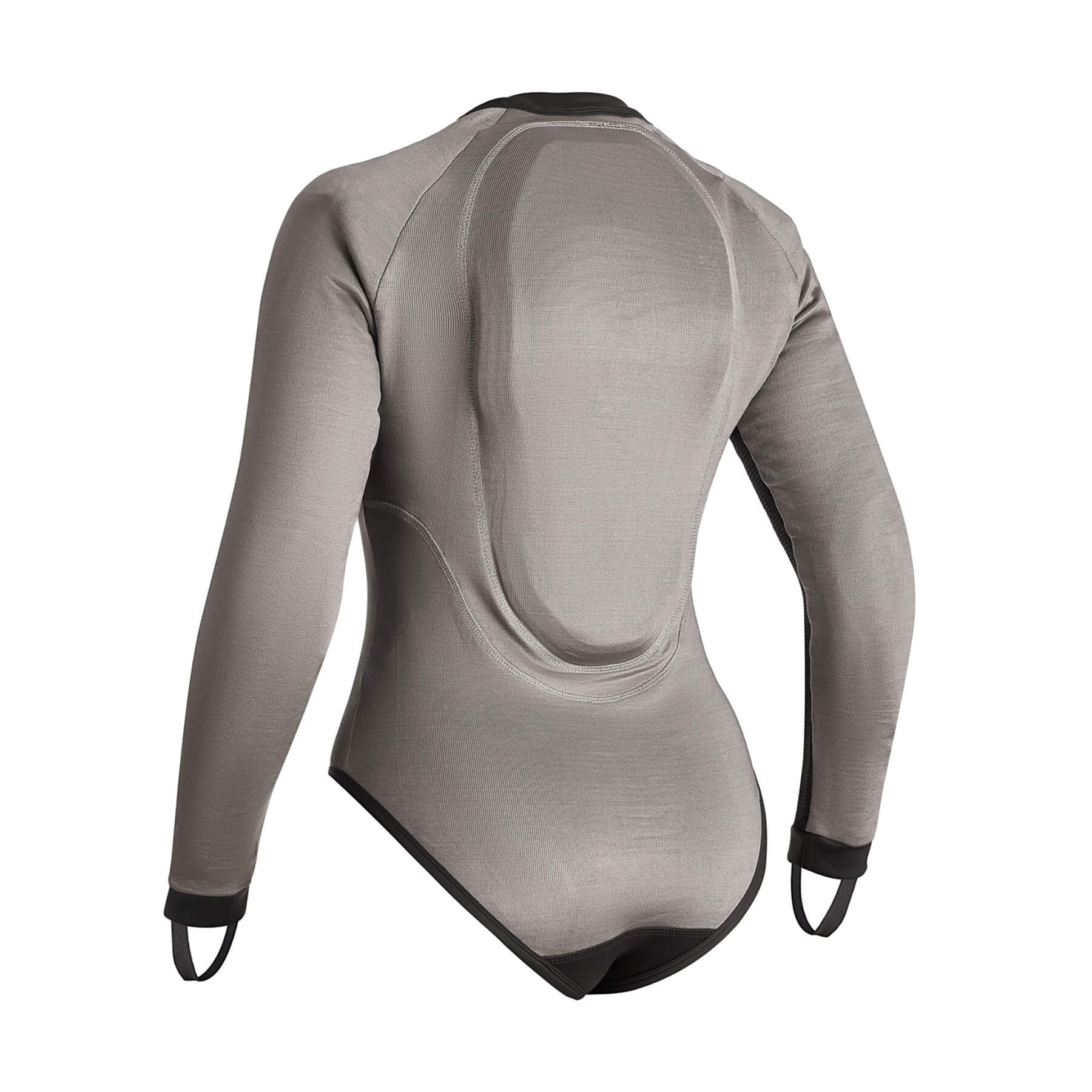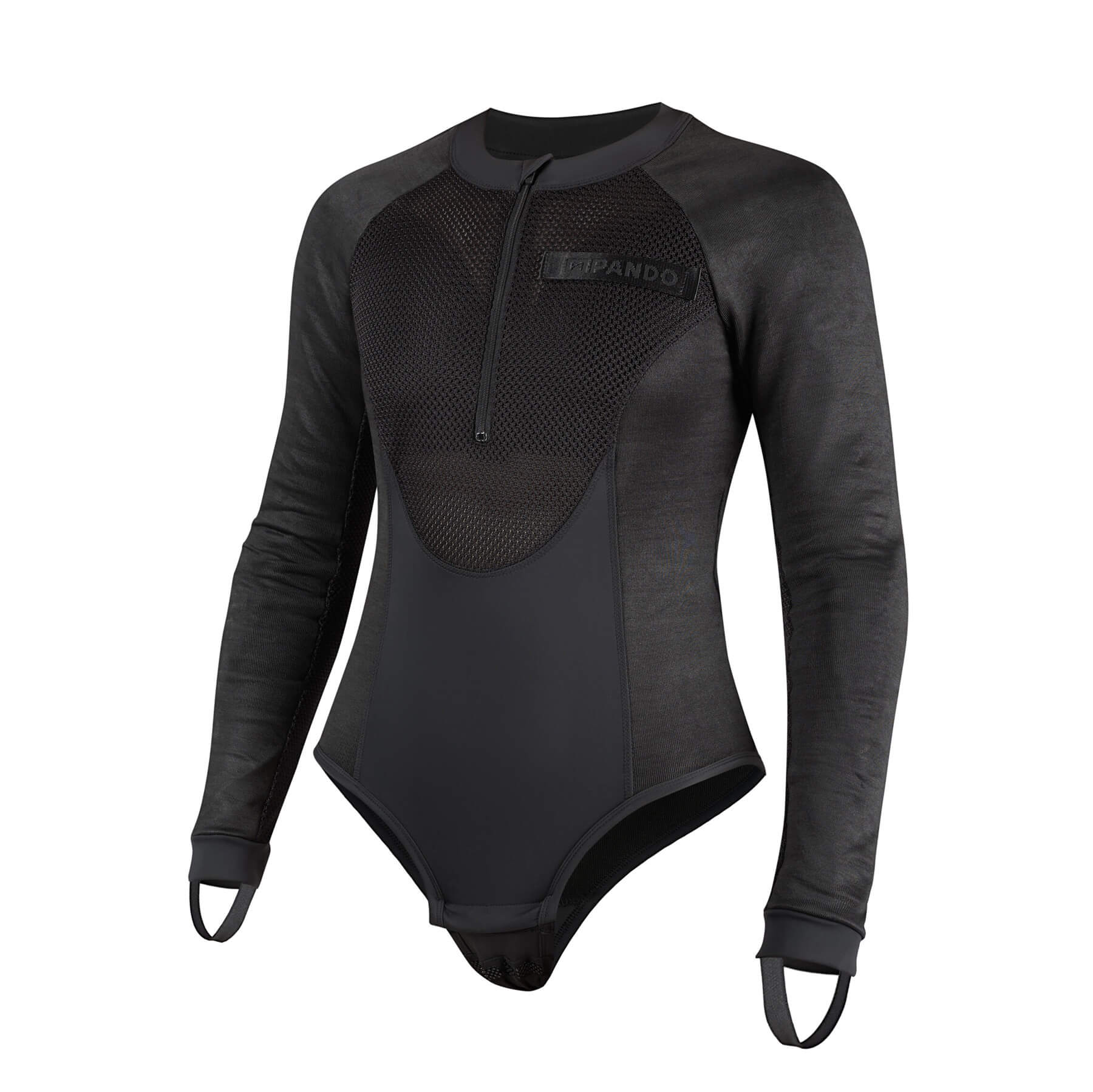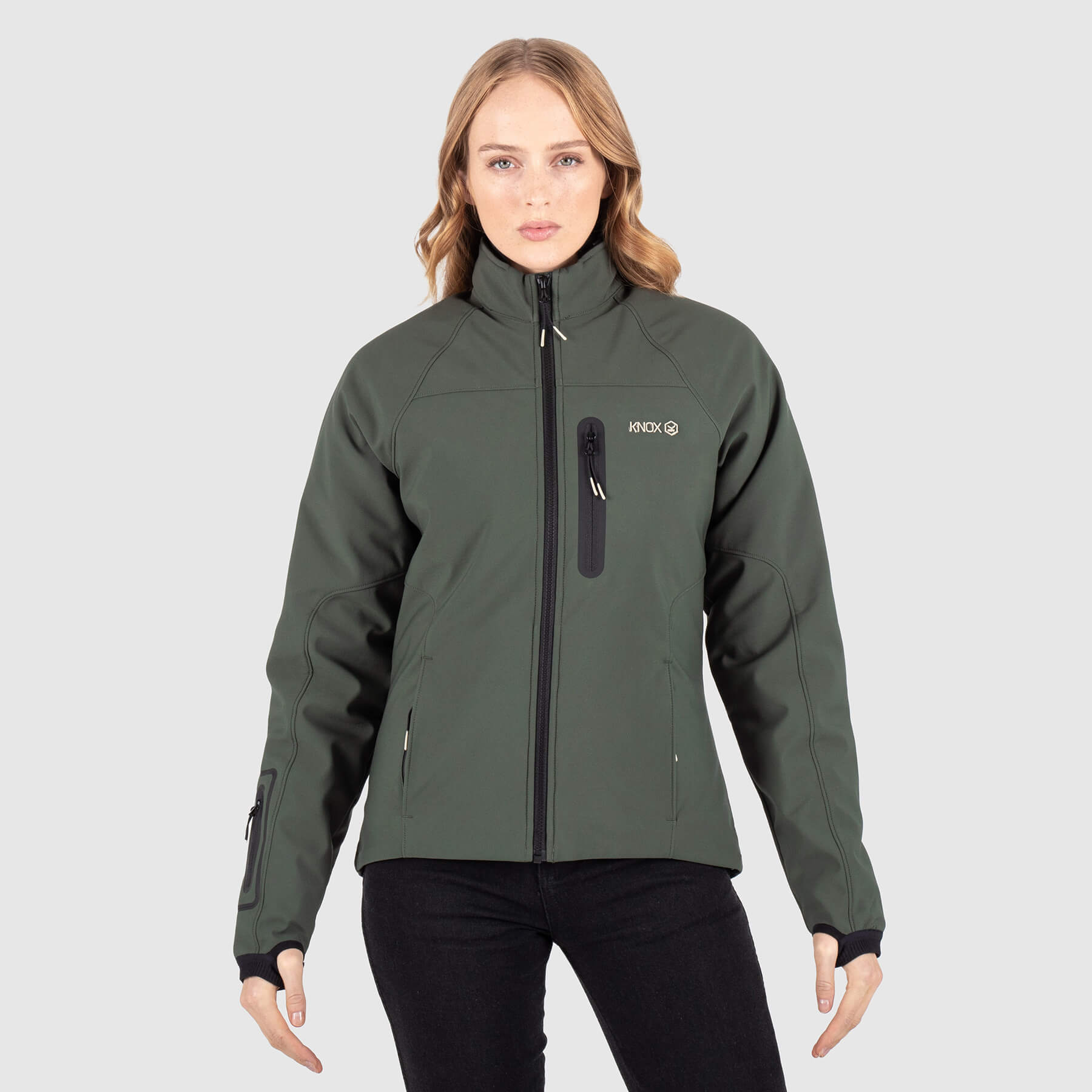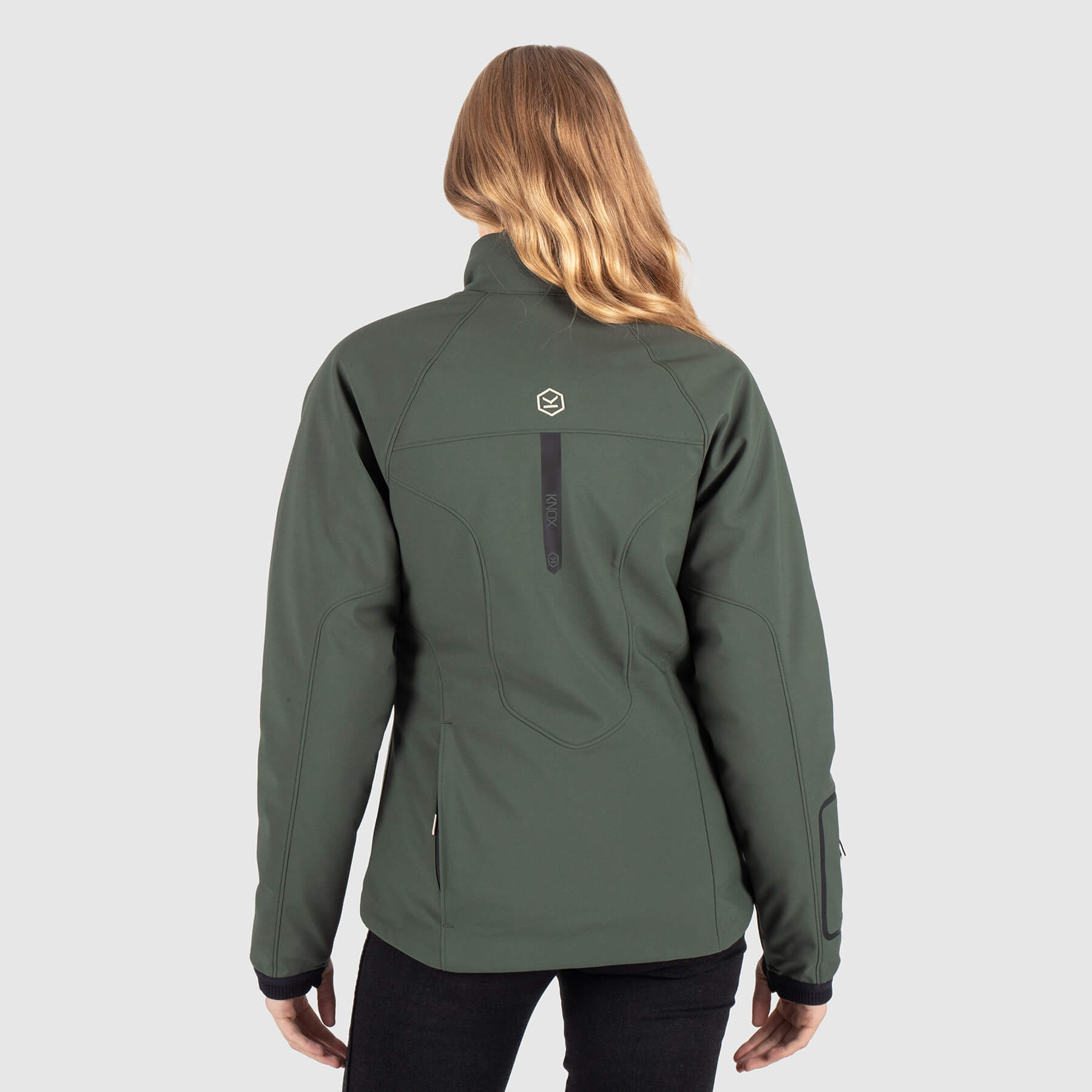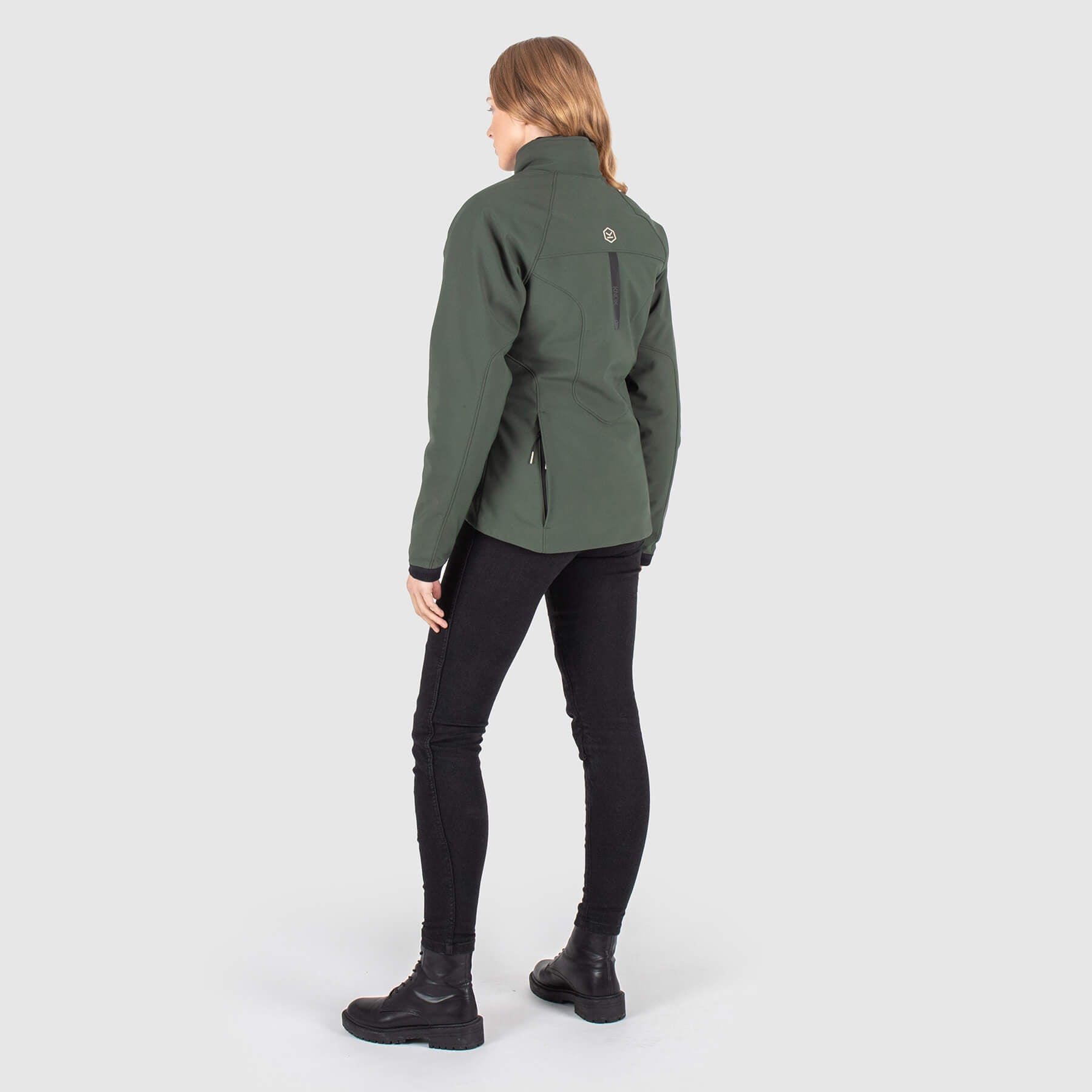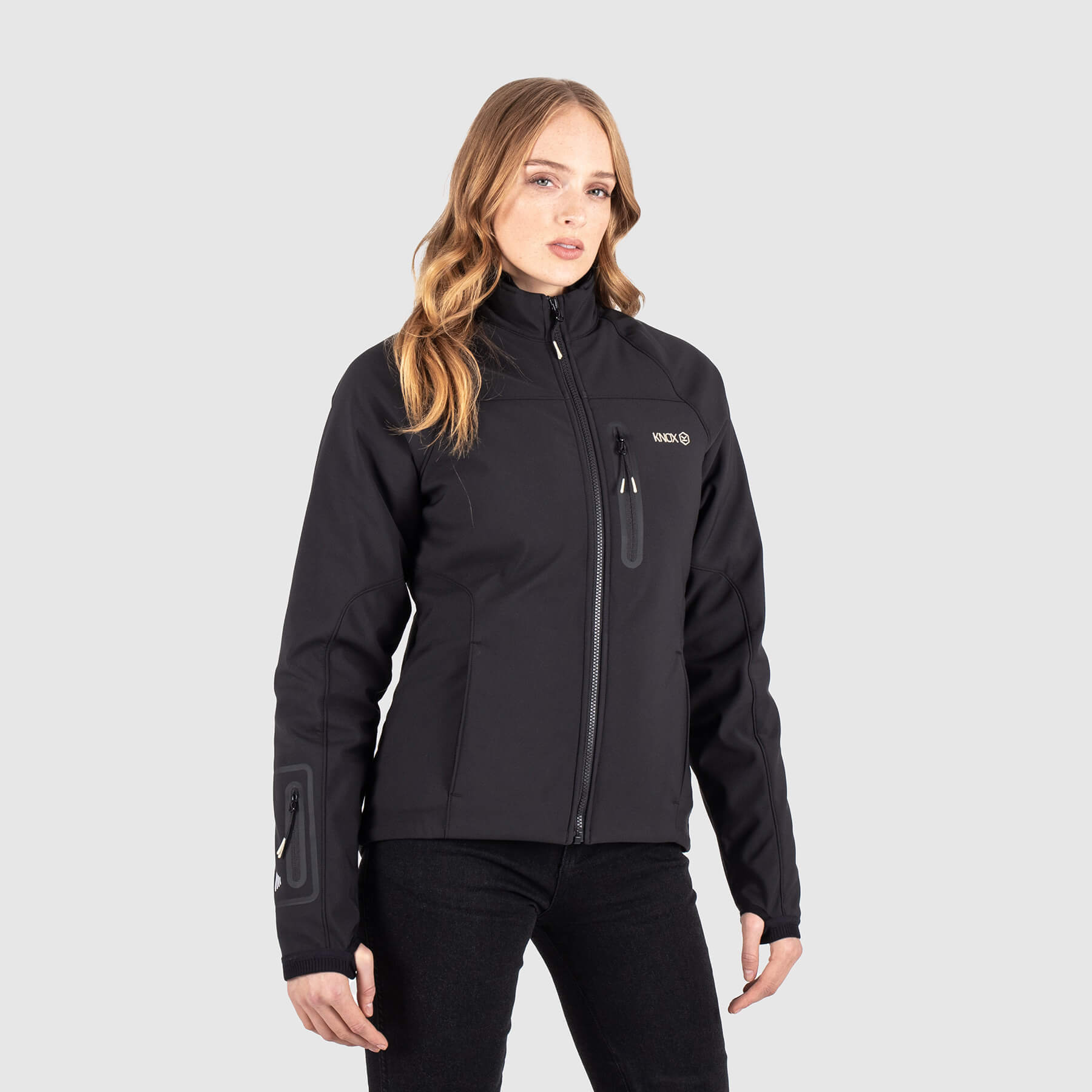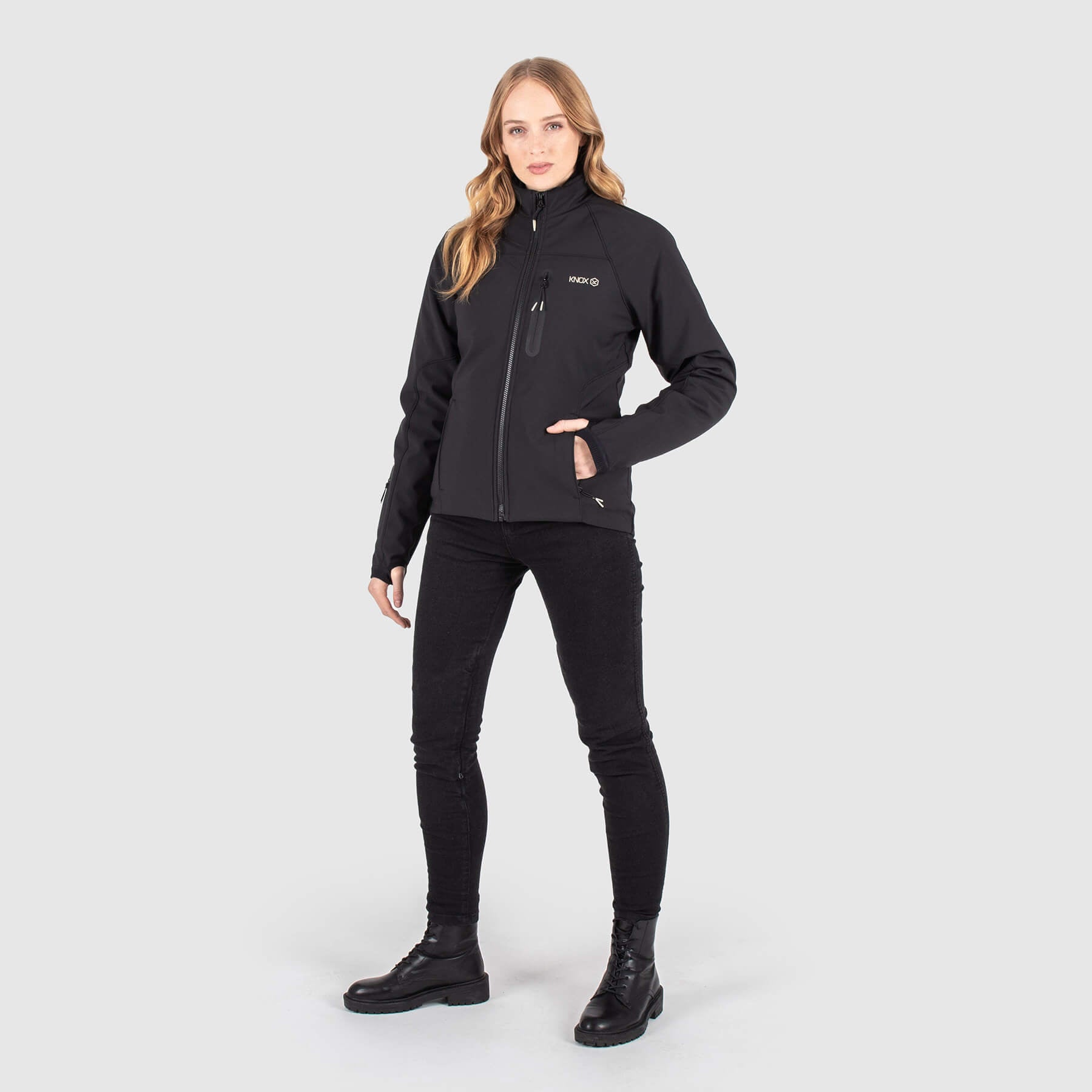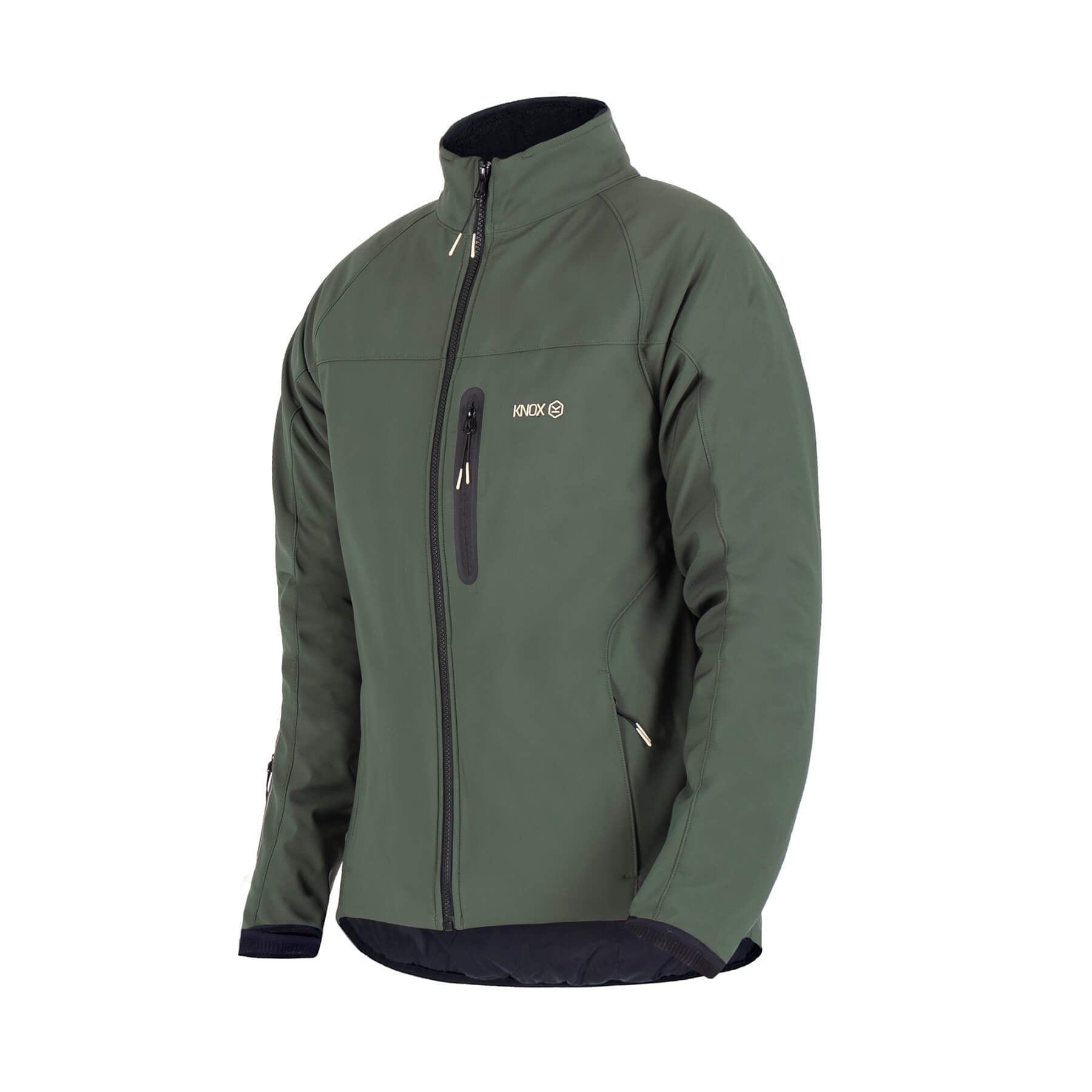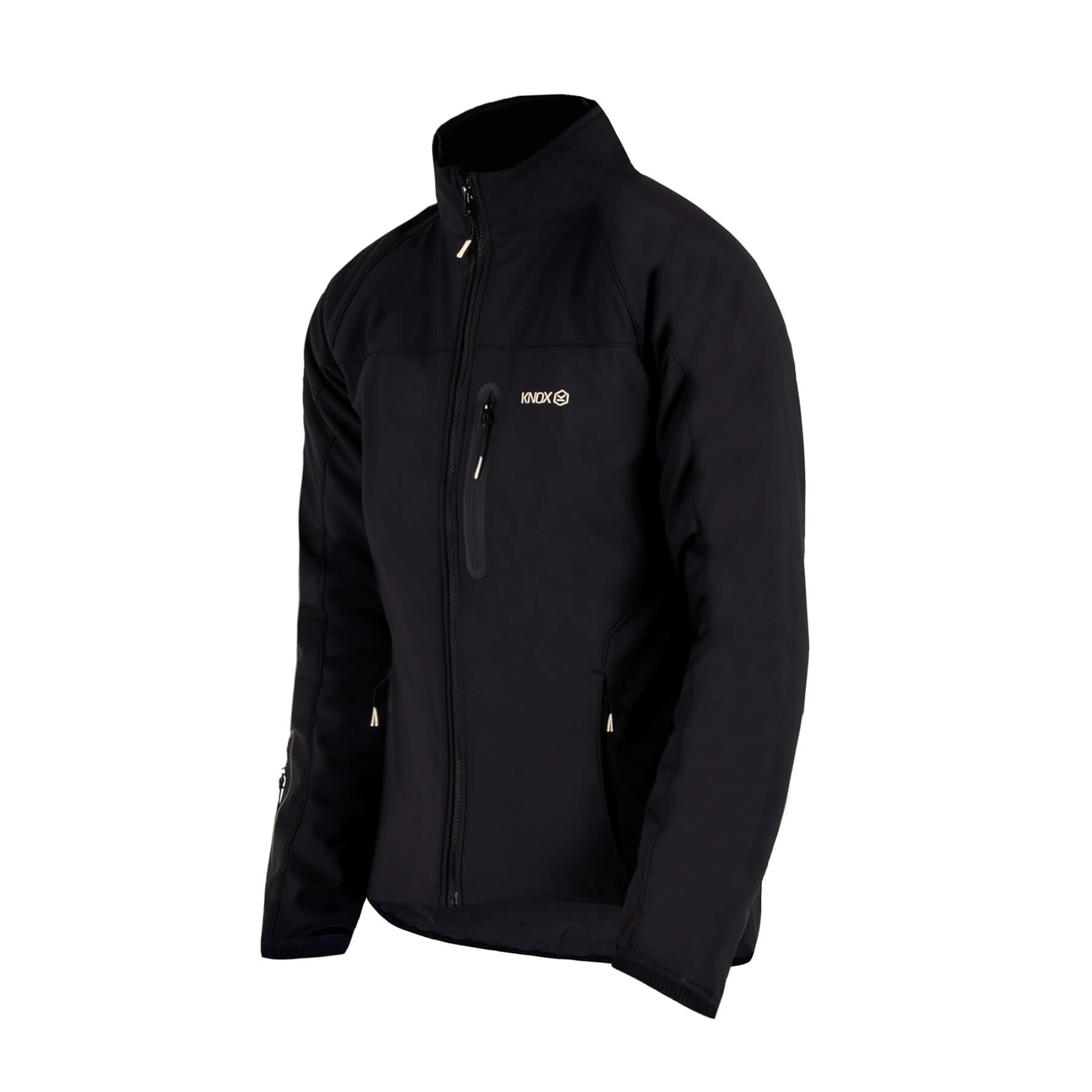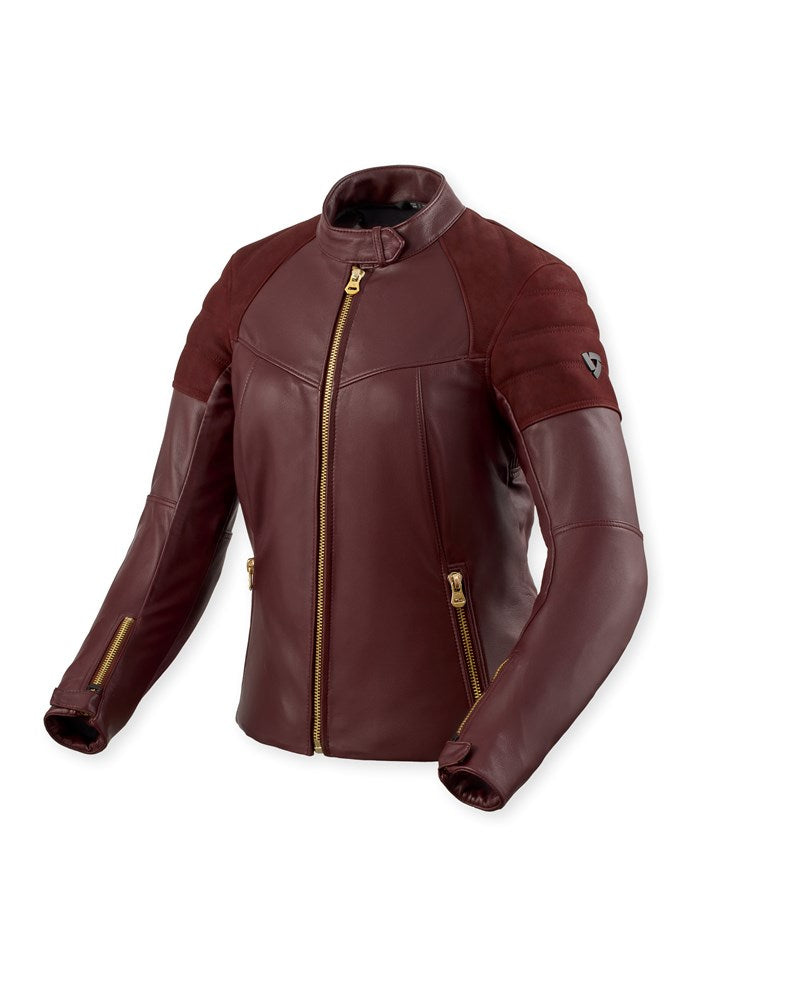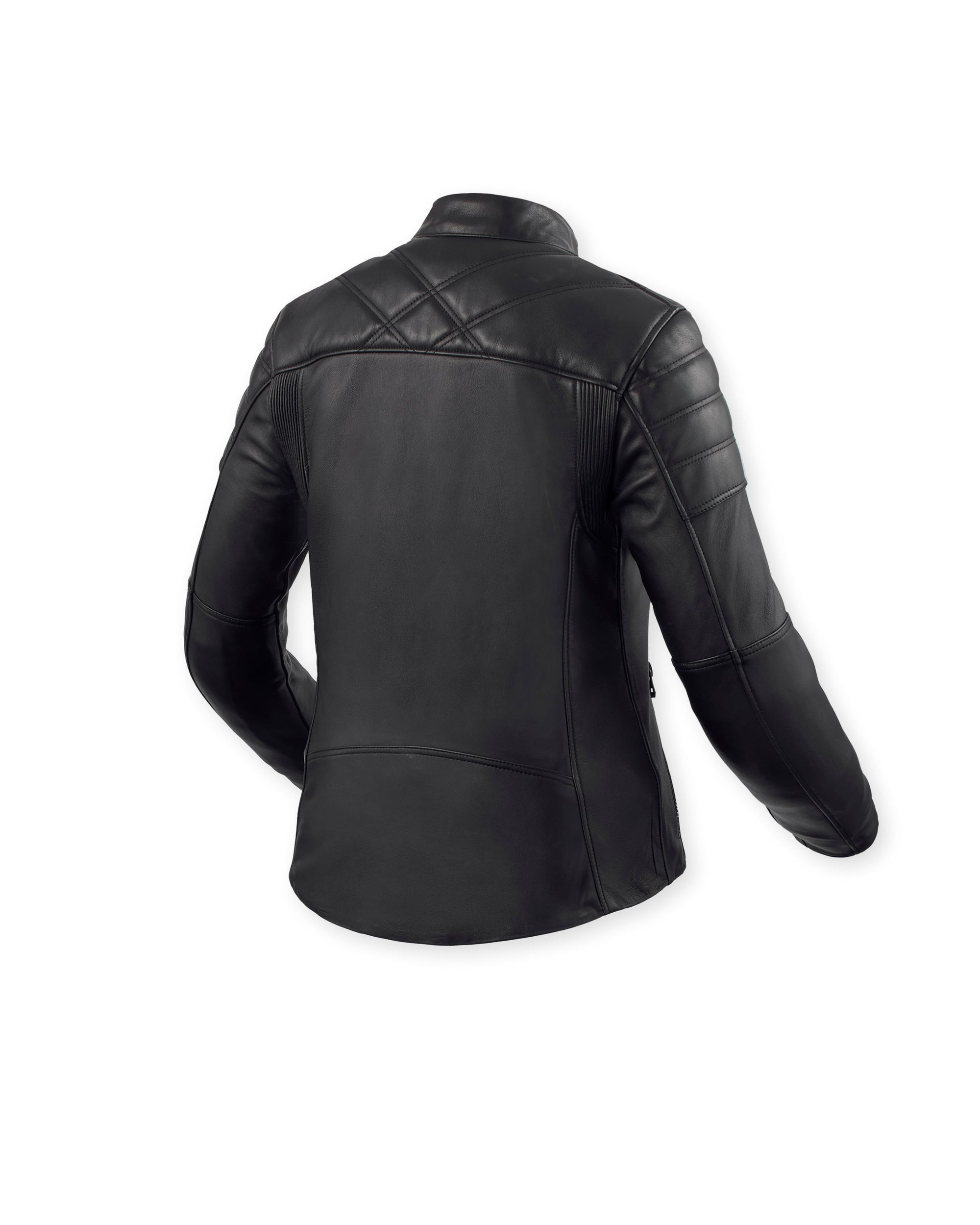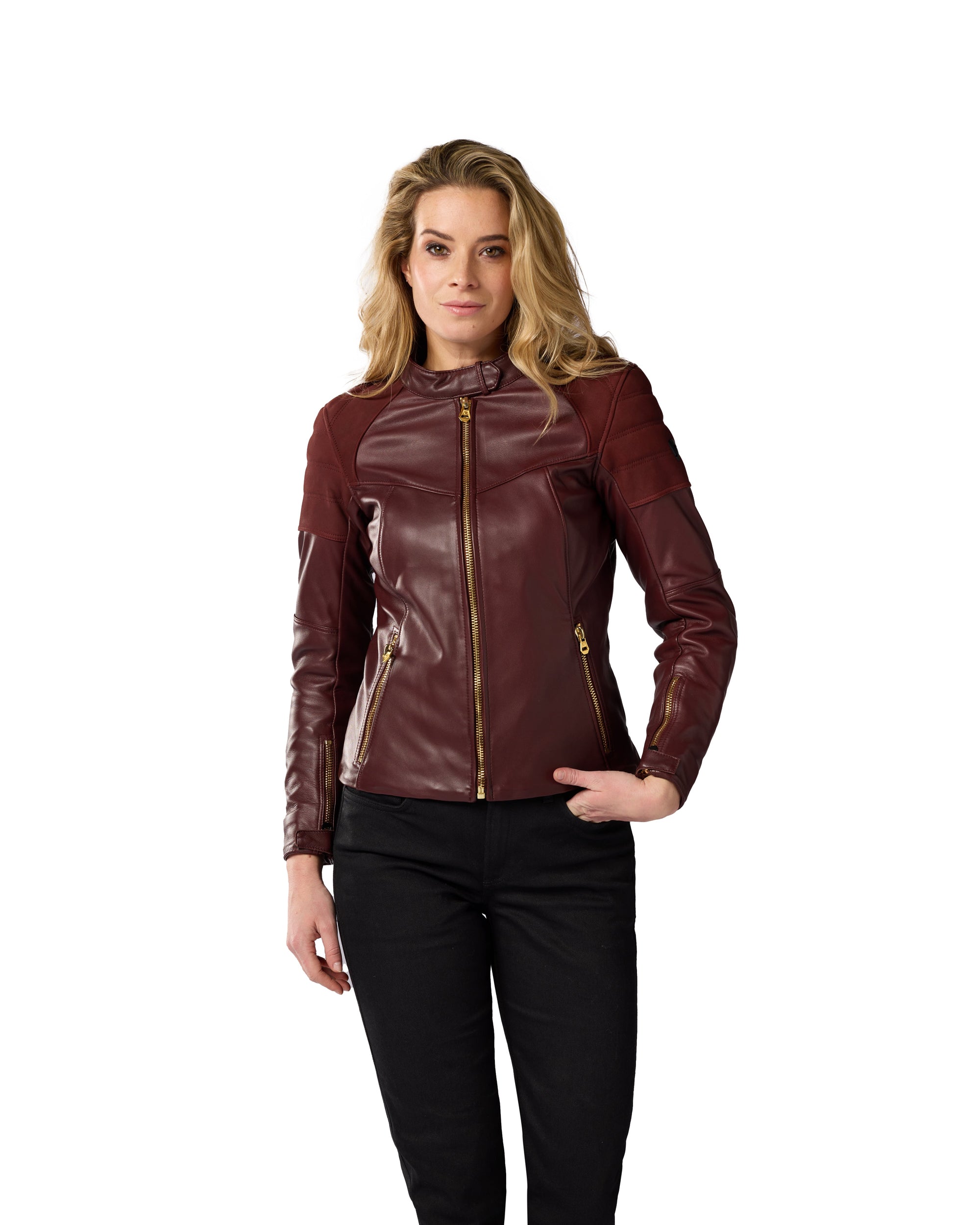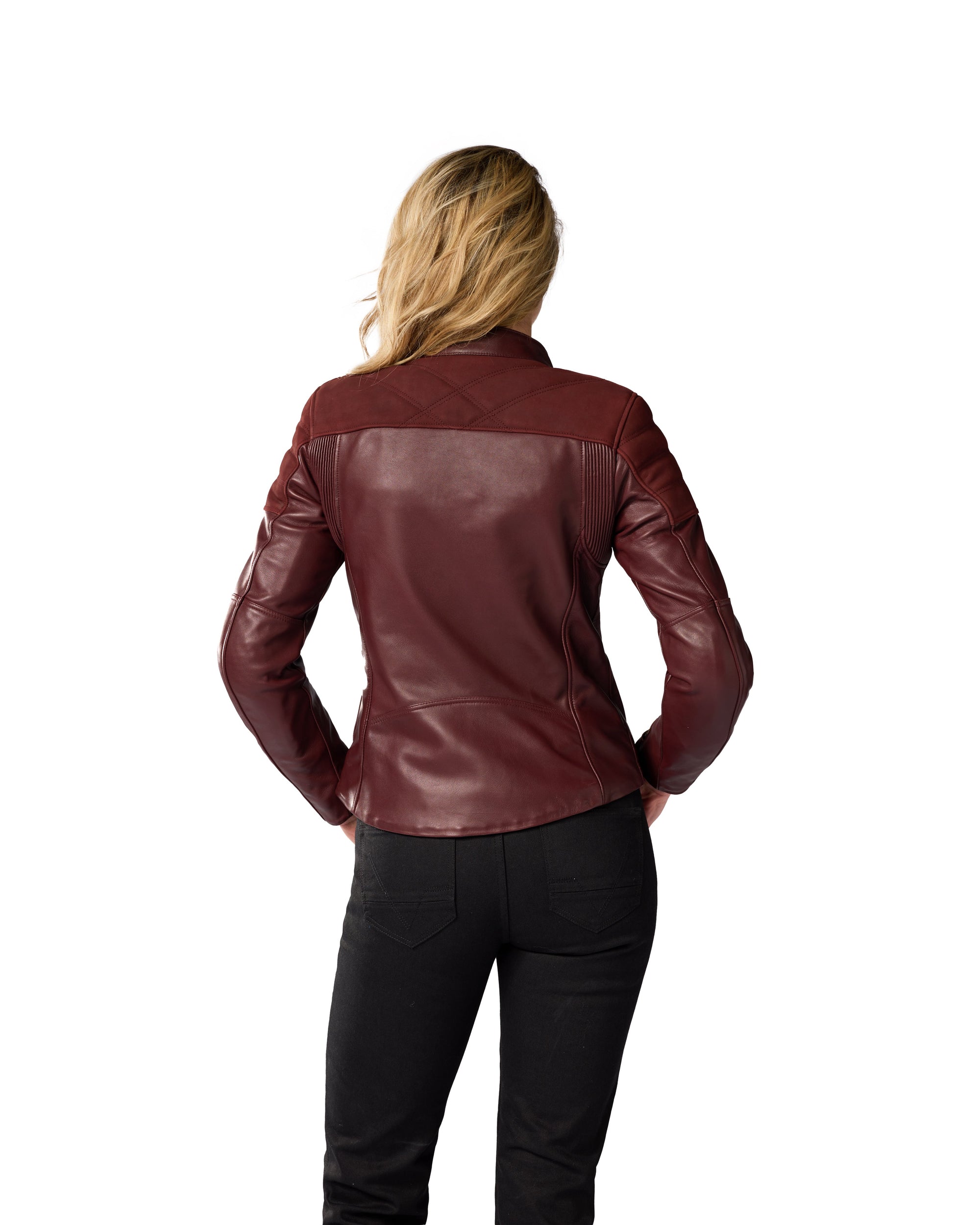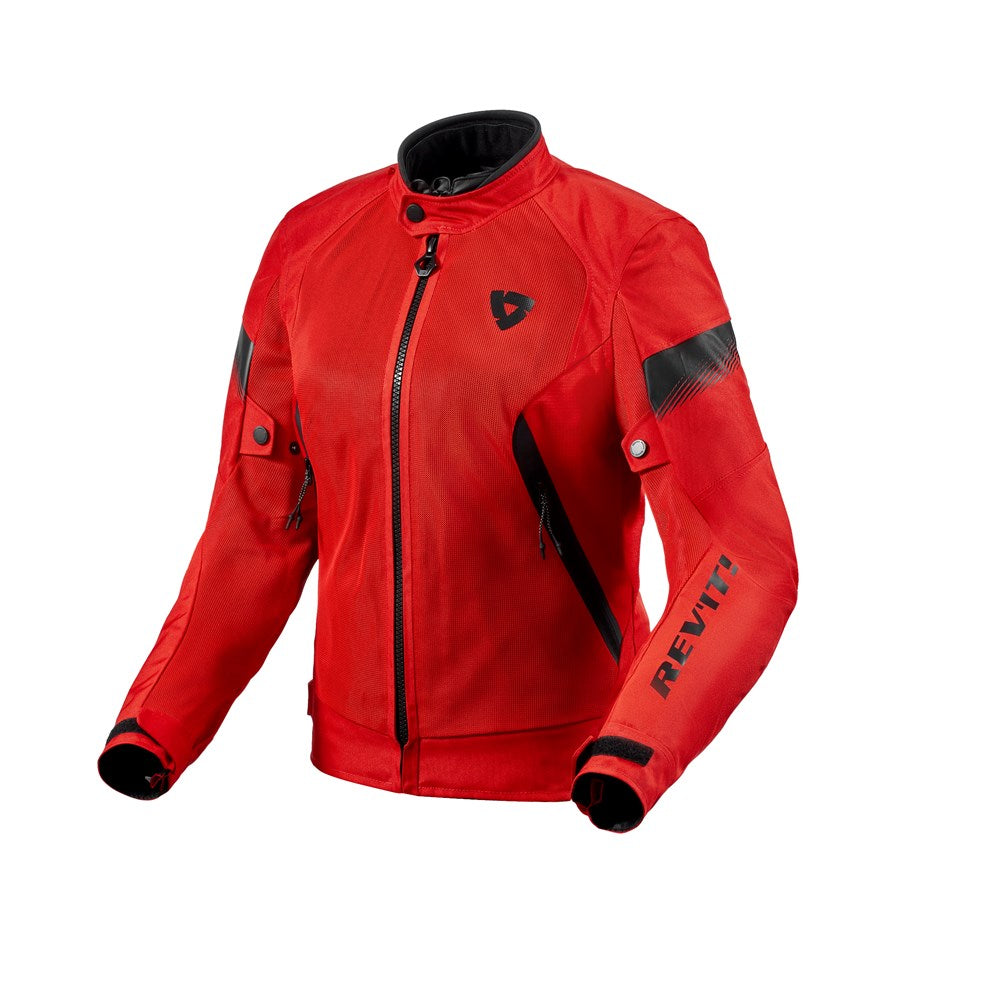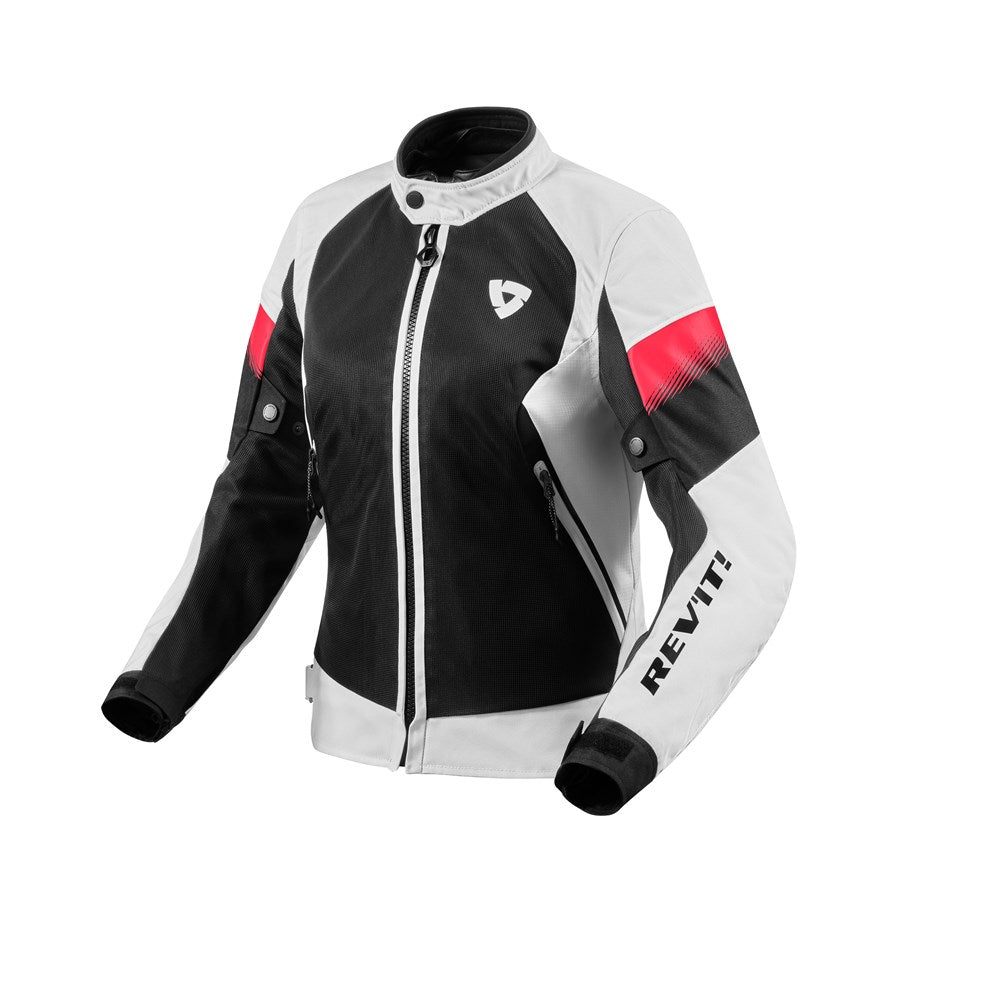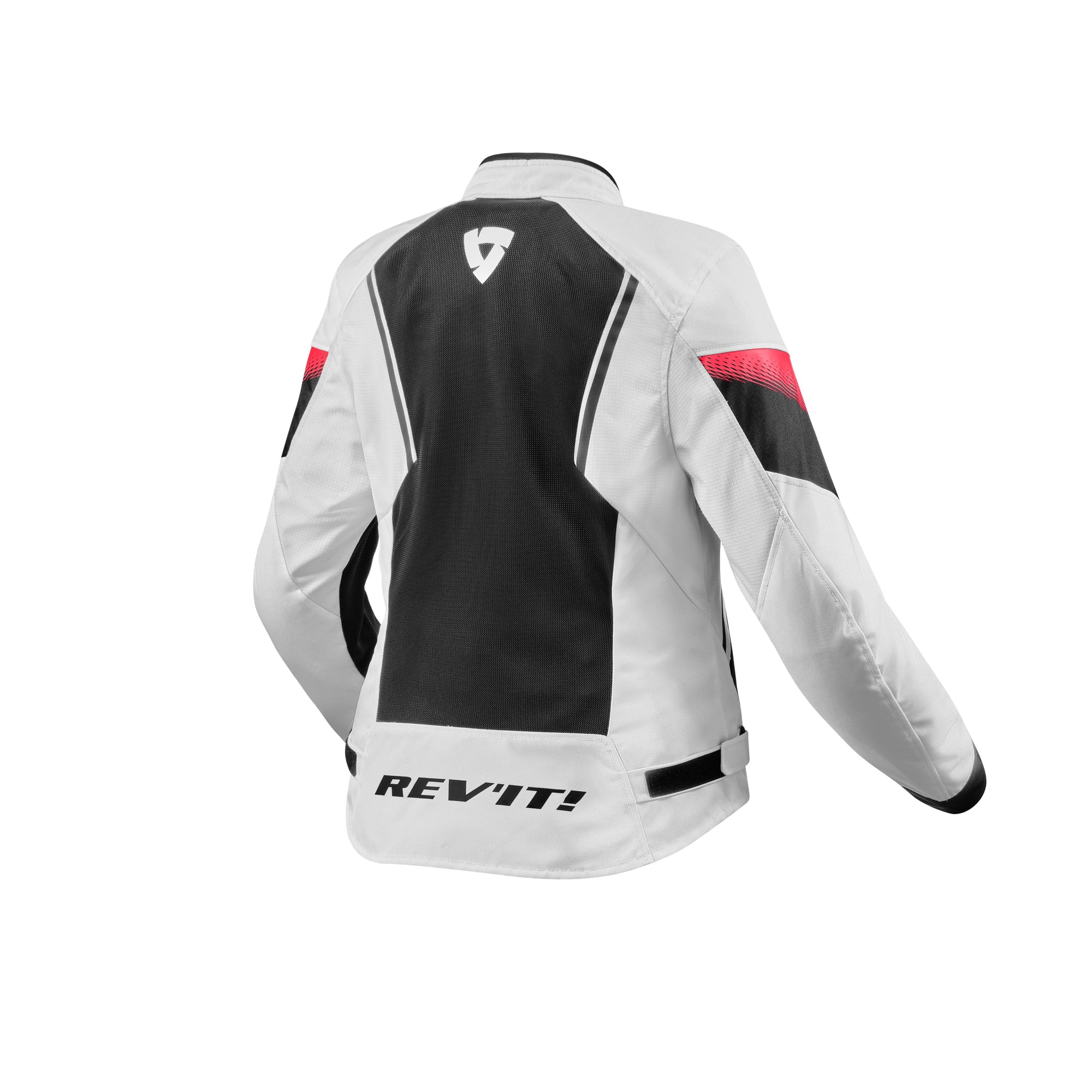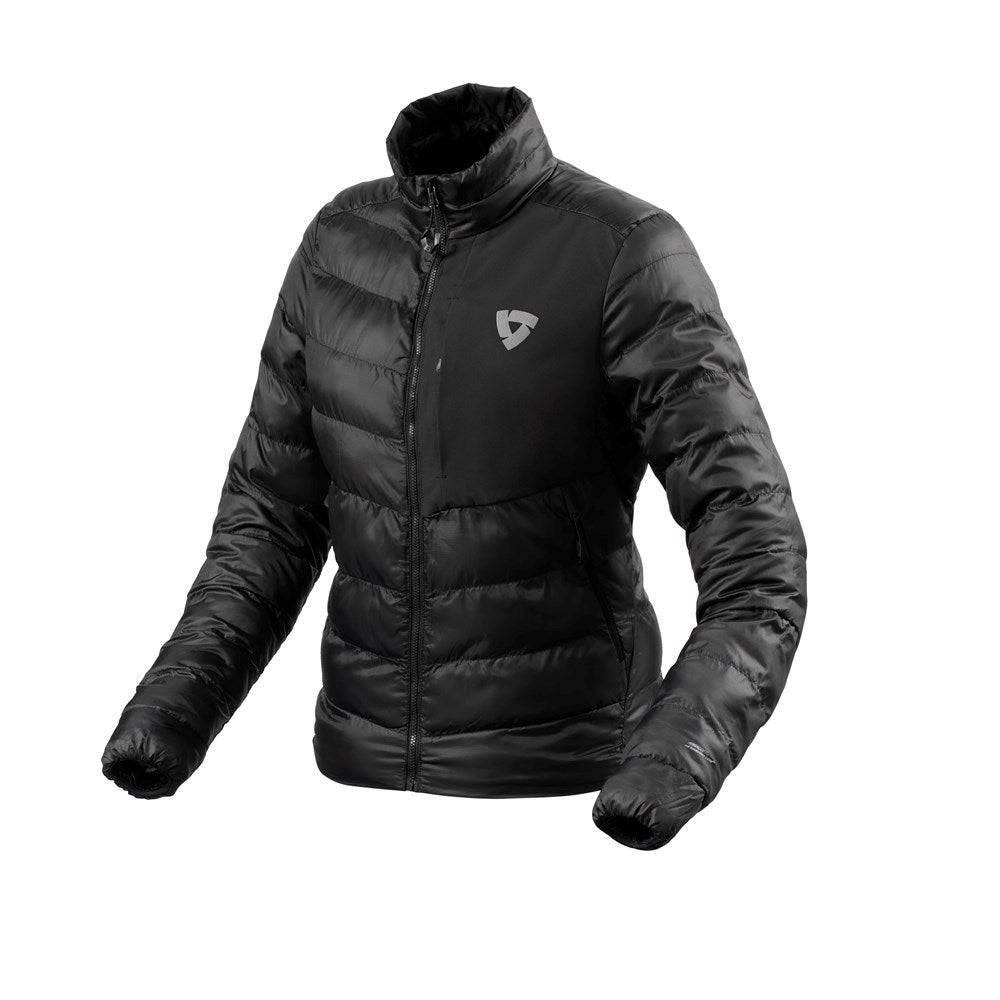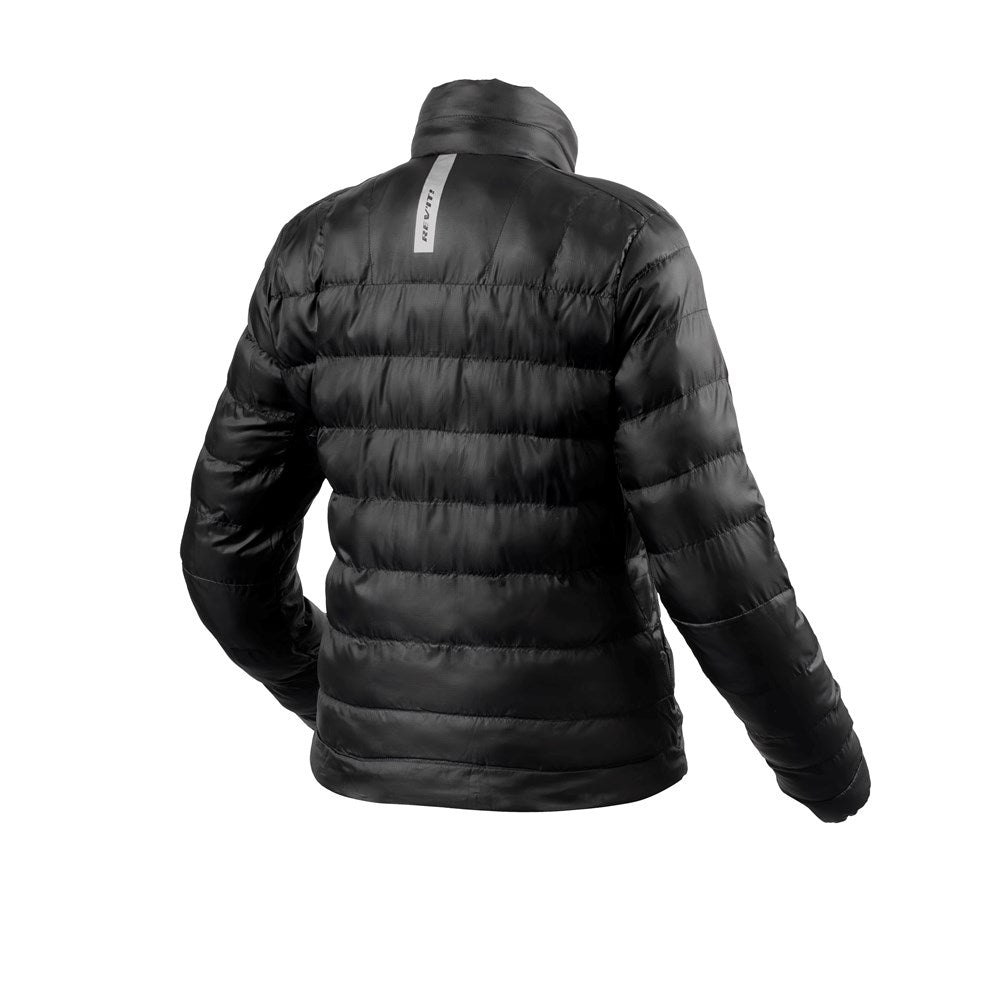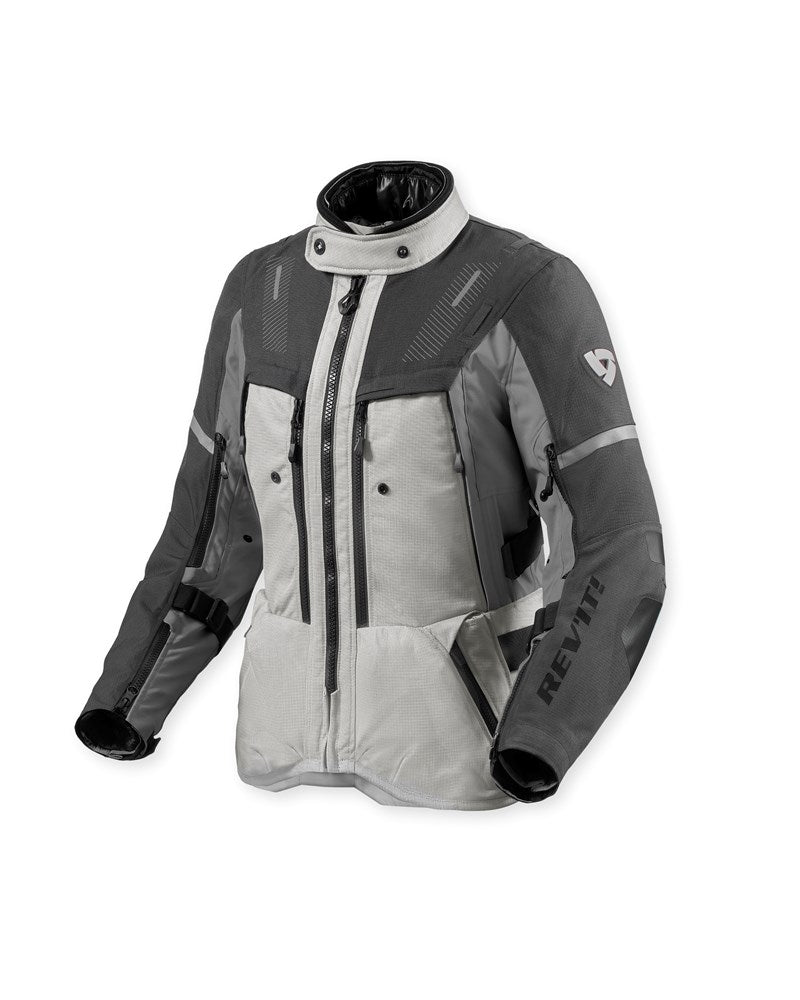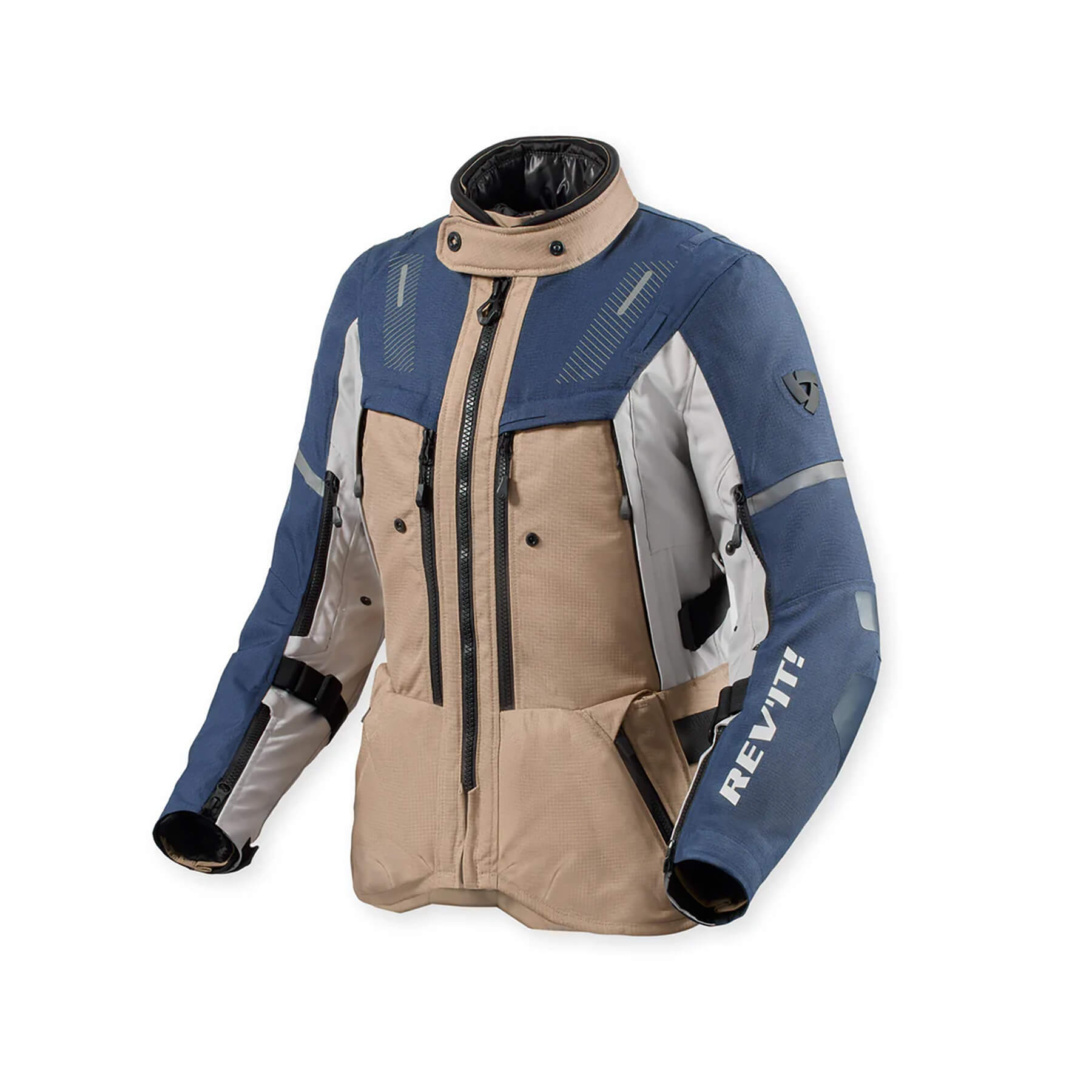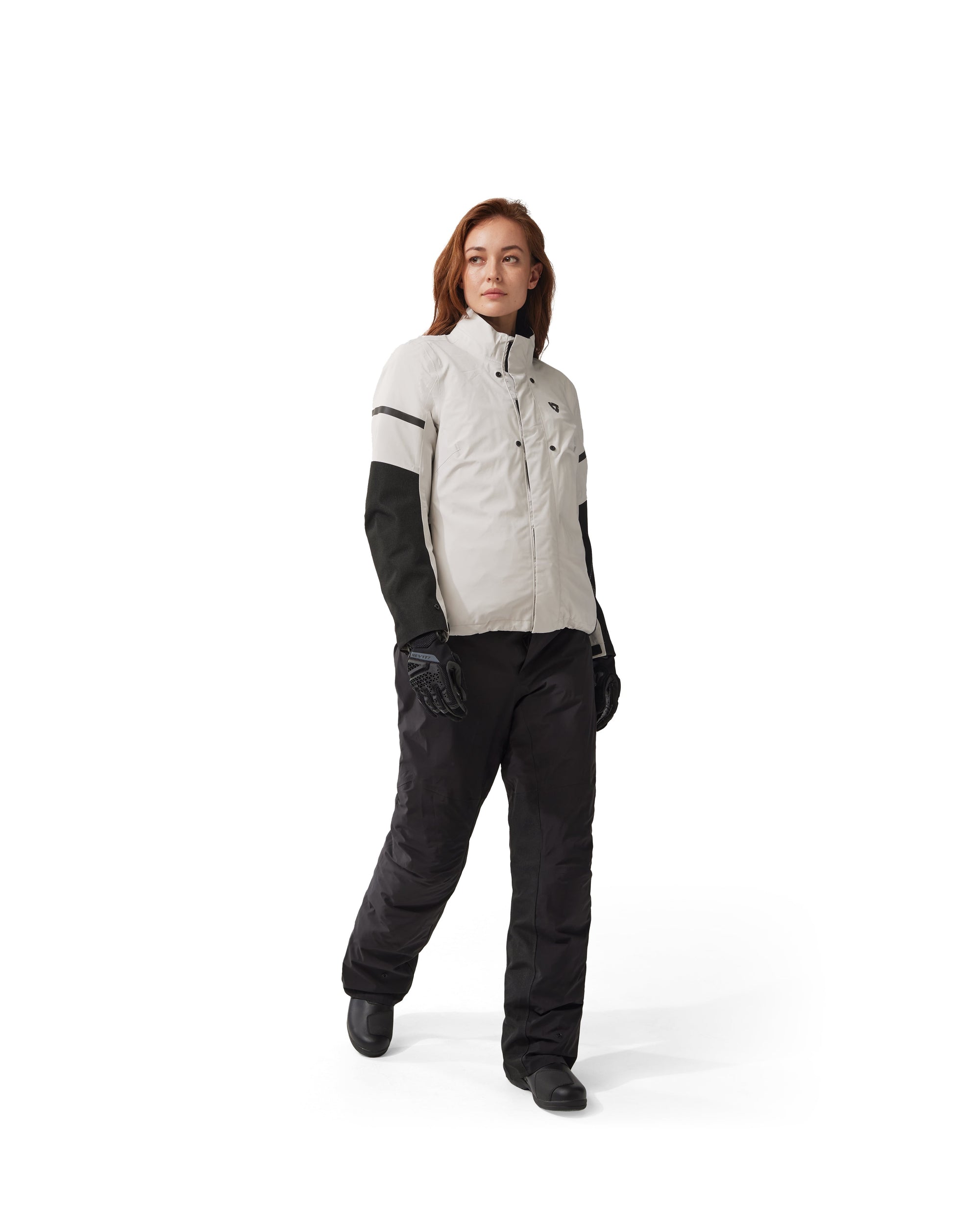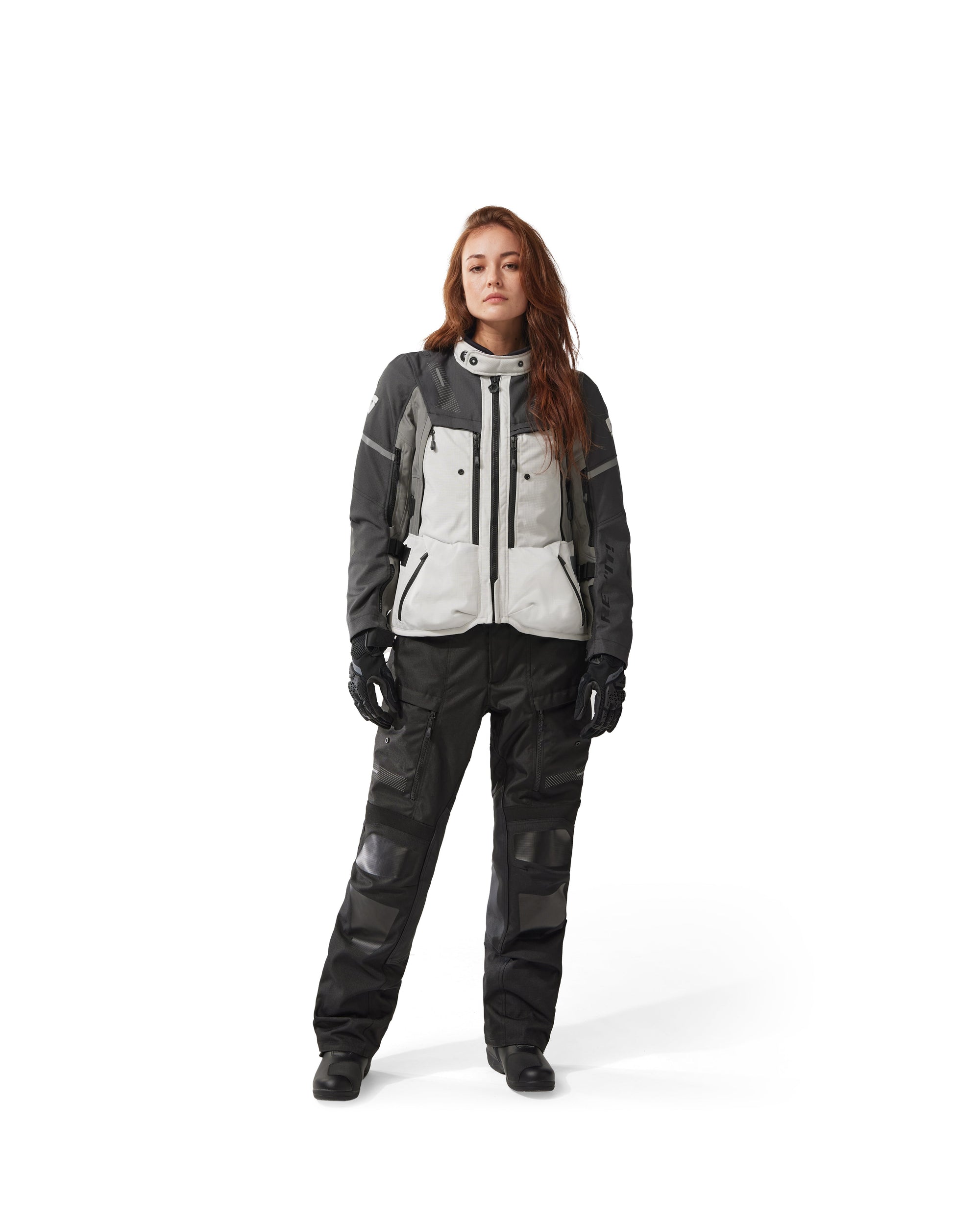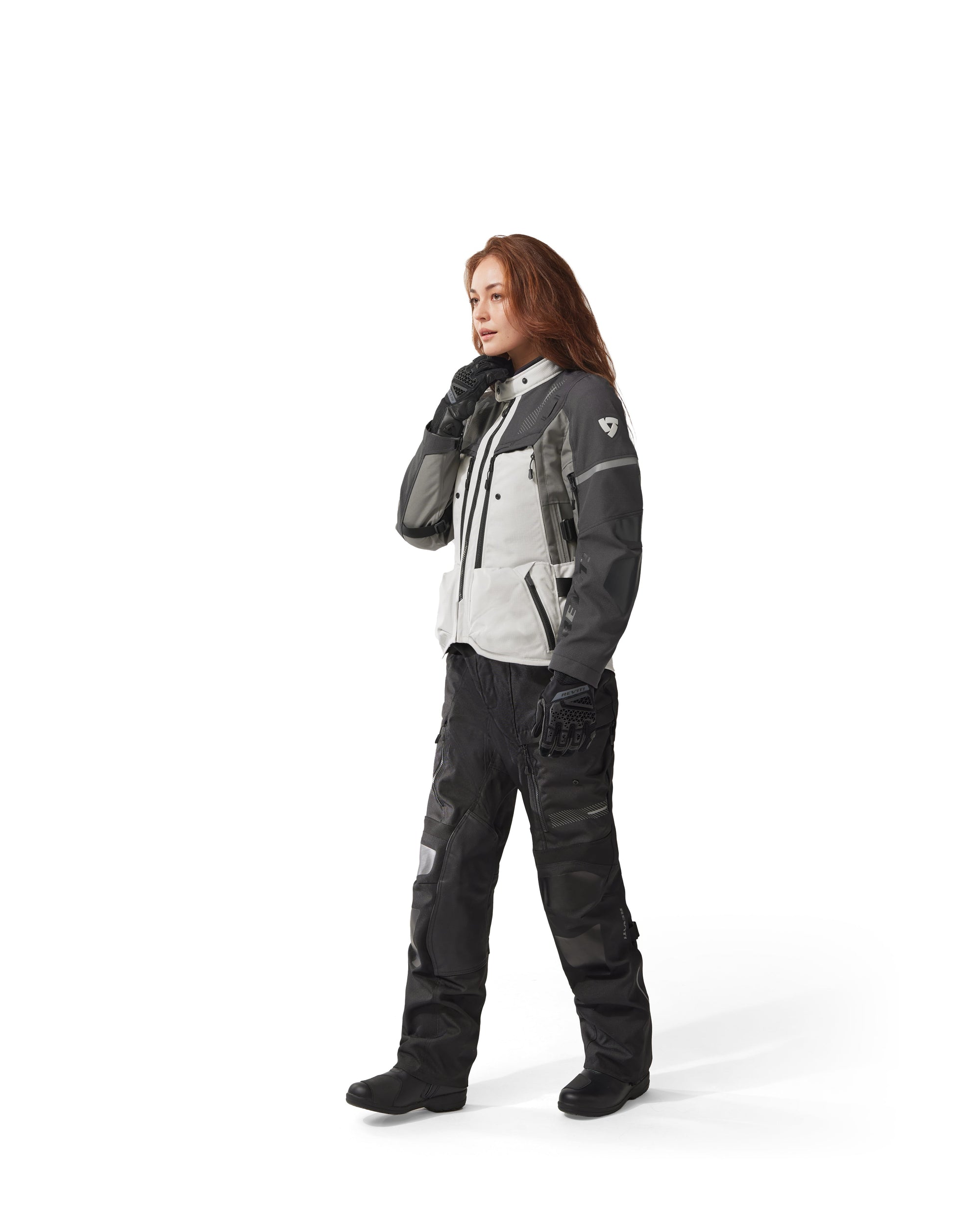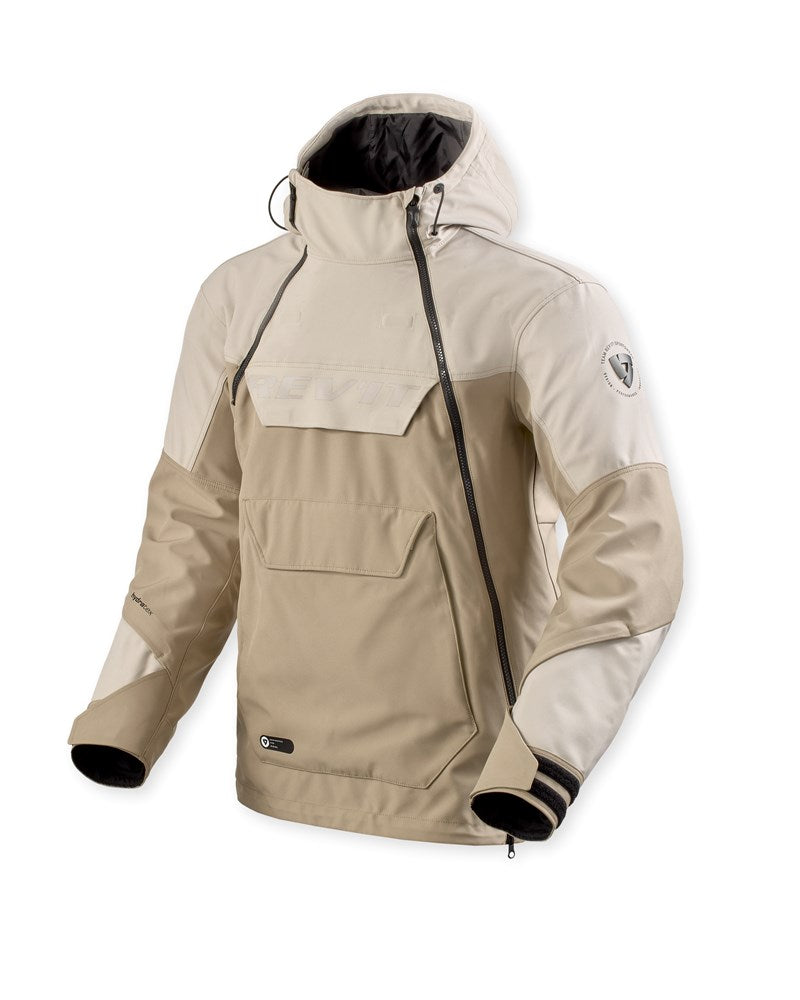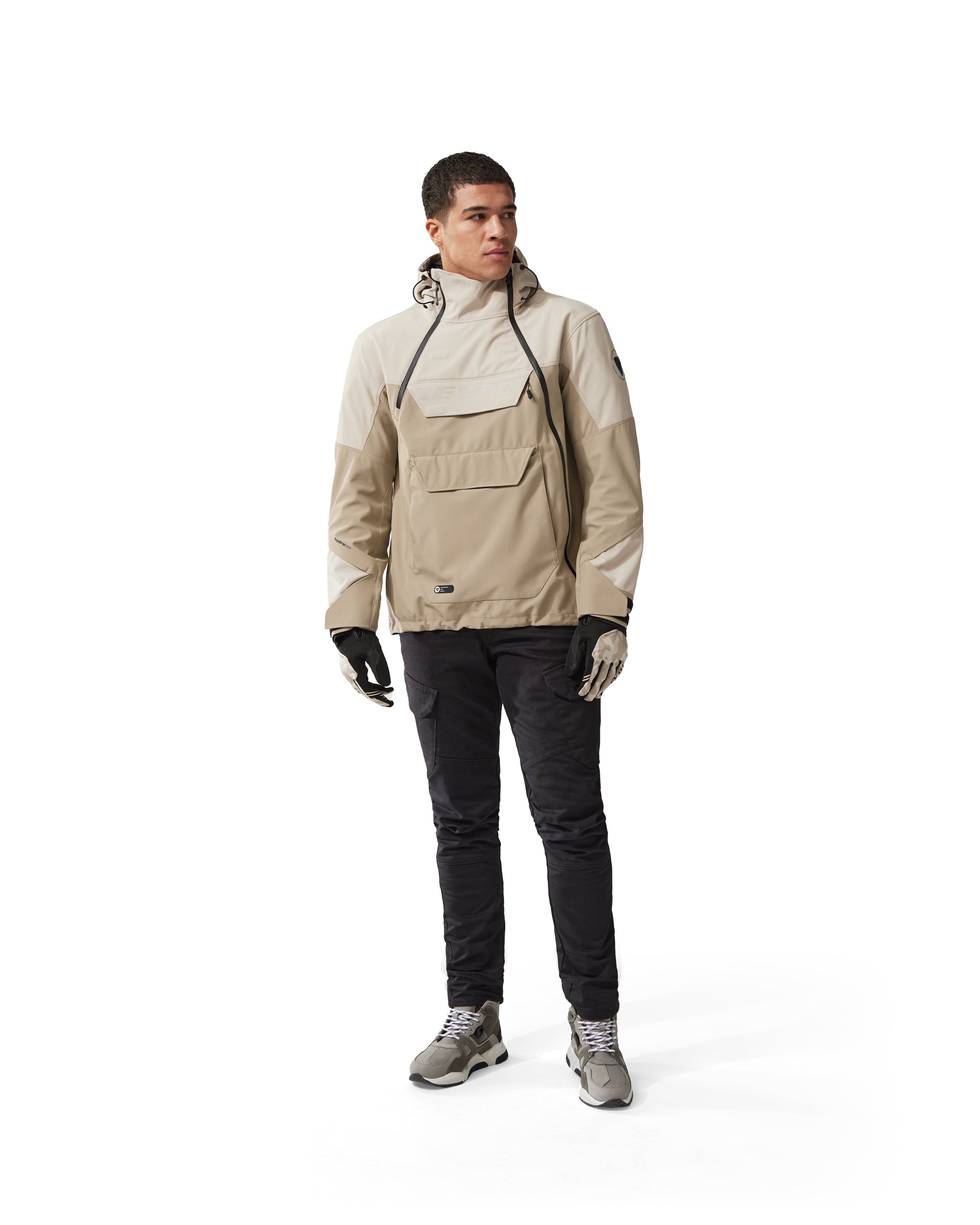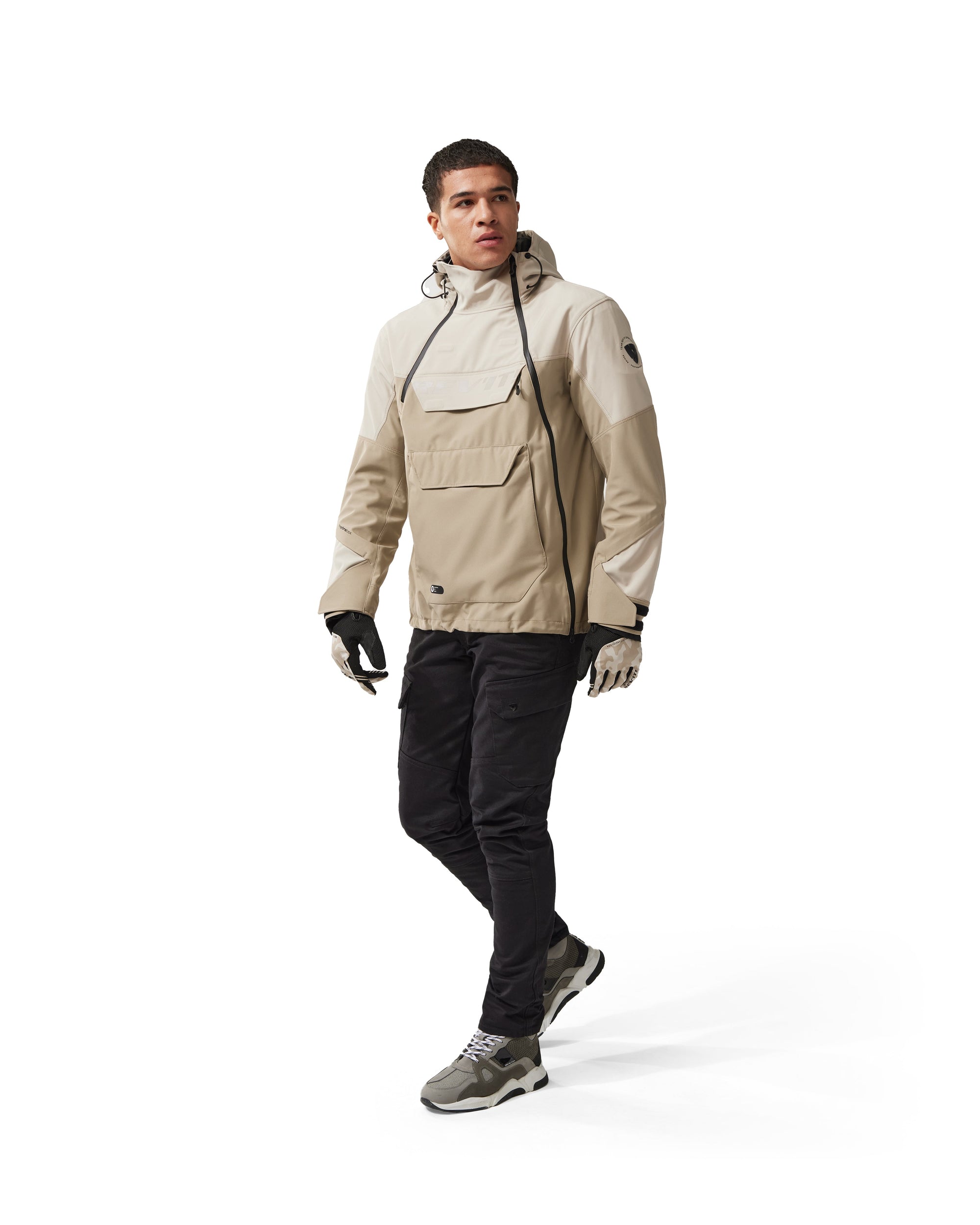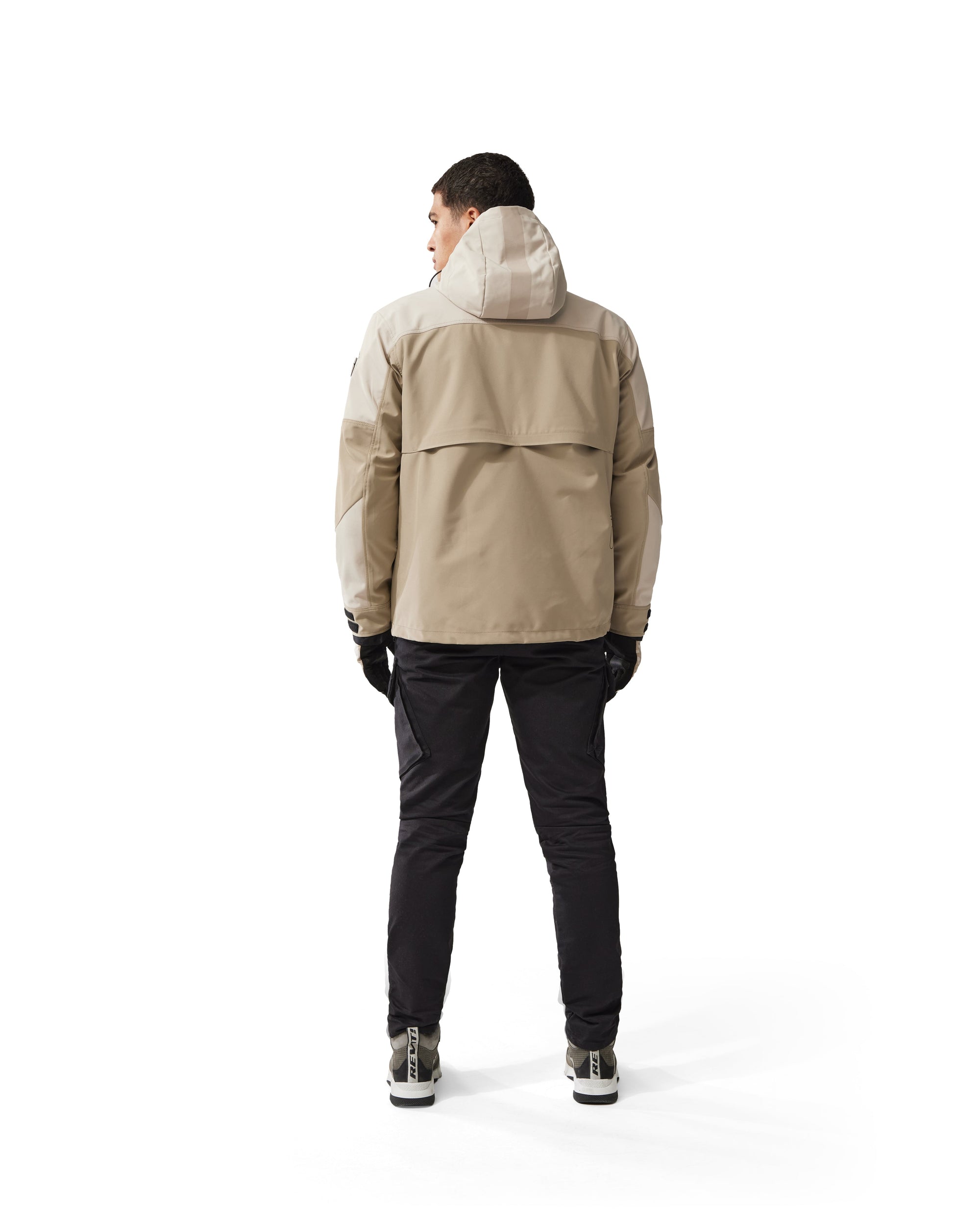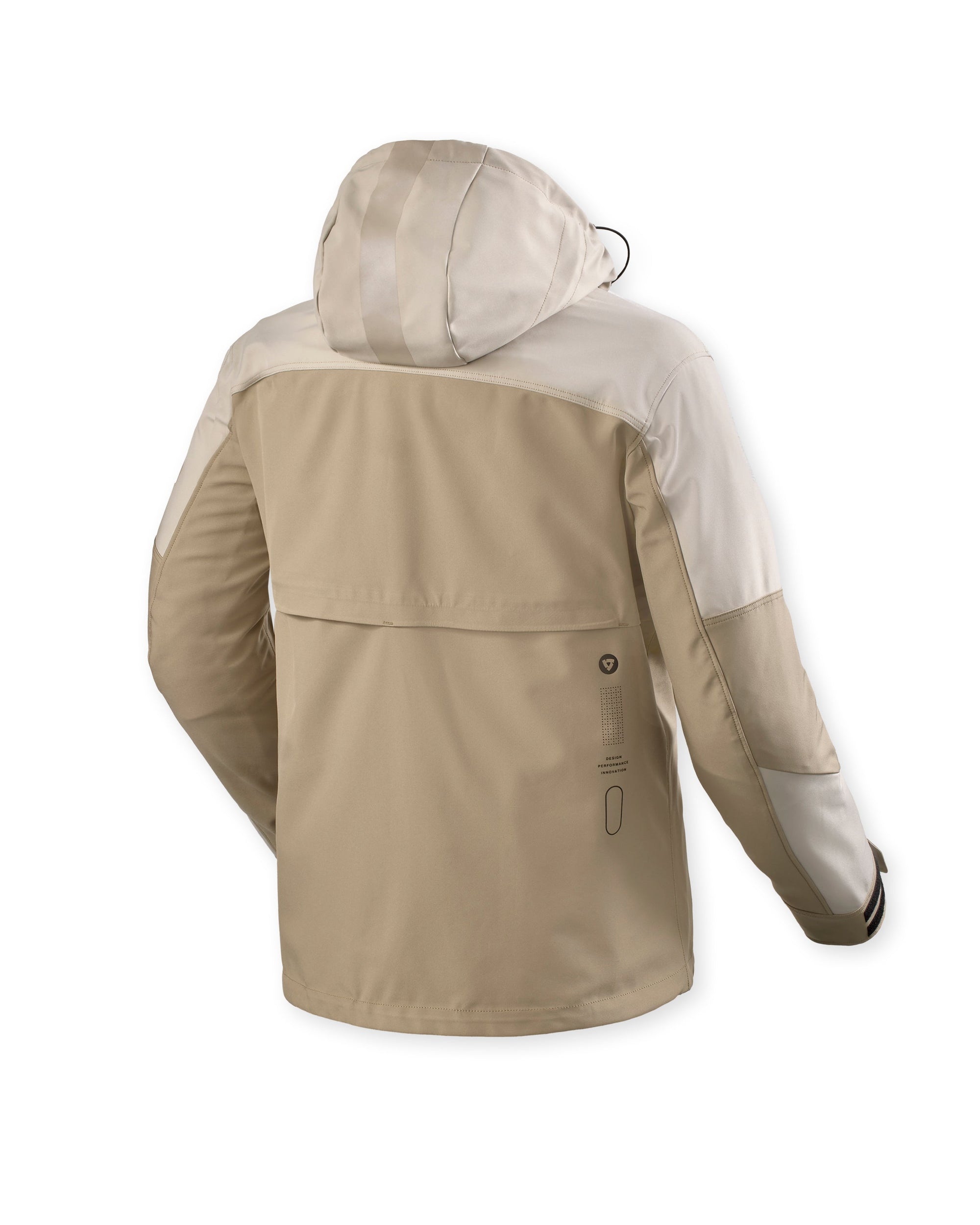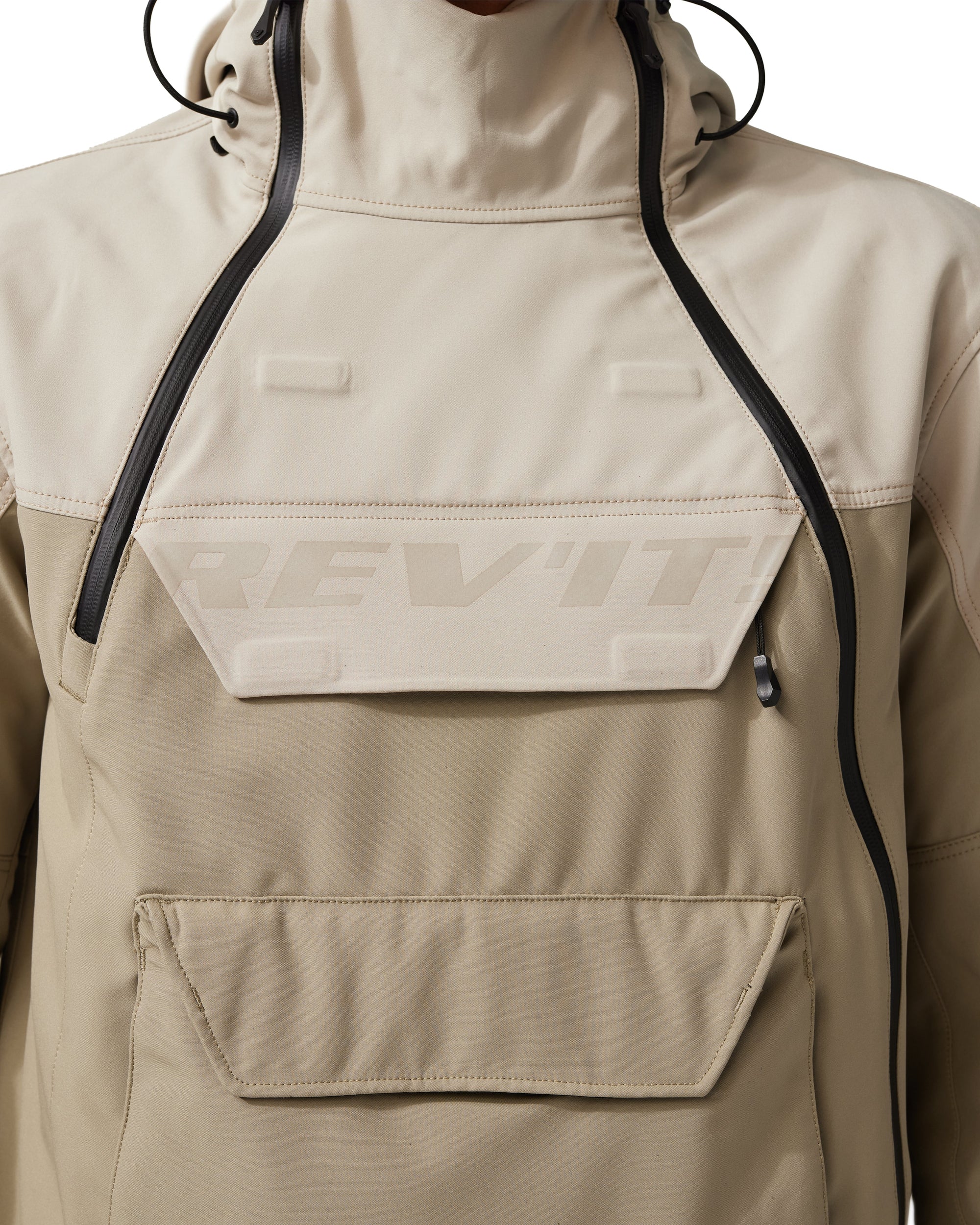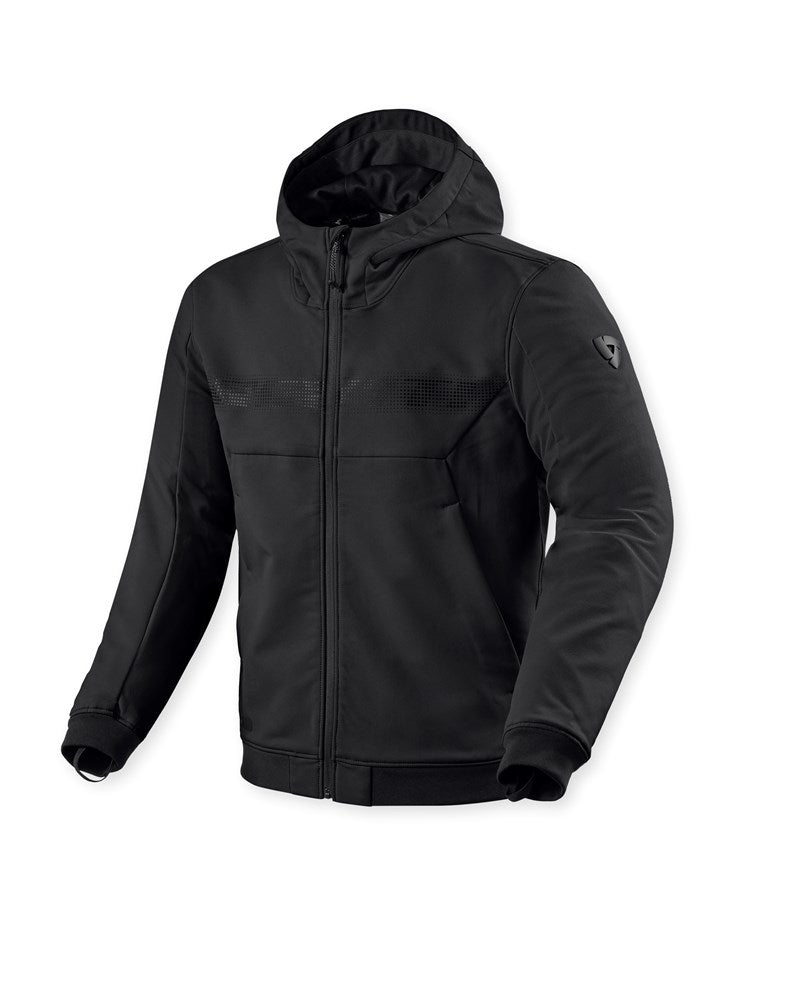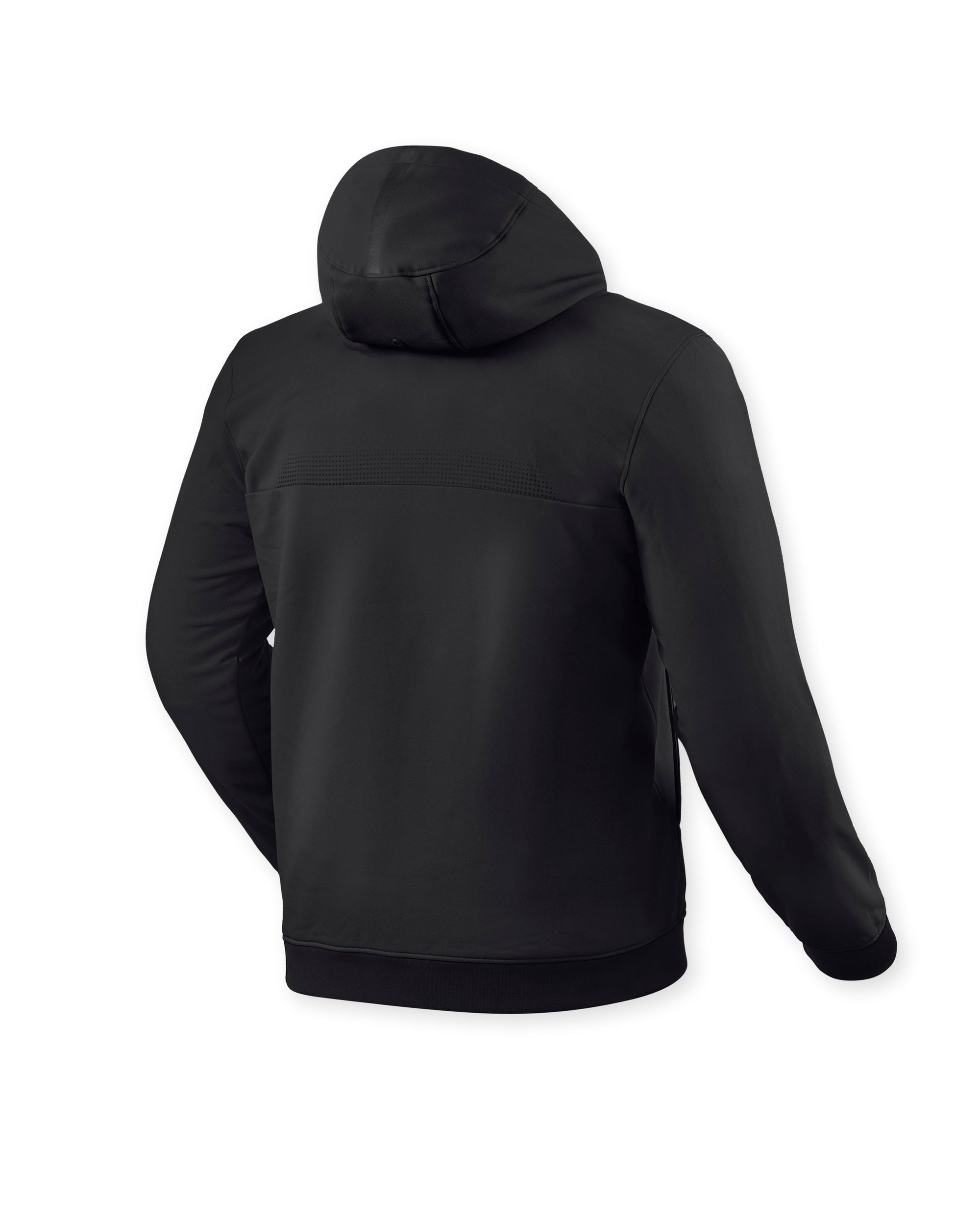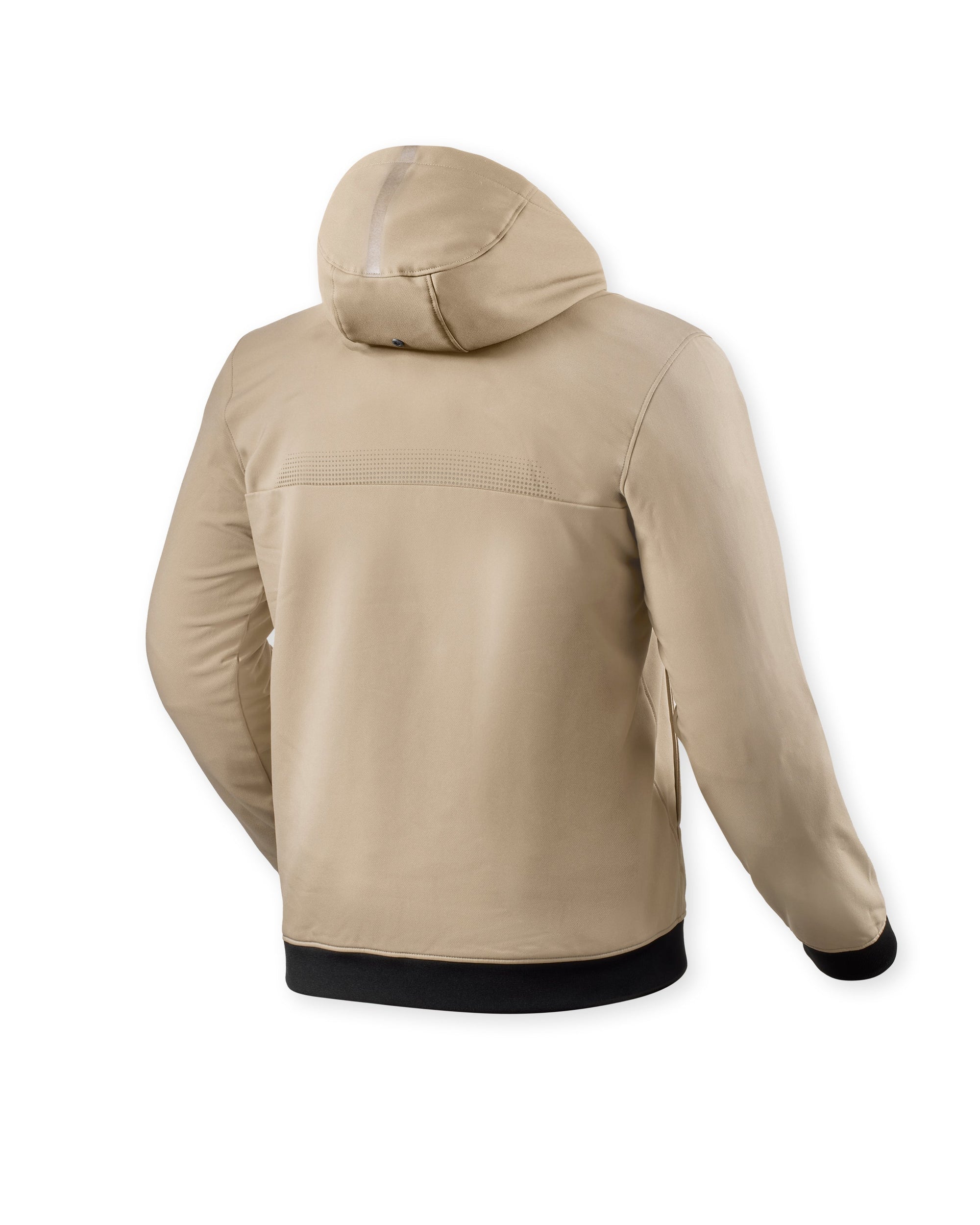Women's Motorcycle Jackets
Women's Motorcycle Jackets
Saros WB Jacket
Saros WB Jacket
2 colors available
Solar 3 Jacket
Solar 3 Jacket
1 color available
Liv Ladies Leather Jacket
Liv Ladies Leather Jacket
1 color available
Smock Barrier Unisex
Smock Barrier Unisex
1 color available
Fremantle Jacket
Fremantle Jacket
1 color available
Lamina GTX Ladies Jacket
Lamina GTX Ladies Jacket
1 color available
Proteus Jacket Protector
Proteus Jacket Protector
1 color available
Trail Vest
Trail Vest
1 color available
Margo Moto Shirt
Margo Moto Shirt
1 color available
Solar 3 Ladies Jacket
Solar 3 Ladies Jacket
1 color available
Altair H2O Jacket
Altair H2O Jacket
1 color available
-
- 1
- 2
-
AUSTRALIAN SHIPPING
We offer FREE shipping within Australia on orders over $250 AUD.
For Australian orders less than $250 AUD, we charge a flat rate of $10.
Express Post is available at $20.
We ship using Australia Post.
INTERNATIONAL SHIPPING
We also ship internationally to all corners of the earth, including the USA, Canada, UK, Asia, Europe, and more.
Use our Shipping Estimator after adding everything to your cart, to find out the shipping cost to your country.
You'll be responsible for any import duties charged by your country.
For most products, you'll see the availability of each variant above the Buy button.
If your item is showing as backordered, this means that we do not have that variant on-hand in our store.
If you order a backordered item, we will order it in from the supplier.
If the item is backordered with the supplier as well (which rarely happens) we will be in contact with an estimated restock date.
Please allow 7-10 days for your backordered item to be dispatched from our store.
If you need the item by a particular date, please understand that there are factors outside of our control that affect arrival times of backorders.
Please email us if you're ever unsure so that we can advise of an appropriate alternative.
Dispatch of In-Stock Items
Dispatch of any goods we have in stock is generally within 24-48 hours with exceptions for public holidays.
Dispatch of Backordered Items
Assuming the supplier has the item in stock, here are the following timelines for each brand, from the day you place an order with us. We included the location where each brand is based.
MotoGirl / MotoBull (UK): 7-10 days
REV'IT! (Sydney, AUS): 1-3 days
AGV and TCX (Melbourne, AUS): 2-3 days
Camino Motorwear (Sydney, AUS): 2-5 days
Nemean Clothing (Melbourne, AUS): 1-3 days
Black Arrow Moto (Hobart, AUS): 5-7 days
We are committed to your satisfaction. If you need to exchange or refund, you can do so within 30 days of purchase.
All items need to be in brand new condition with tags, armour (if applicable) and all relevant packaging.
The buyer is responsible for the cost of shipping back to us.
Please note we cannot exchange or refund the following items:
- All clearance items
- Helmets
- Bike maintenance products such as Motul or Muc-Off cleaners, lubes, and oil
At Peak Moto, we've made concerted efforts to ensure that our product images accurately represent their true colors.
Due to the inherent variability of our screens and the subjective nature of perception, we cannot guarantee that the colour you perceive on your screen perfectly matches the actual hue of the product.
To back up the quality of the products we stock, we offer a 12-month warranty on all products in our store from the date of purchase, even if the manufacturer's warranty is shorter.
We'll need photos of the item and details of what happened to cause it.
Manufacturing defects include unravelling stitching, stuck or broken zippers, or premature detaching of parts.
Warranty does not cover discolouration, wear from normal use, normal breakdown of materials, or damaged caused by misuse or a crash.
Everything You Need to Know About Women’s Motorcycle Jackets
we stock a range of all-season women’s motorcycle jackets, including textile, mesh, and leather options. Many of our jackets feature removable thermal liners for colder weather and ventilation panels for hot conditions, ensuring comfort and protection year-round. Whether you need waterproofing for wet rides or airflow for summer, we have the right jacket for your riding style.
The choice between leather and textile depends on your riding needs: Leather jackets provide abrasion resistance, impact protection, and a classic style—ideal for road and cruiser riders. Textile jackets offer versatility, waterproofing, and breathability, making them great for touring and all-weather conditions. At Peak Moto Gear, we offer both options with CE-approved armor and durable materials, so you can ride with confidence.
For the best protection, your jacket should: ✅ Fit snugly without restricting movement ✅ Include CE-approved armor at the shoulders, elbows, and back ✅ Have adjustable straps to ensure a secure fit ✅ Feature a longer back design for full coverage while riding If you need help finding the right fit, check our size charts on each product page or contact our team for guidance.
Most Purchased

The Fiona Jacket is ideal for summer, that little jacket you can grab and go! Constructed from leather and our very...
Buy NowMost Trending
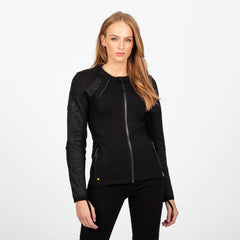
Designed to be worn on its own in hot weather with No Jacket Required, the Urbane Pro Mk3 is the...
Buy NowOur Favourite
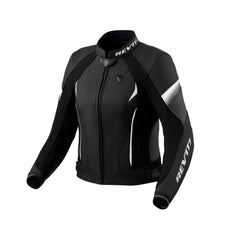
Street-oriented, full-leather, figure-hugging, women’s sport jacket Never change a winning team, right? Well, we don’t necessarily think that’s true. Building...
Buy Now
